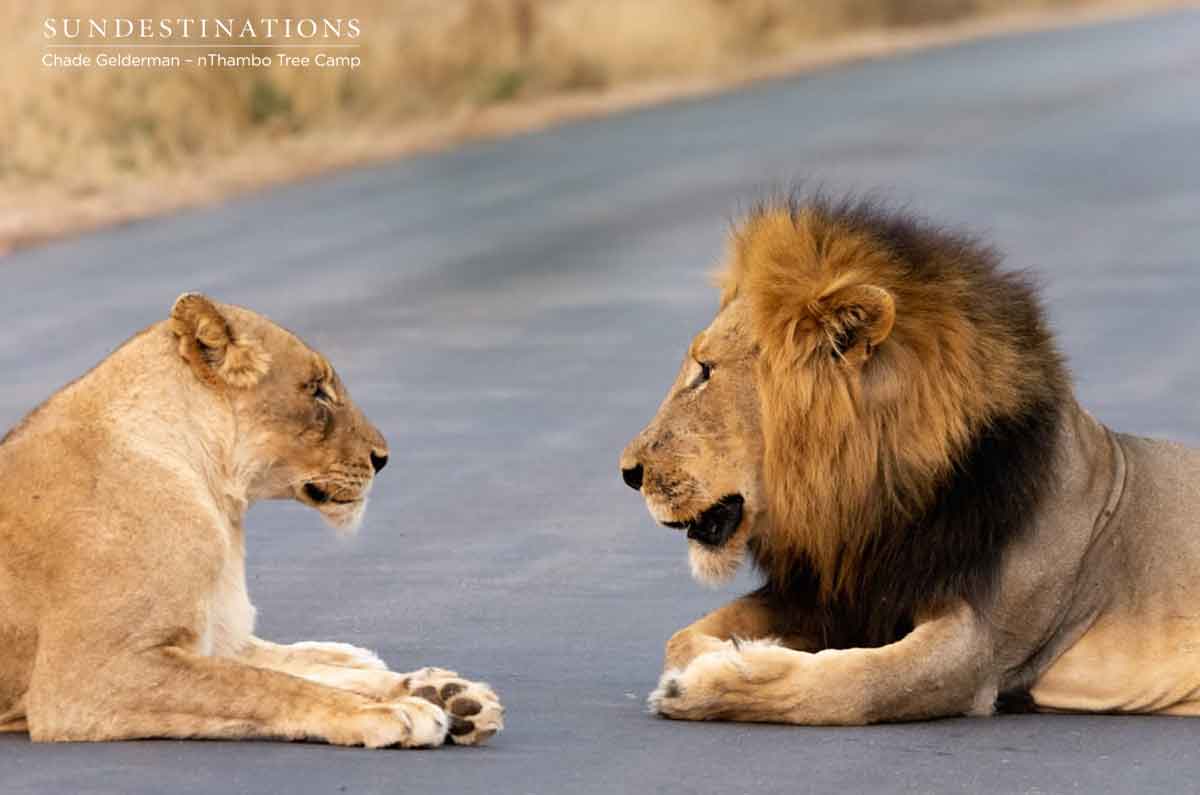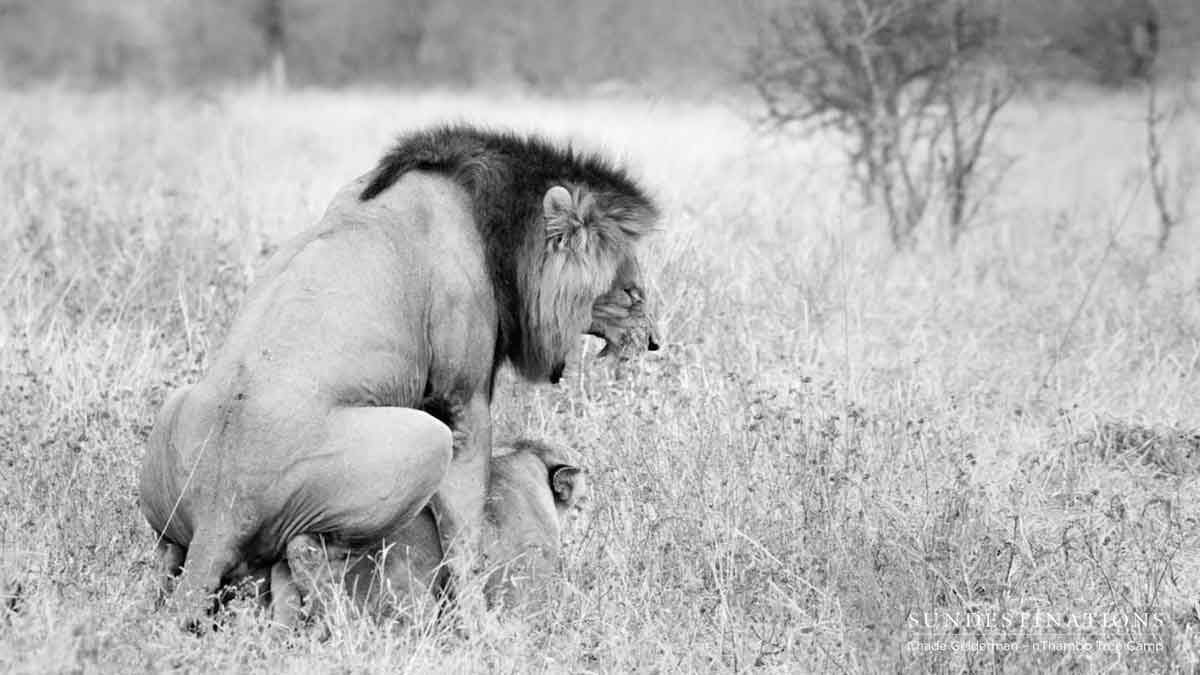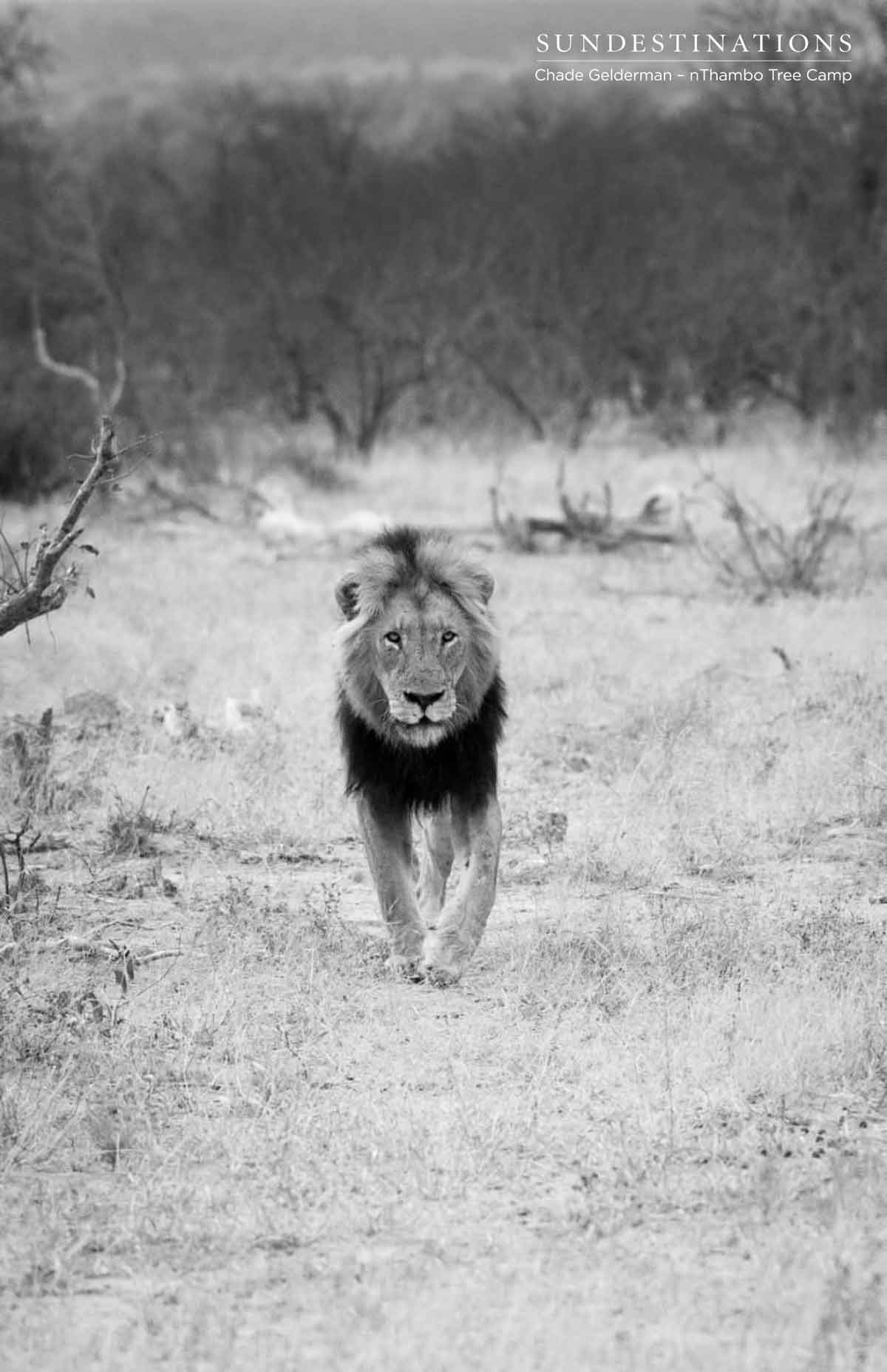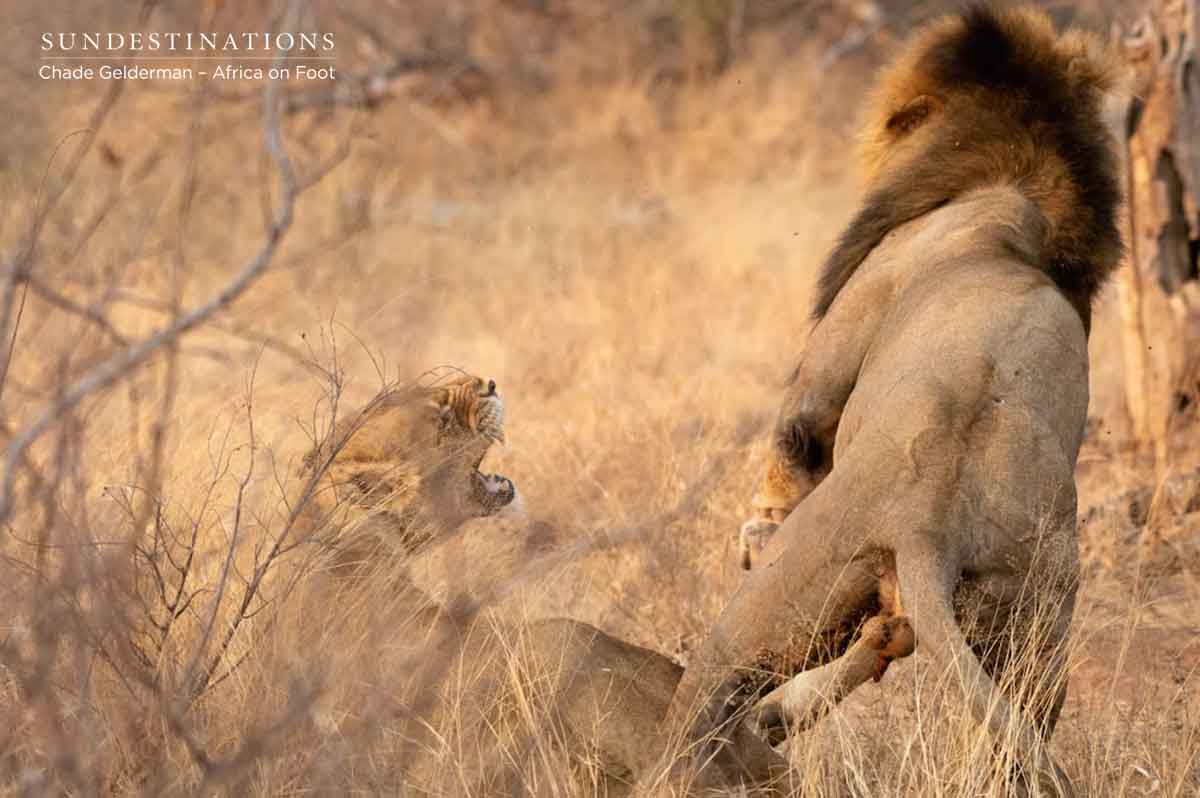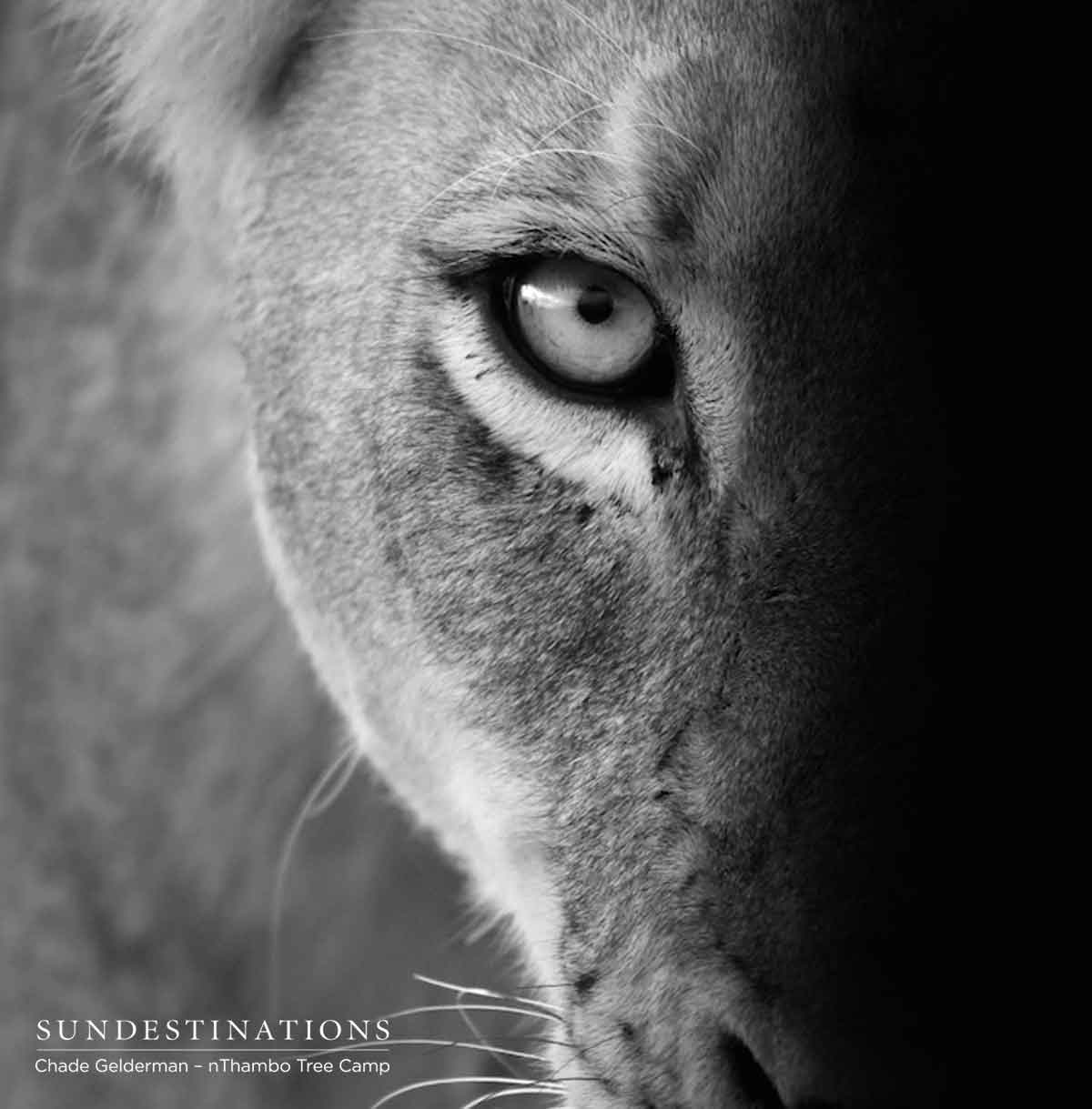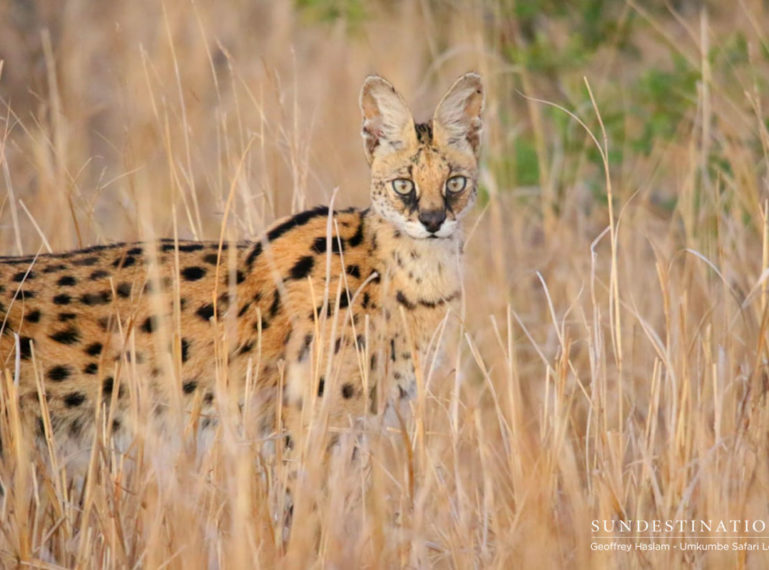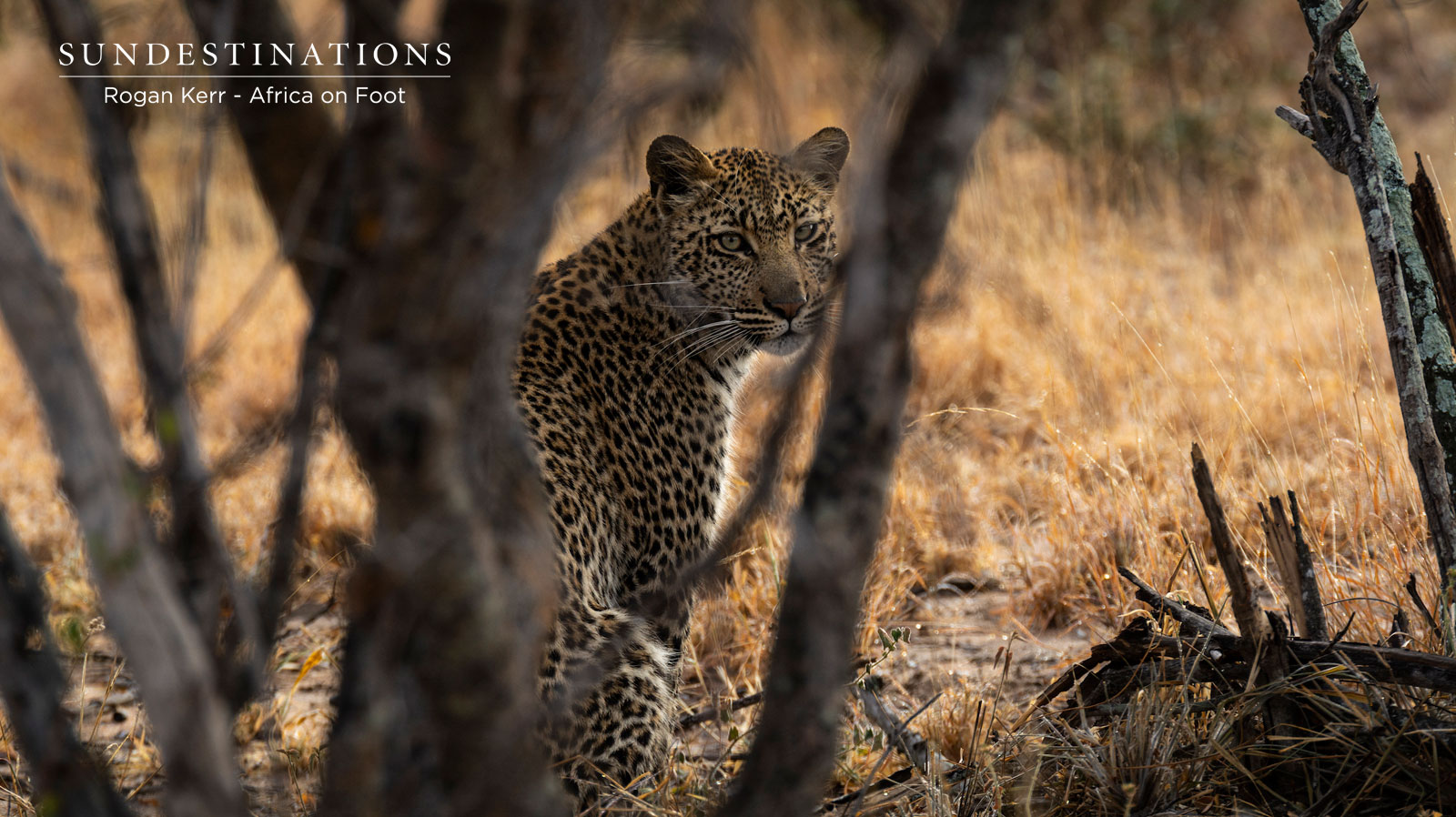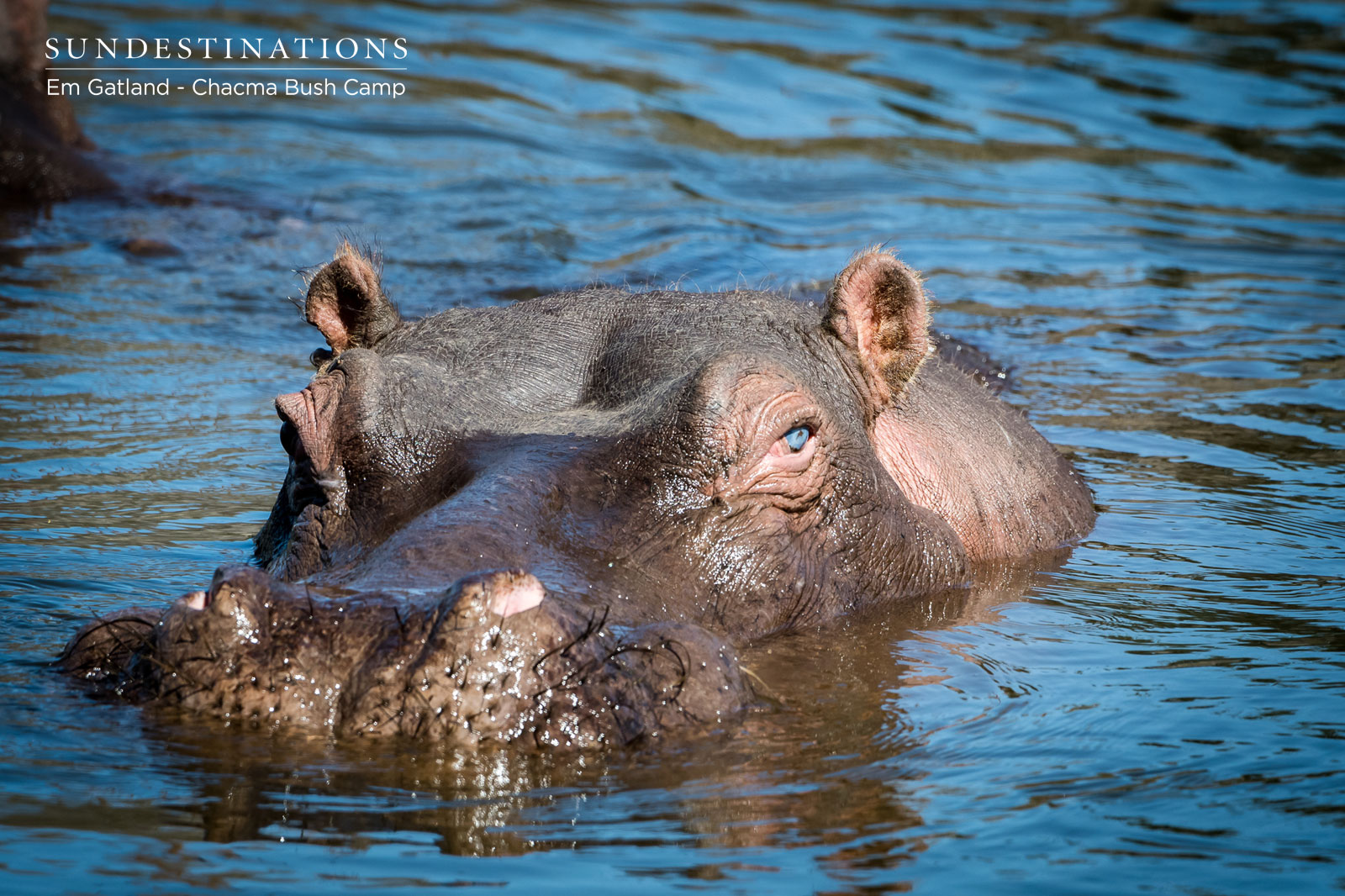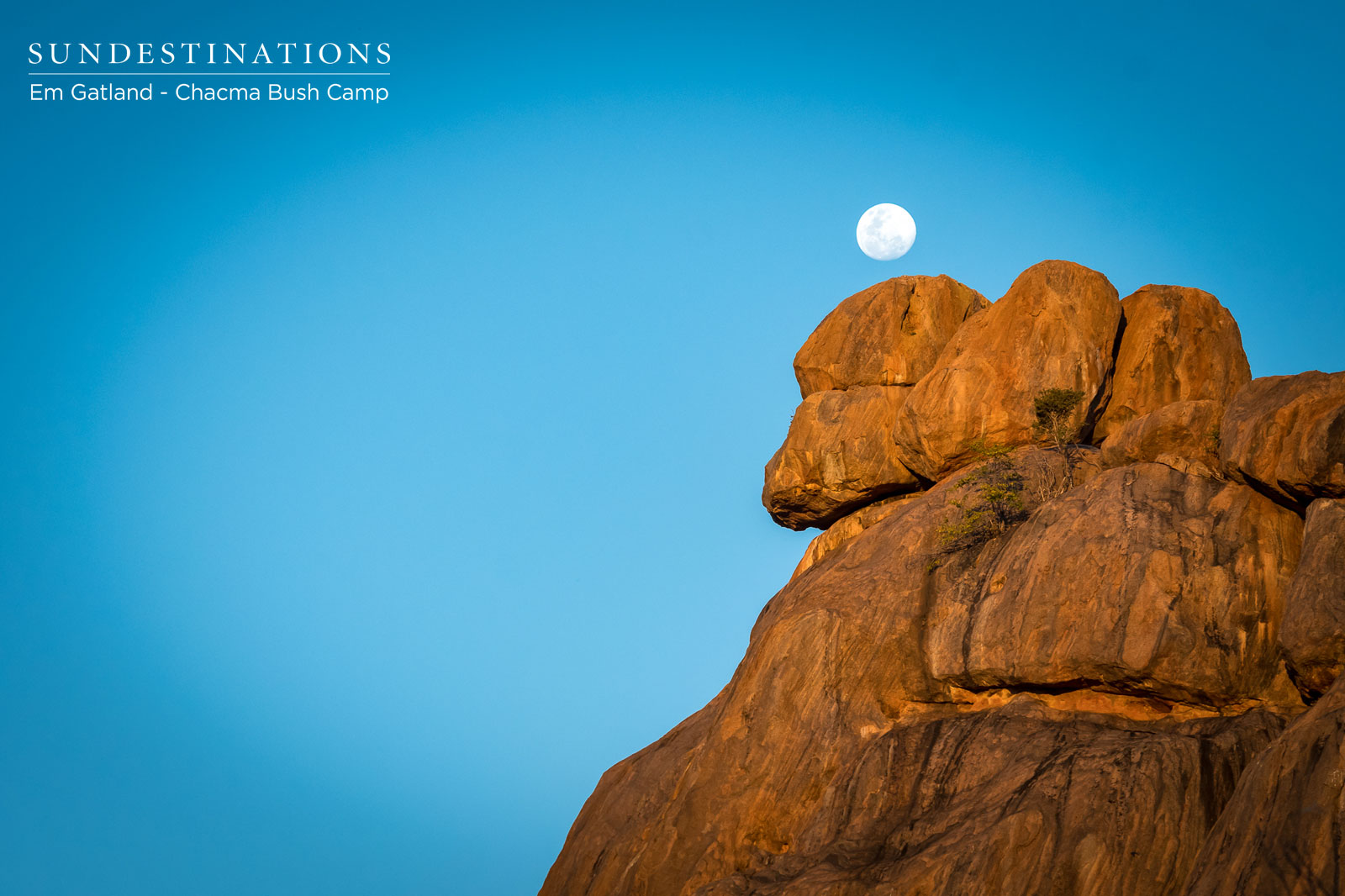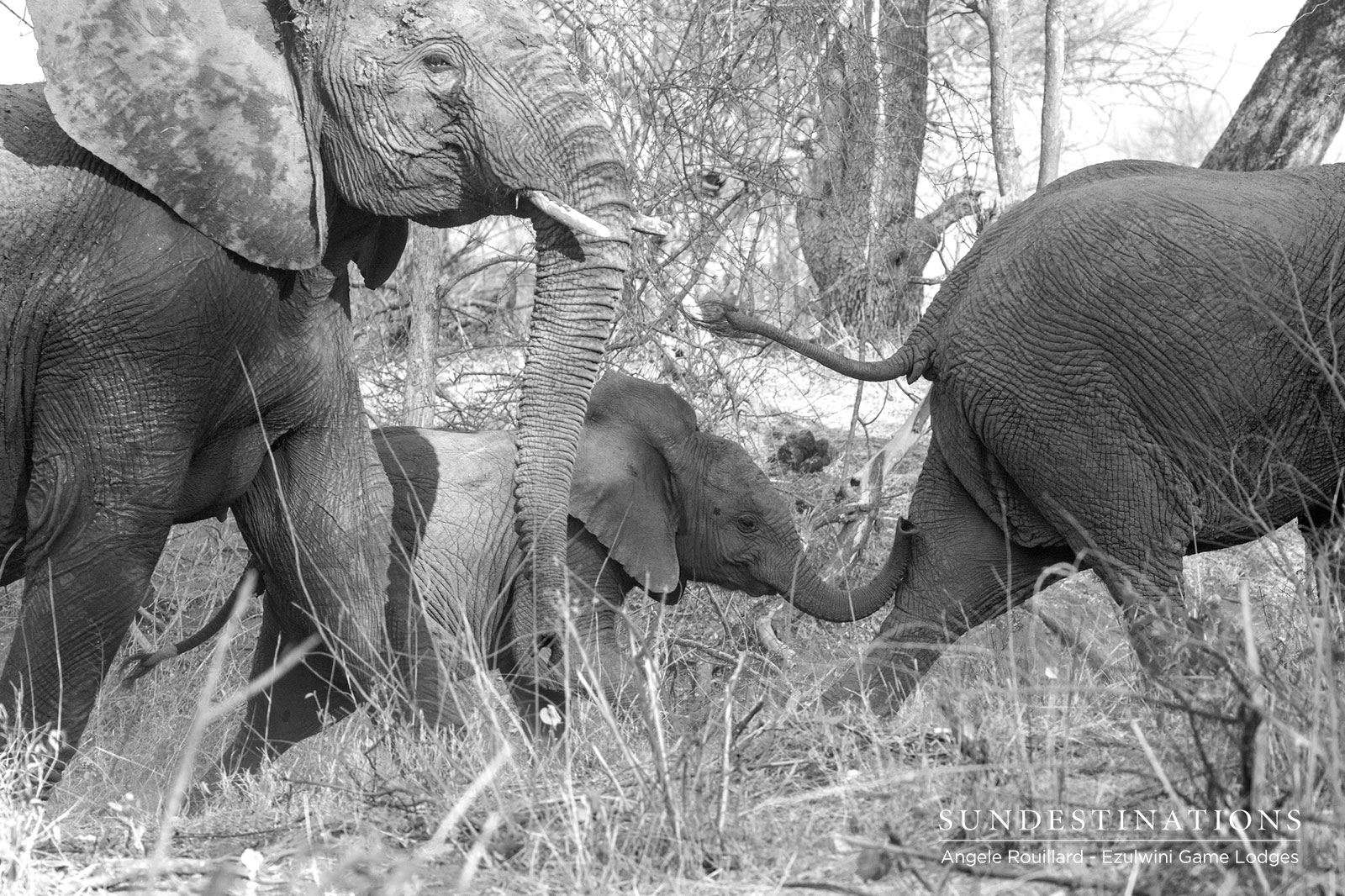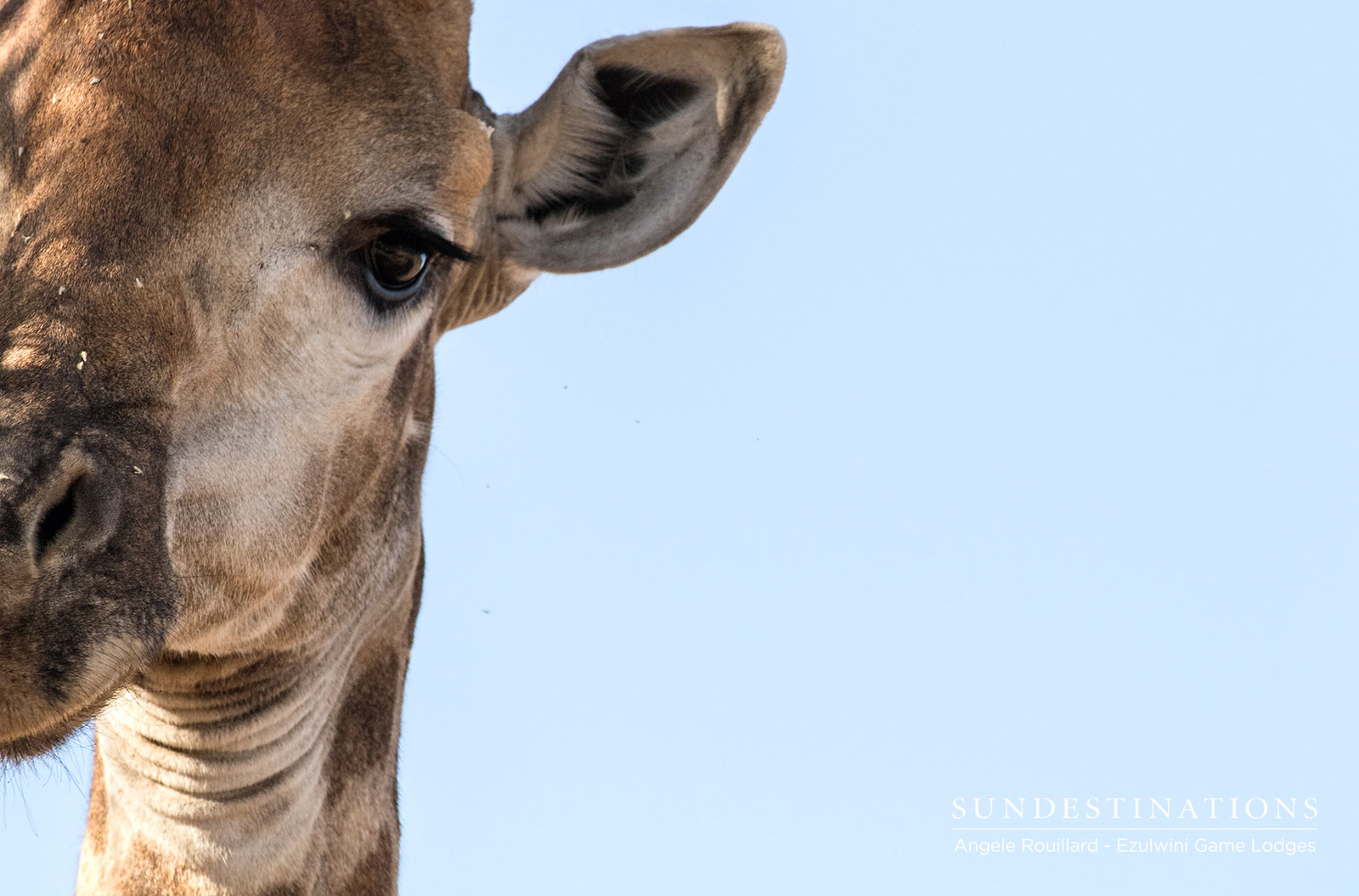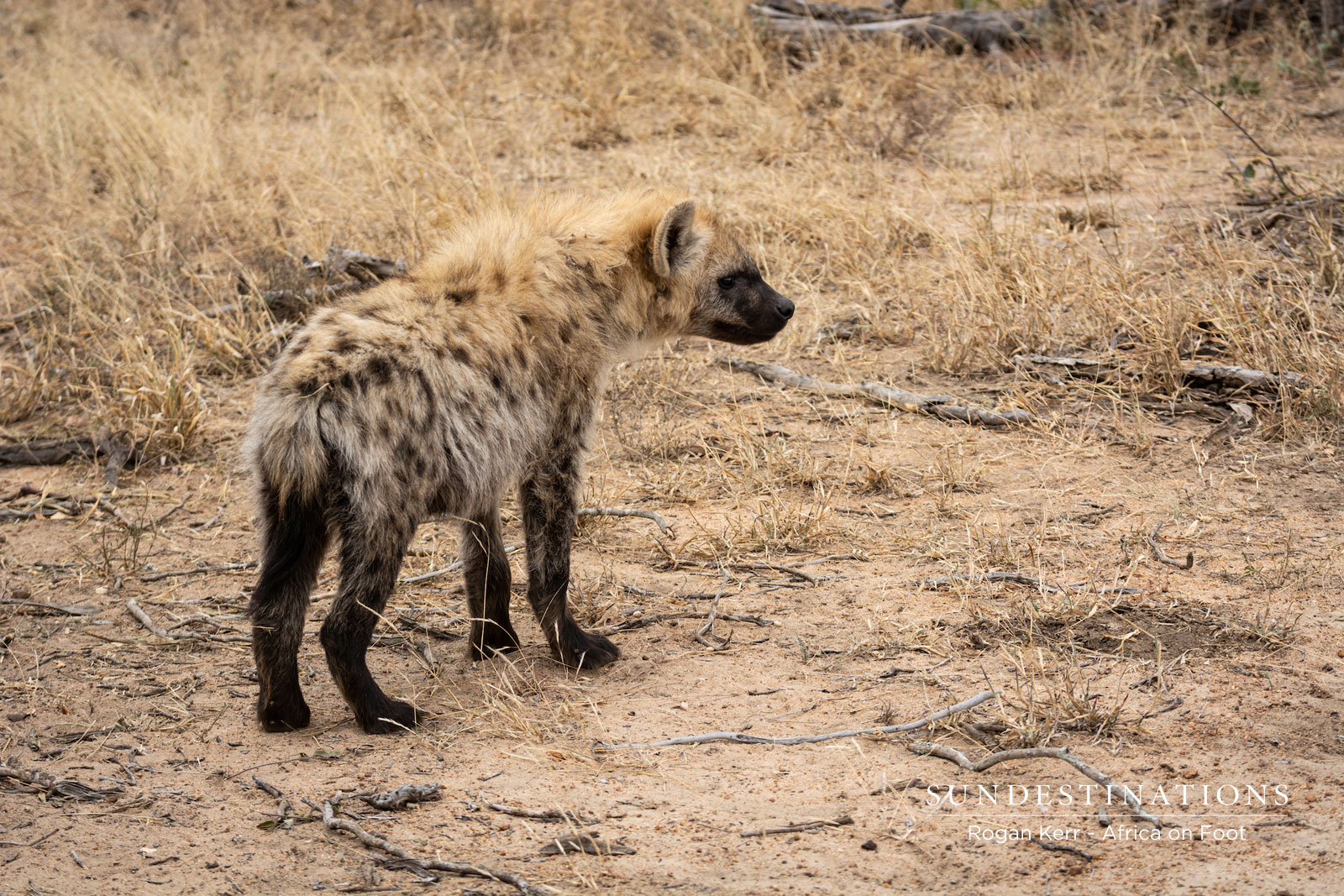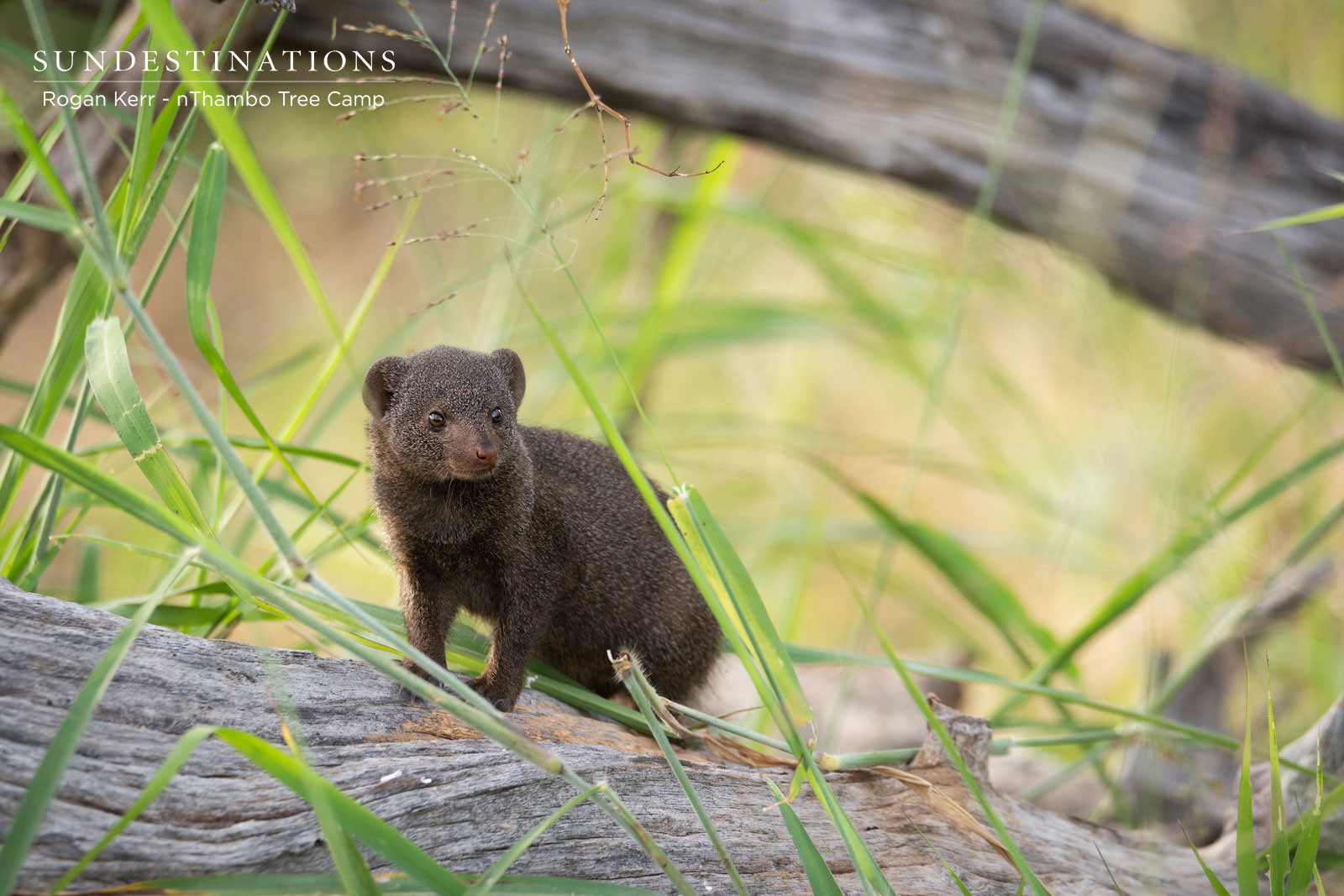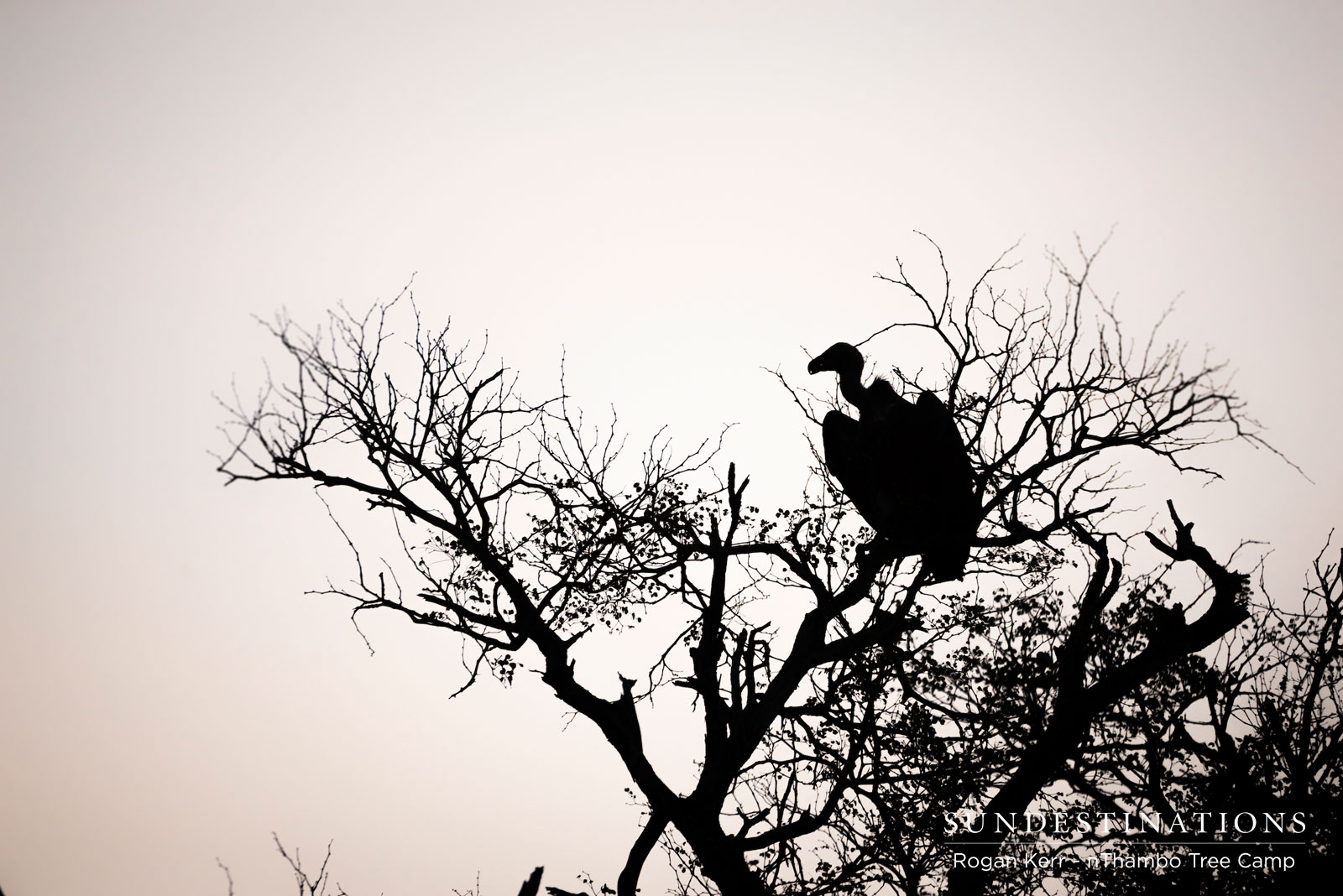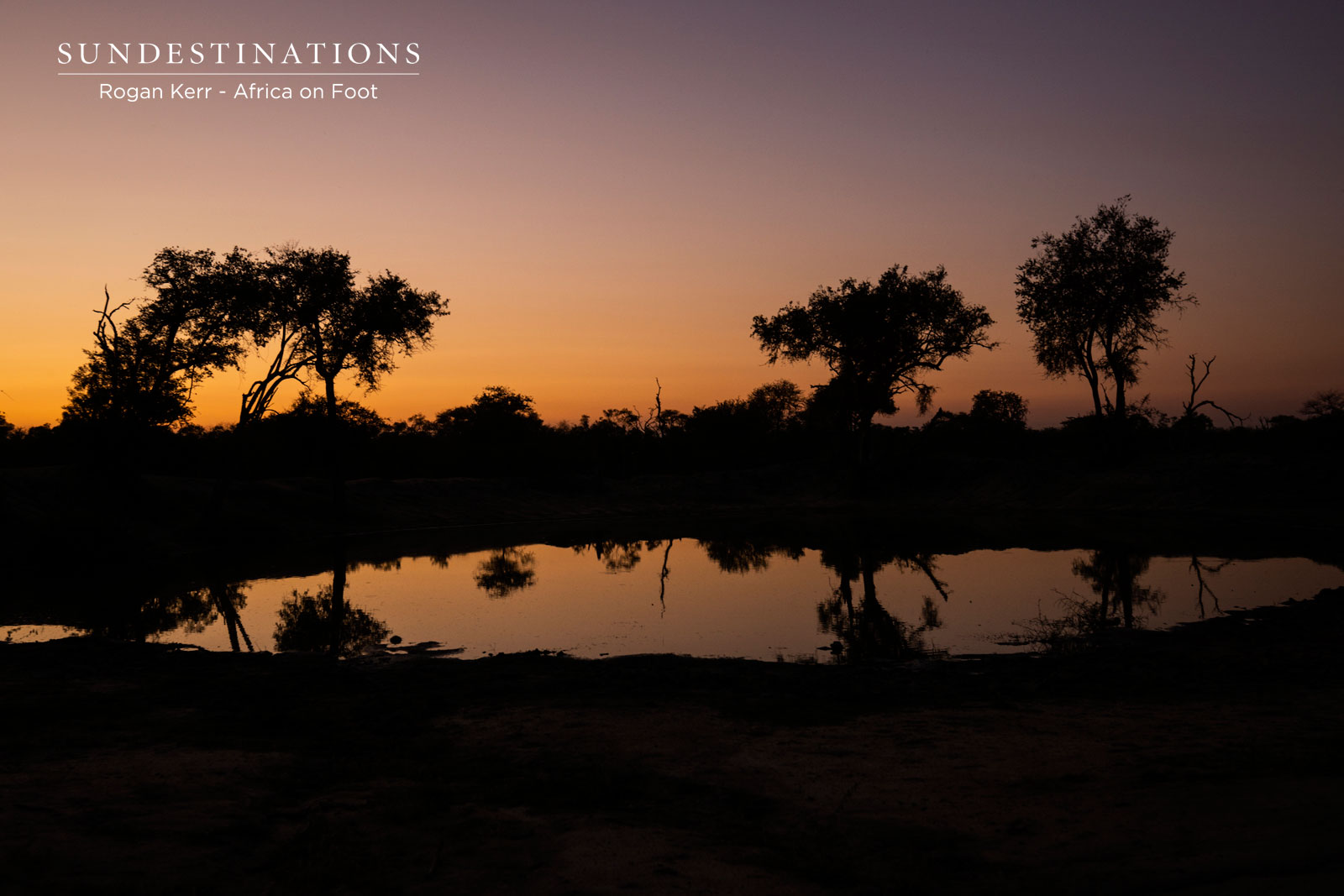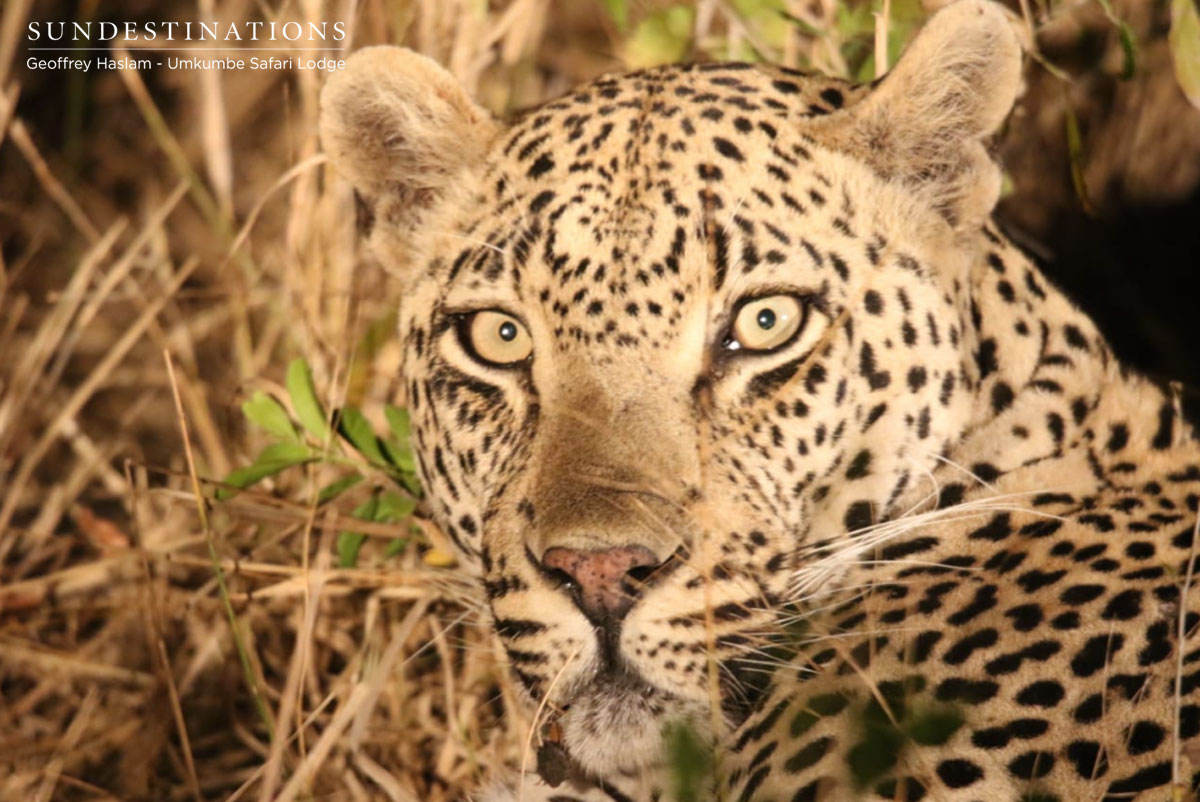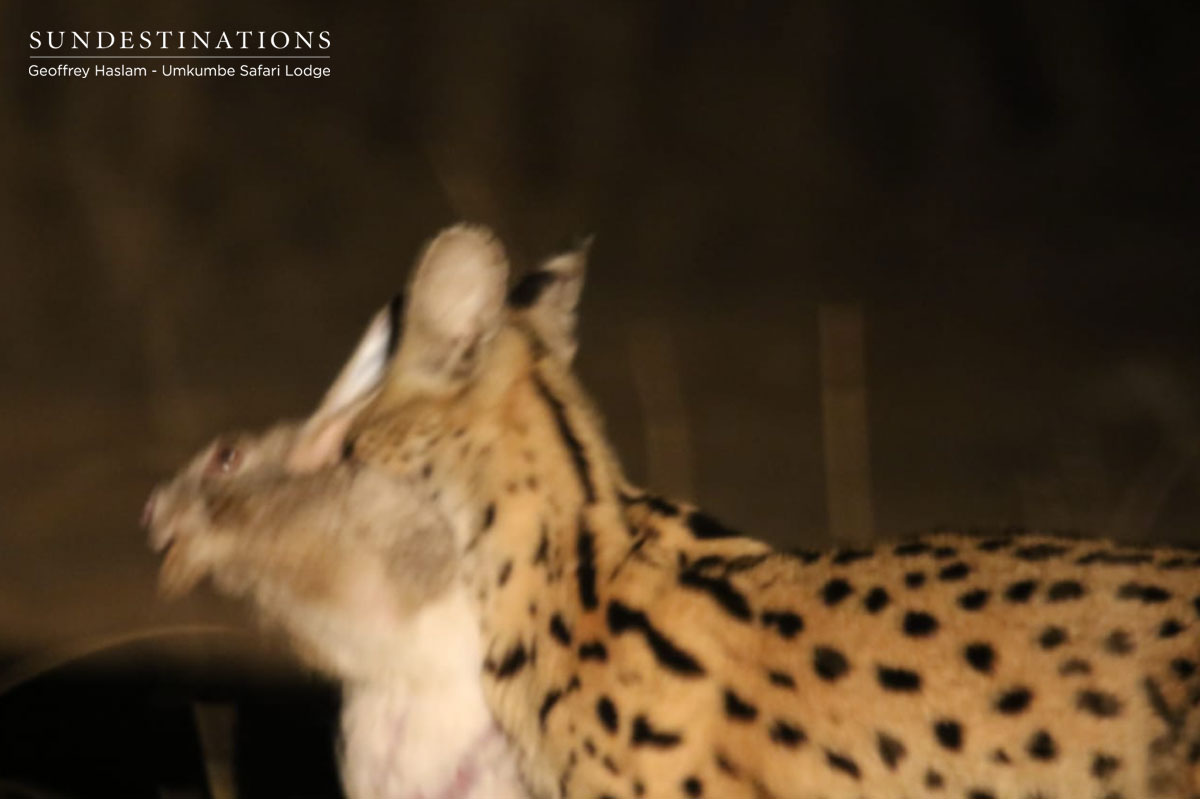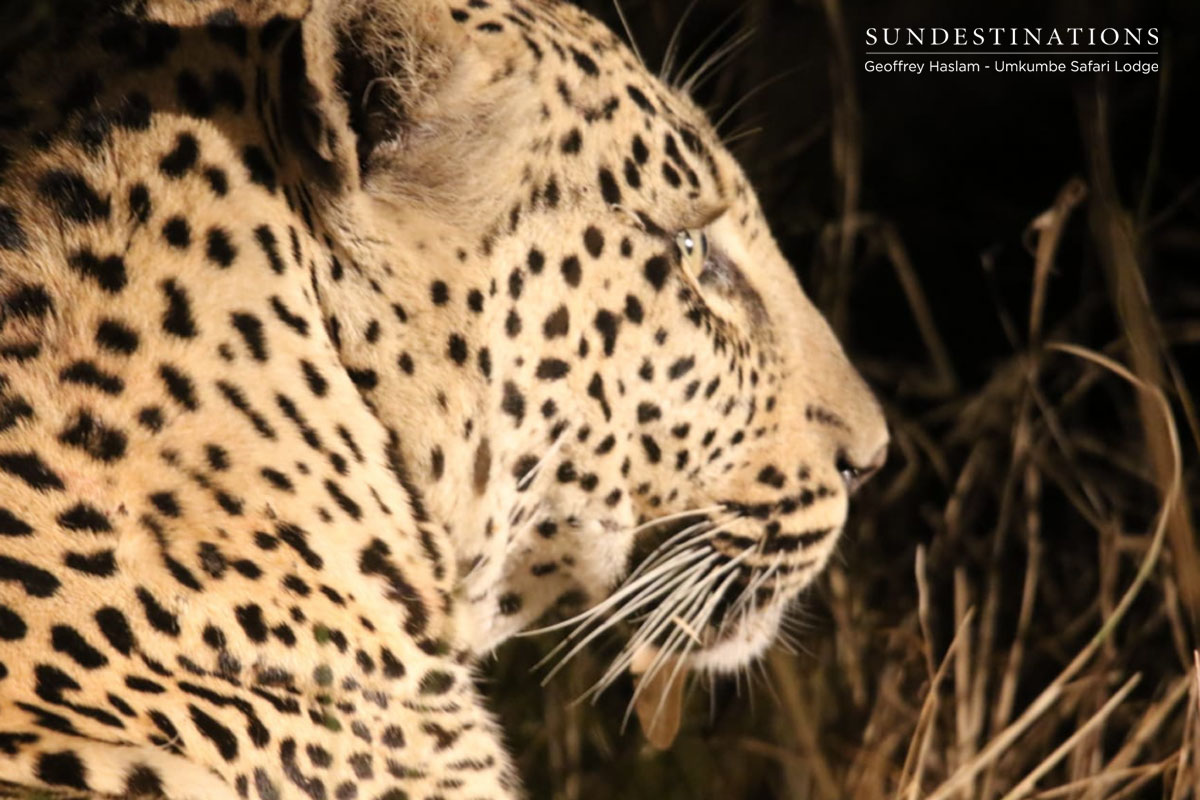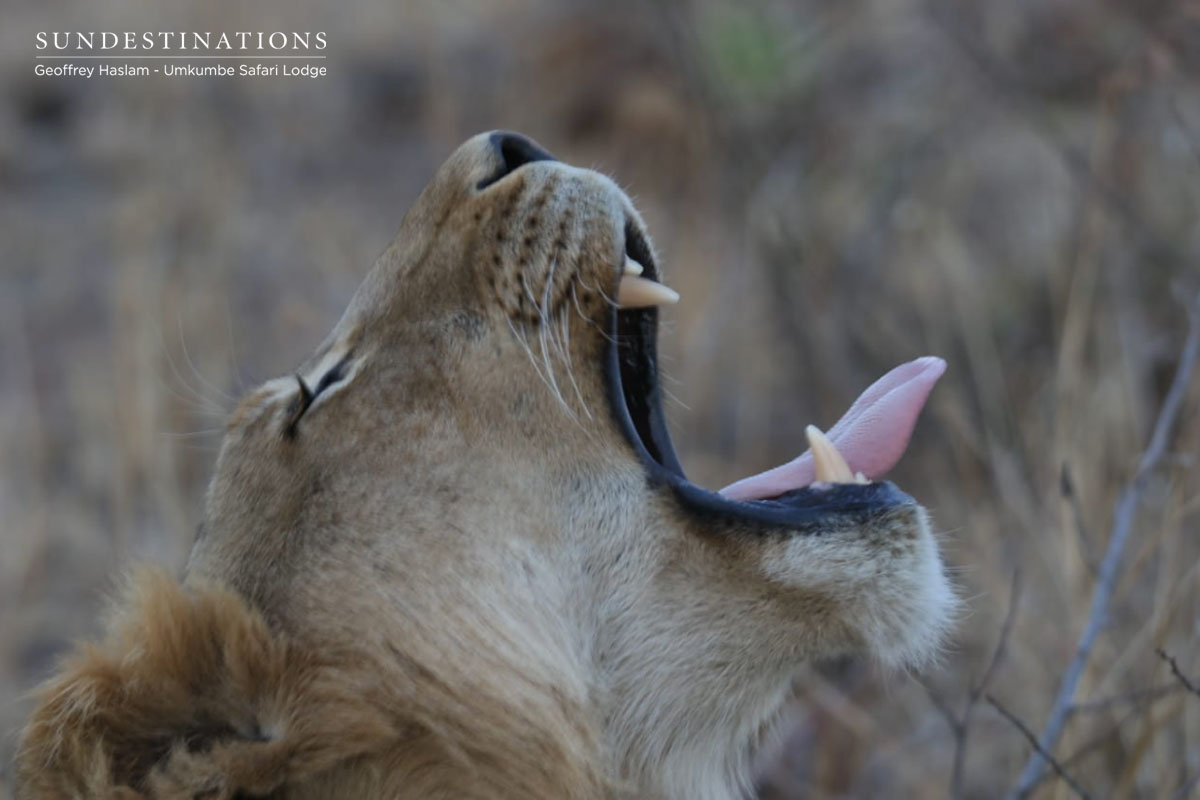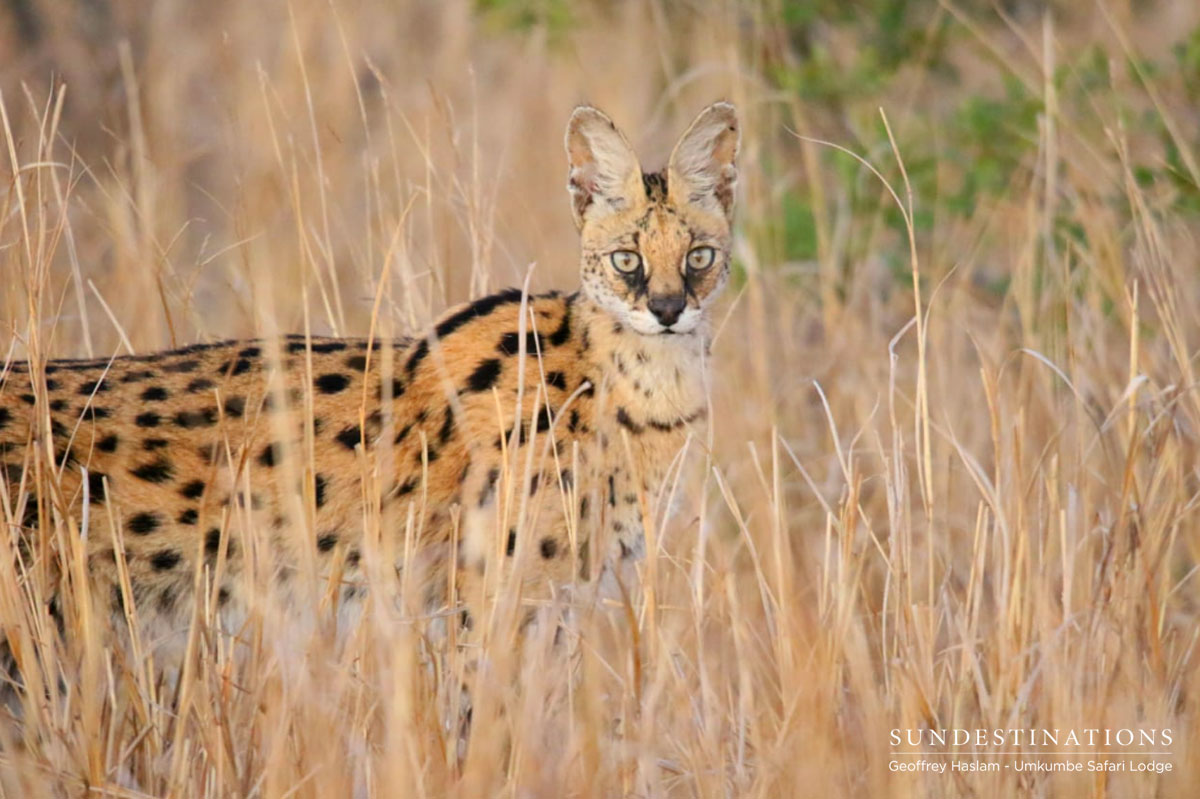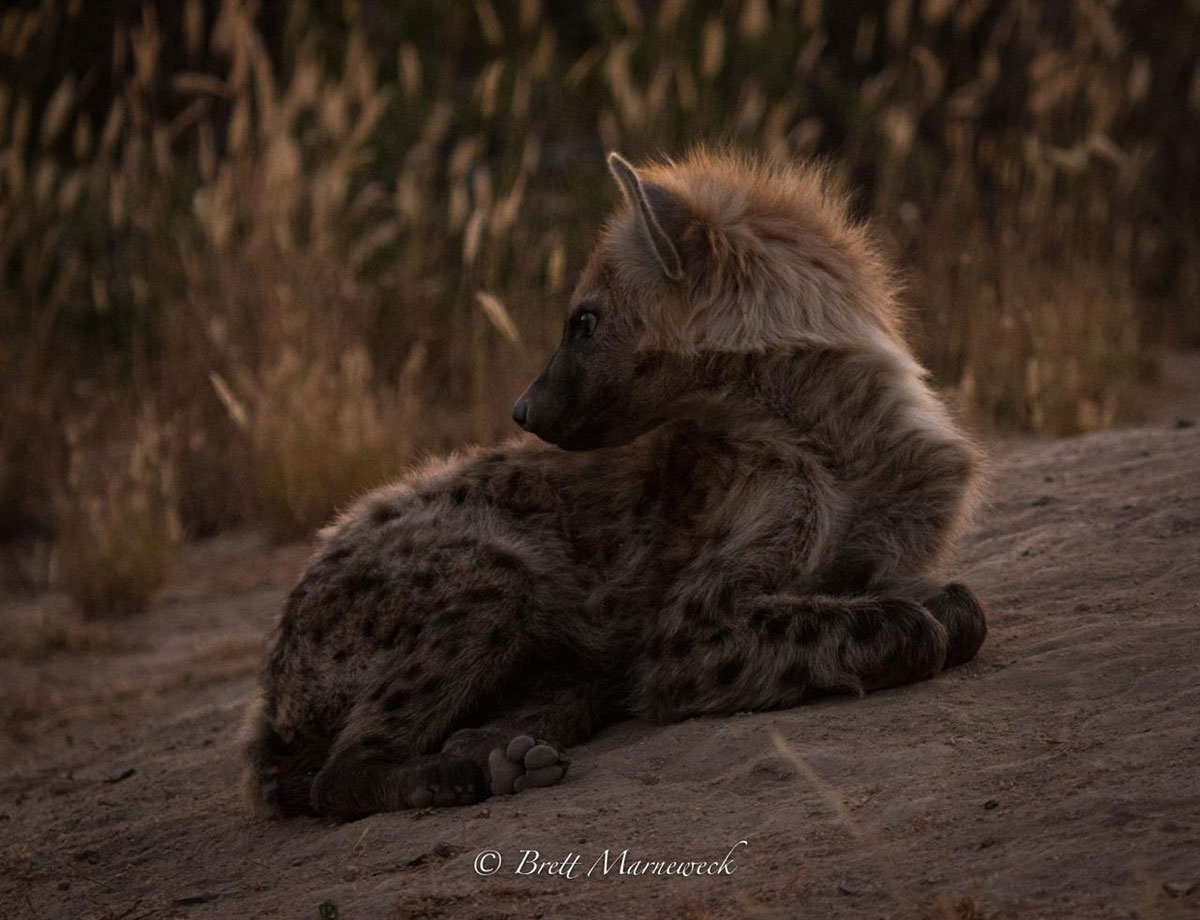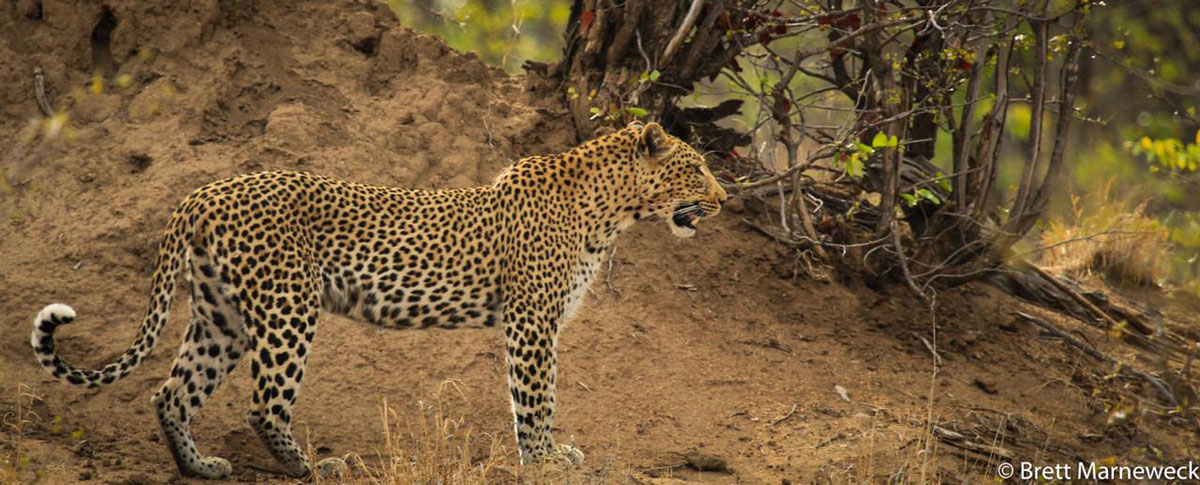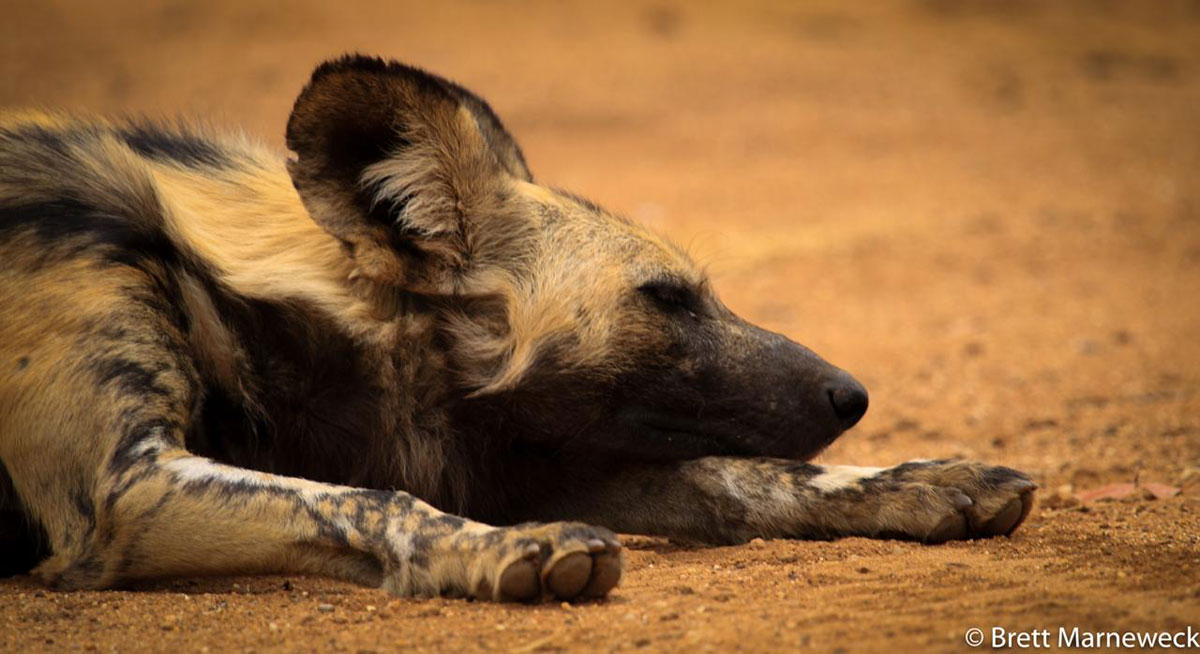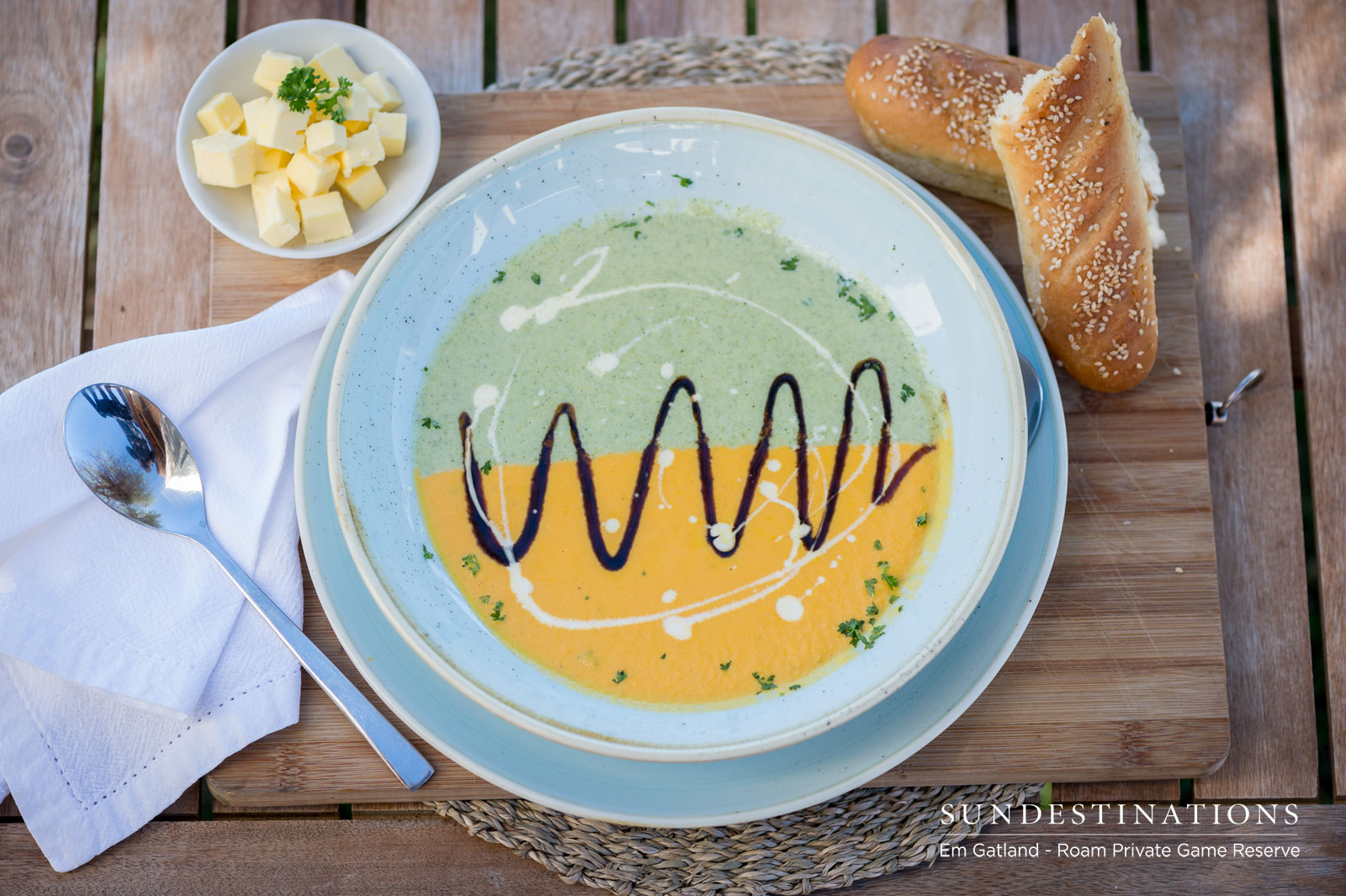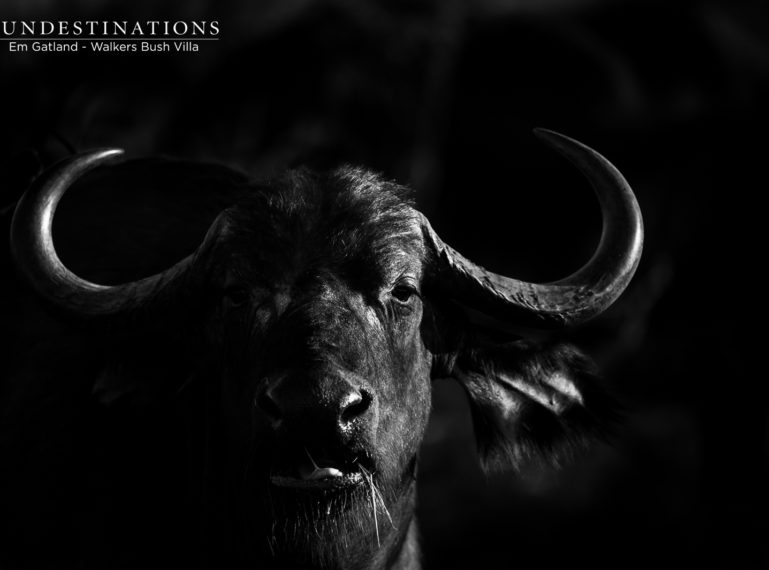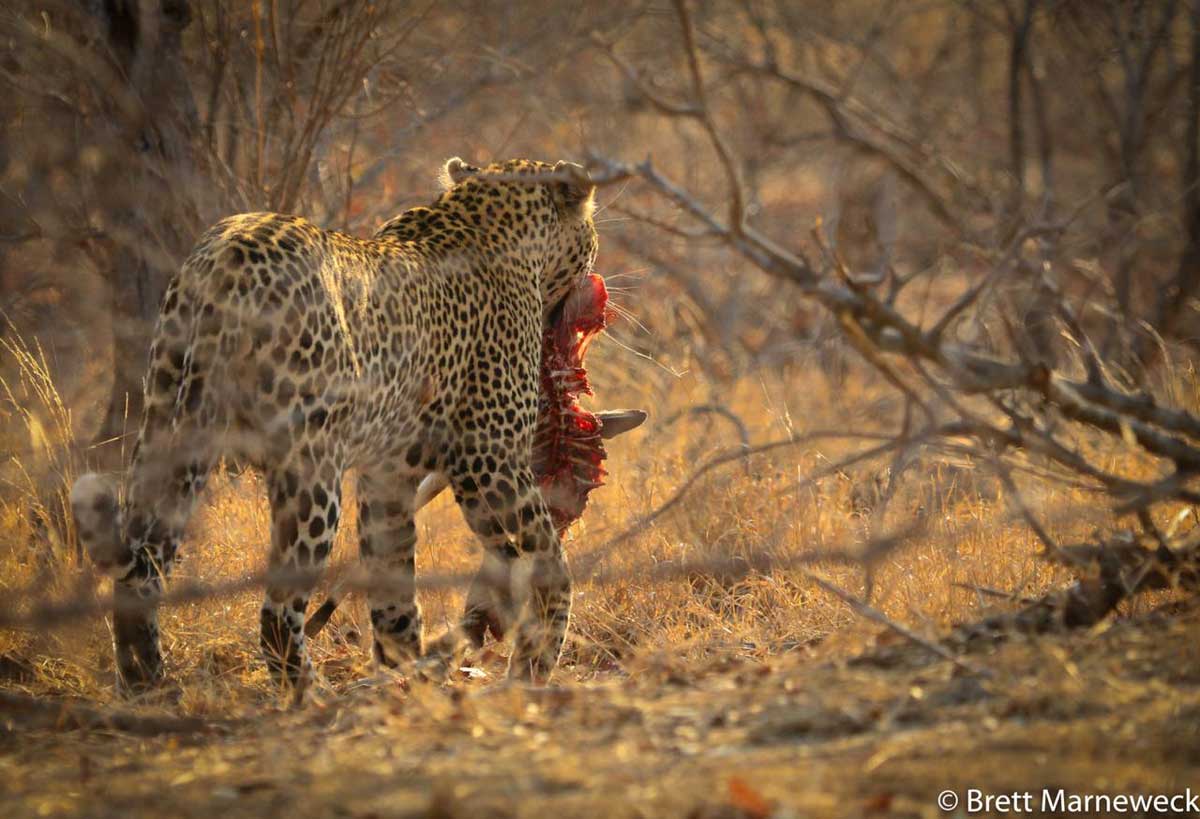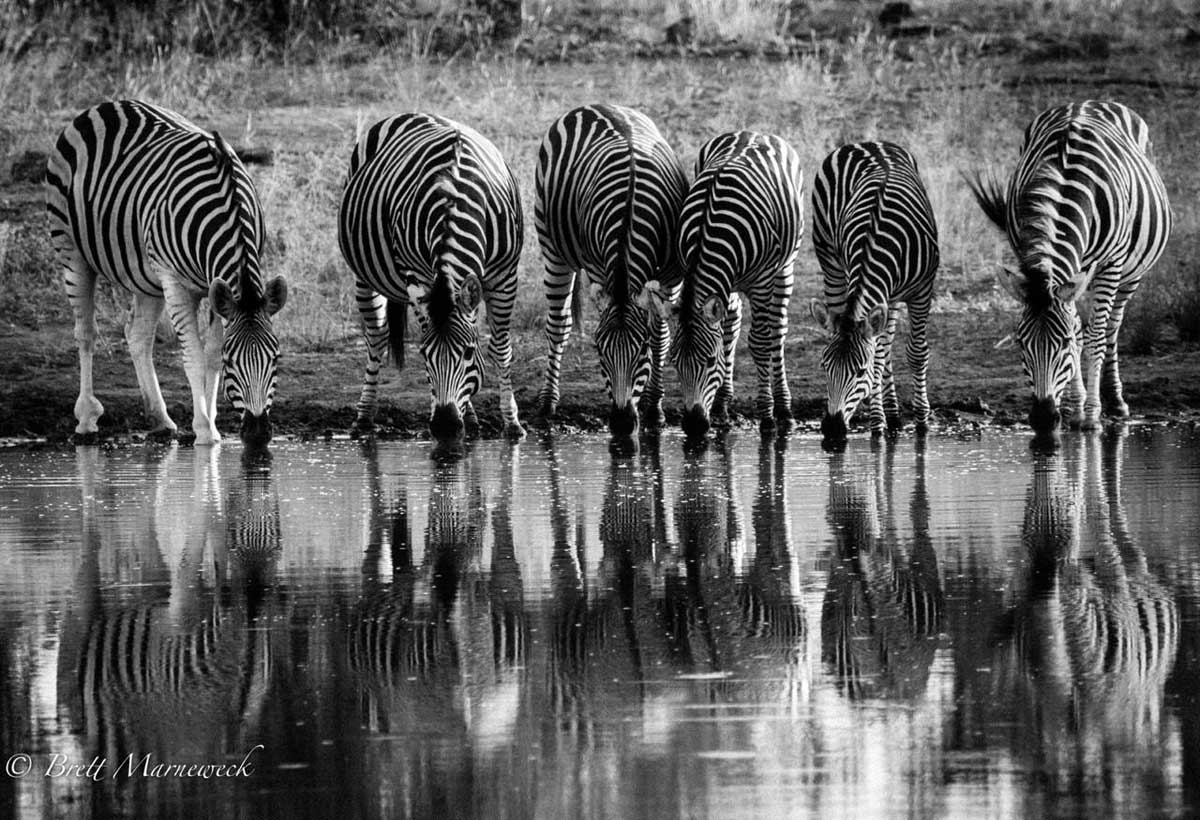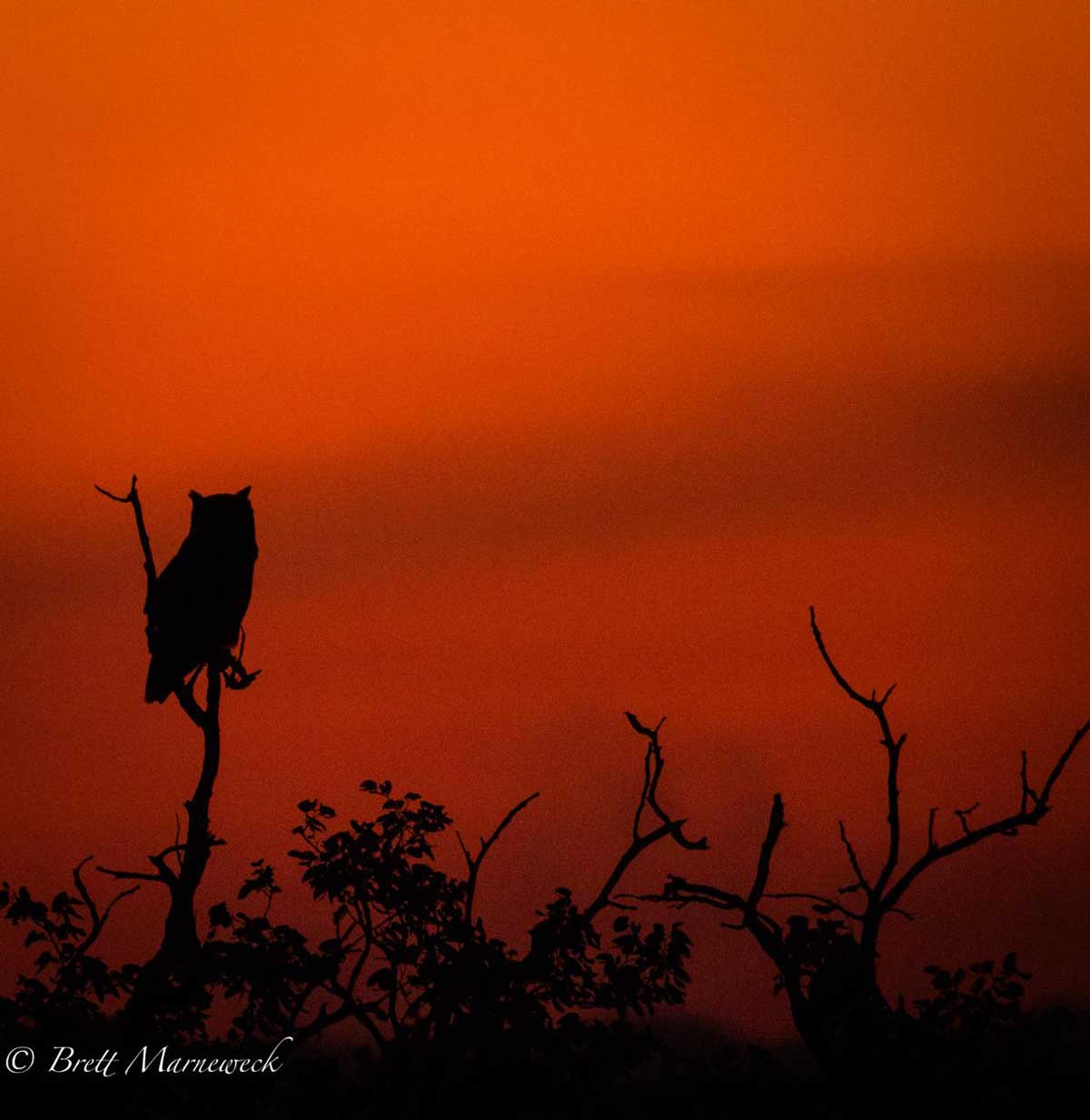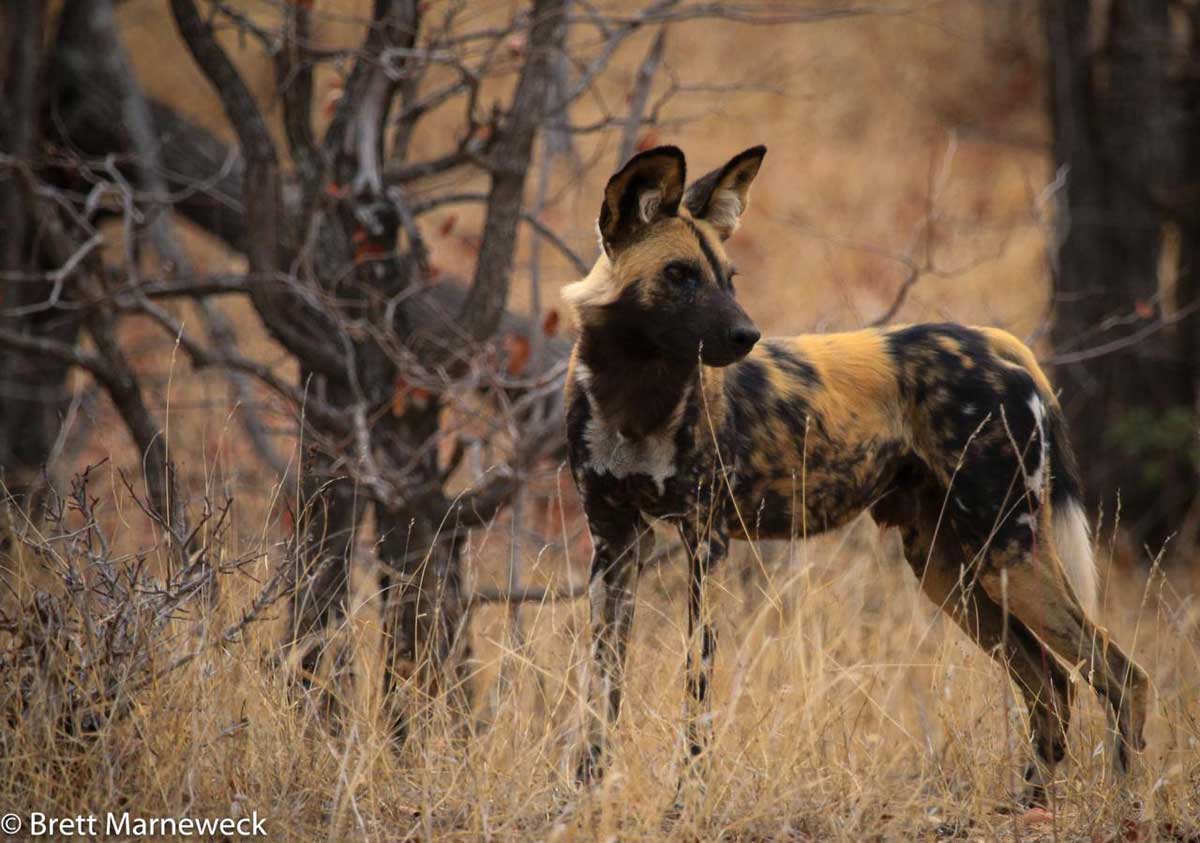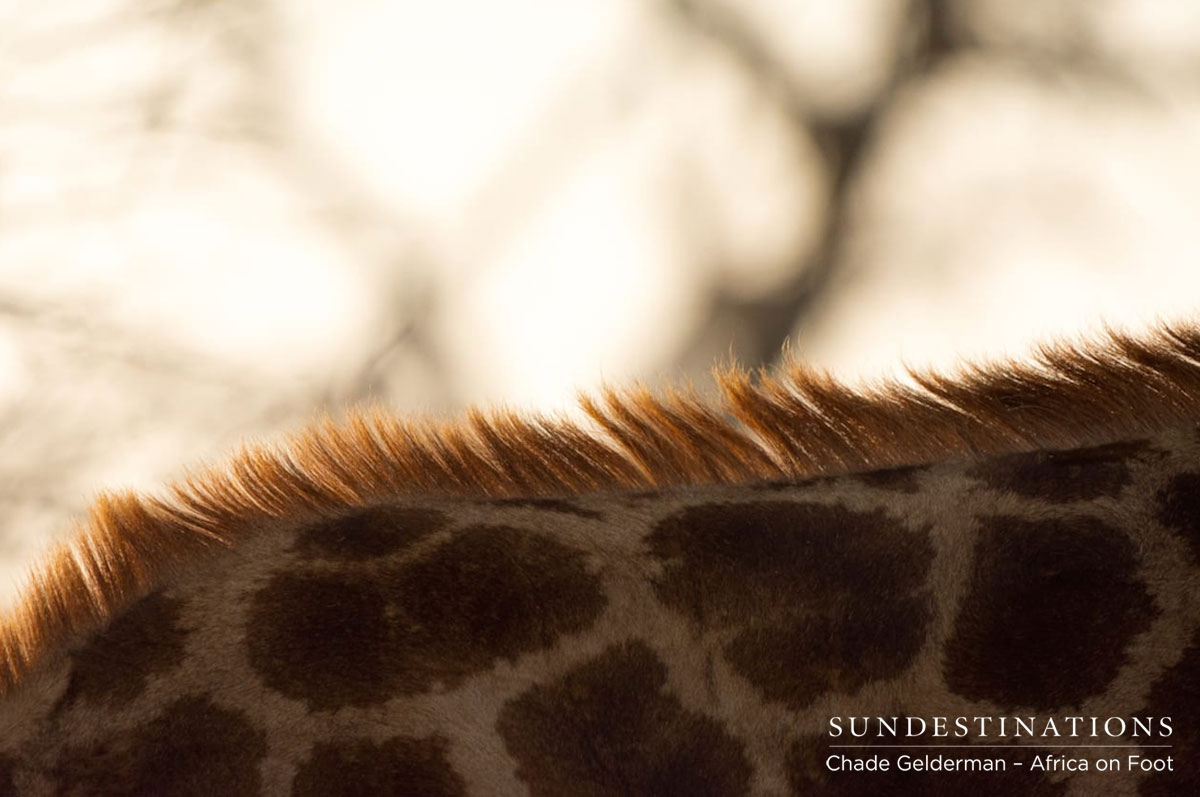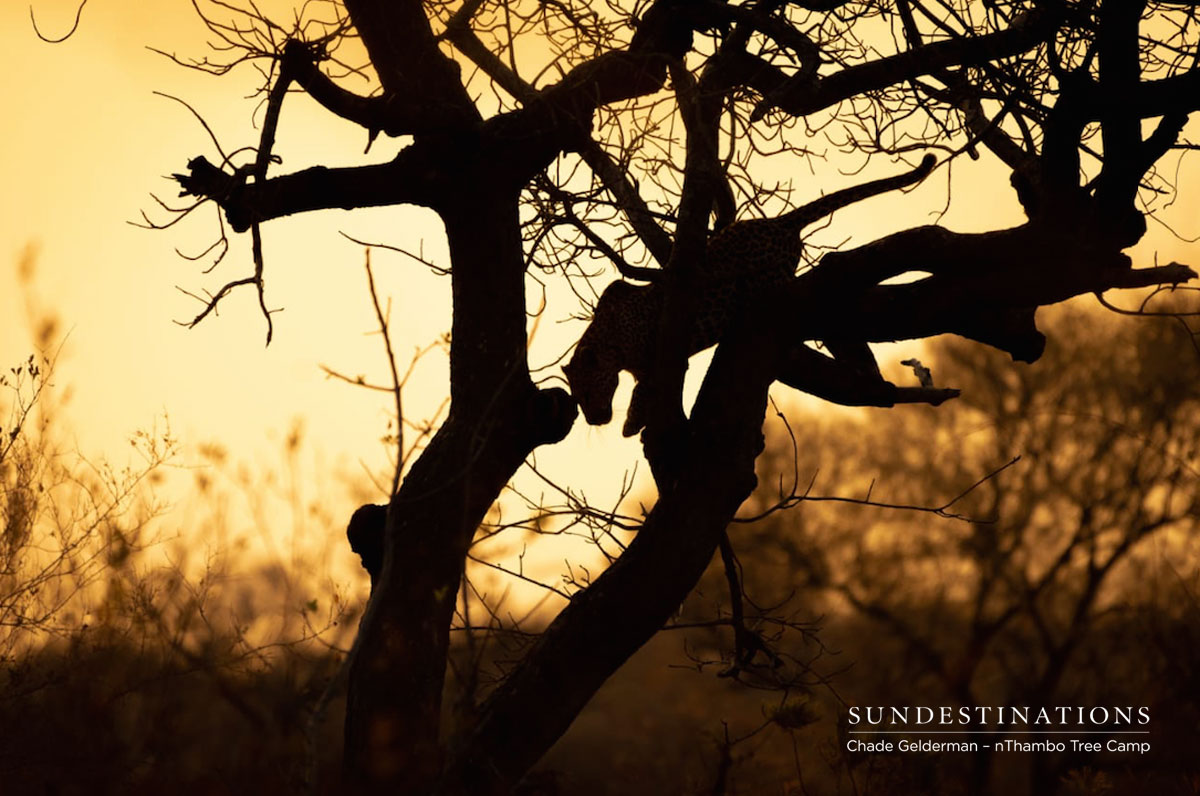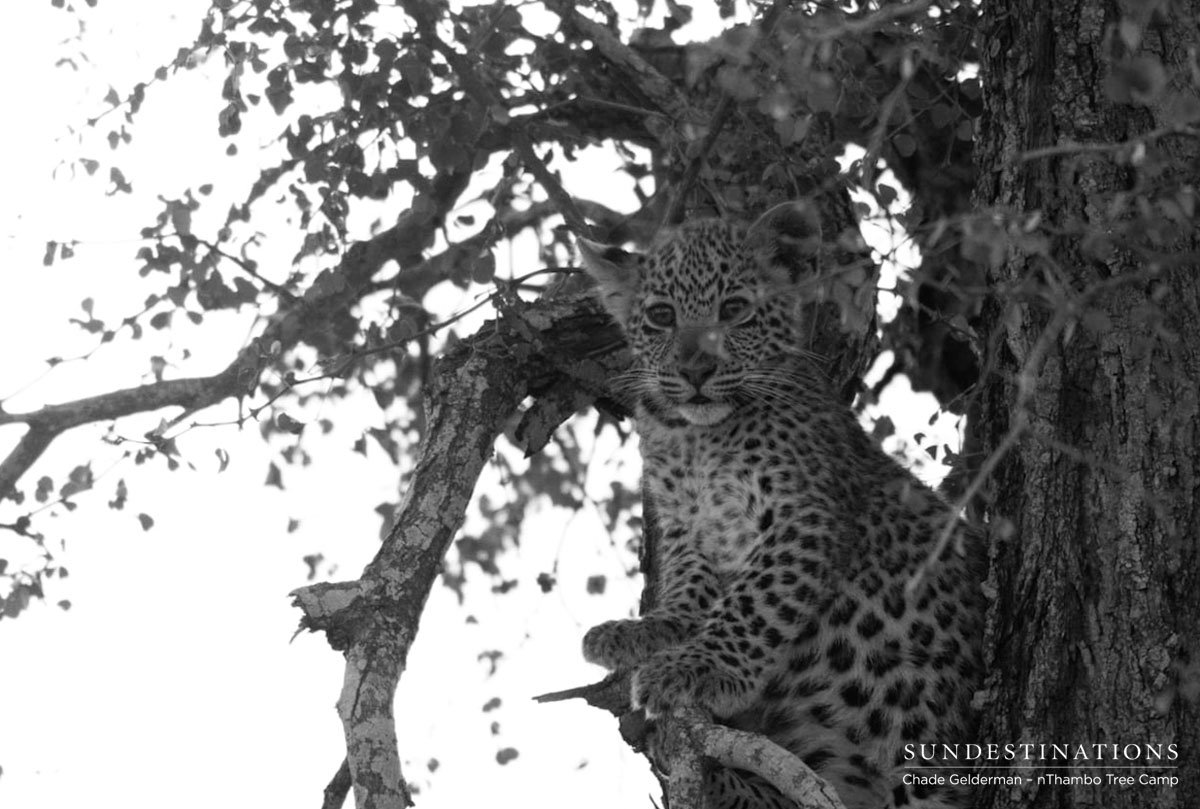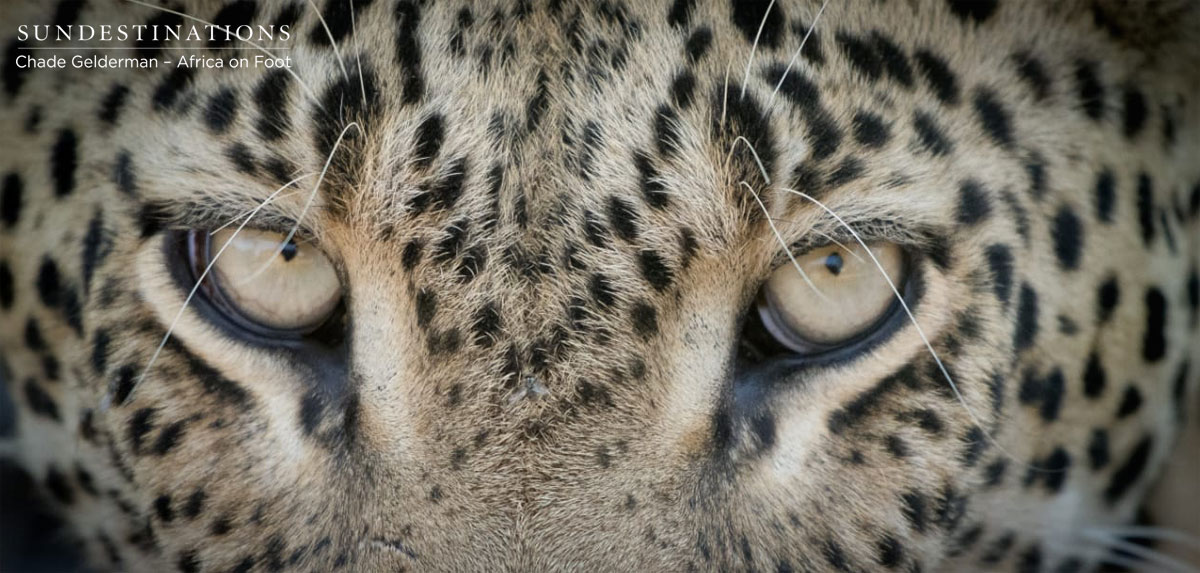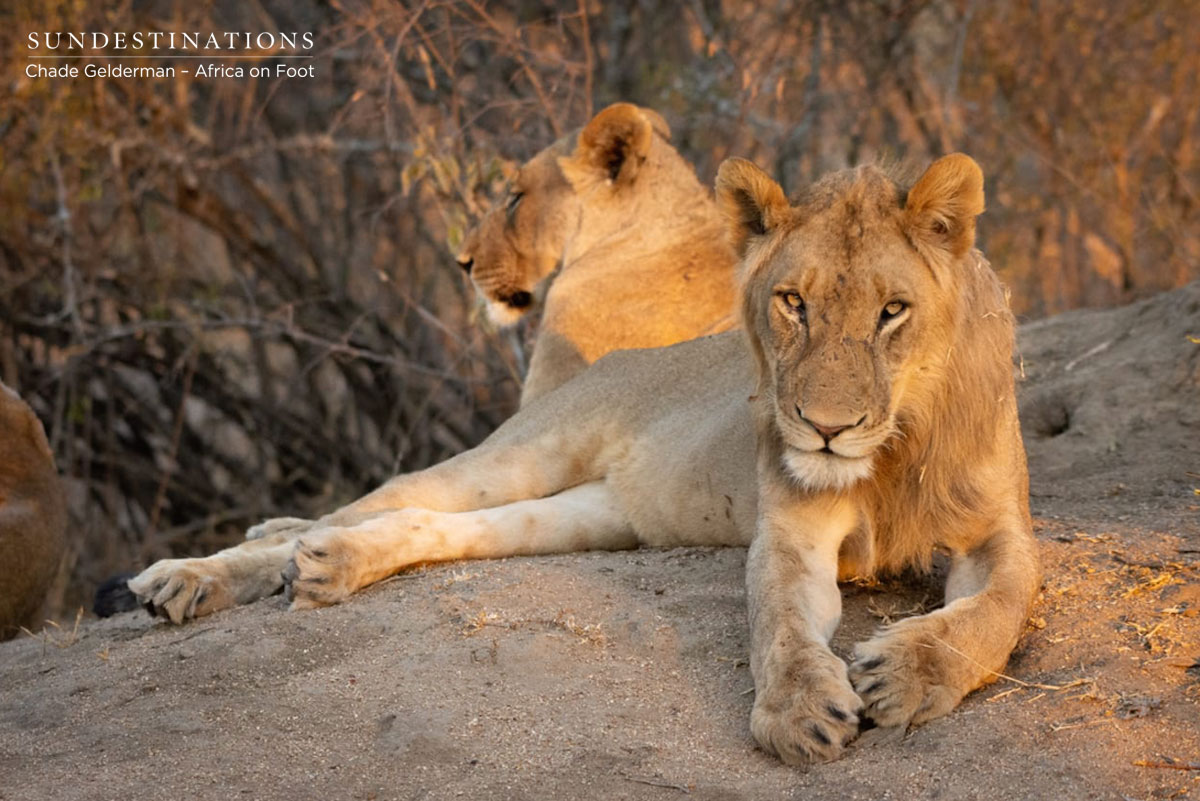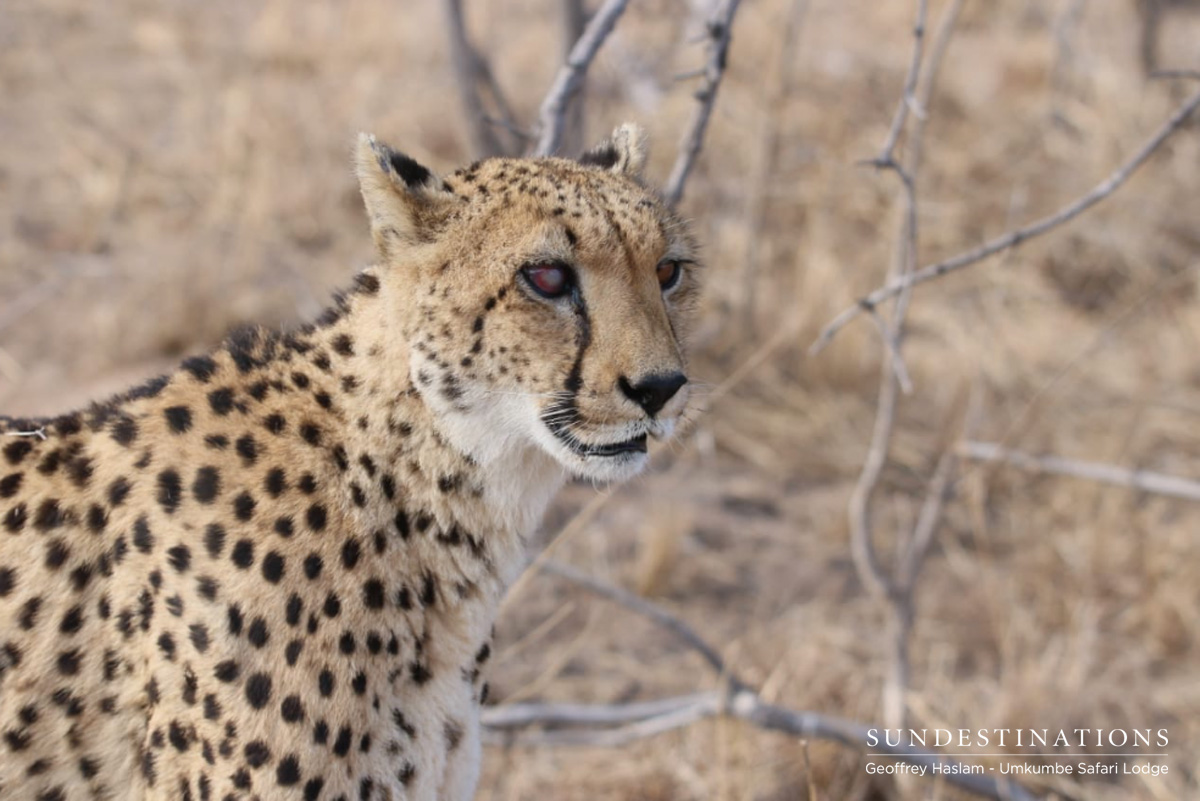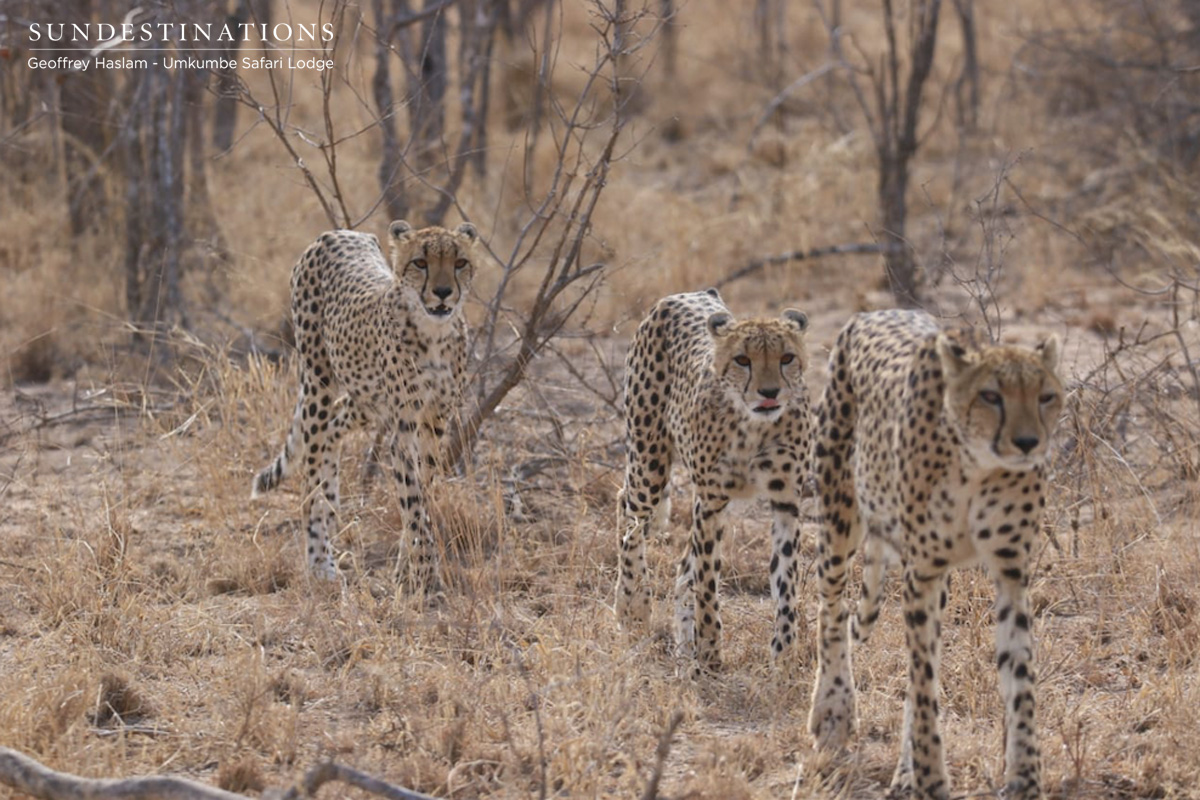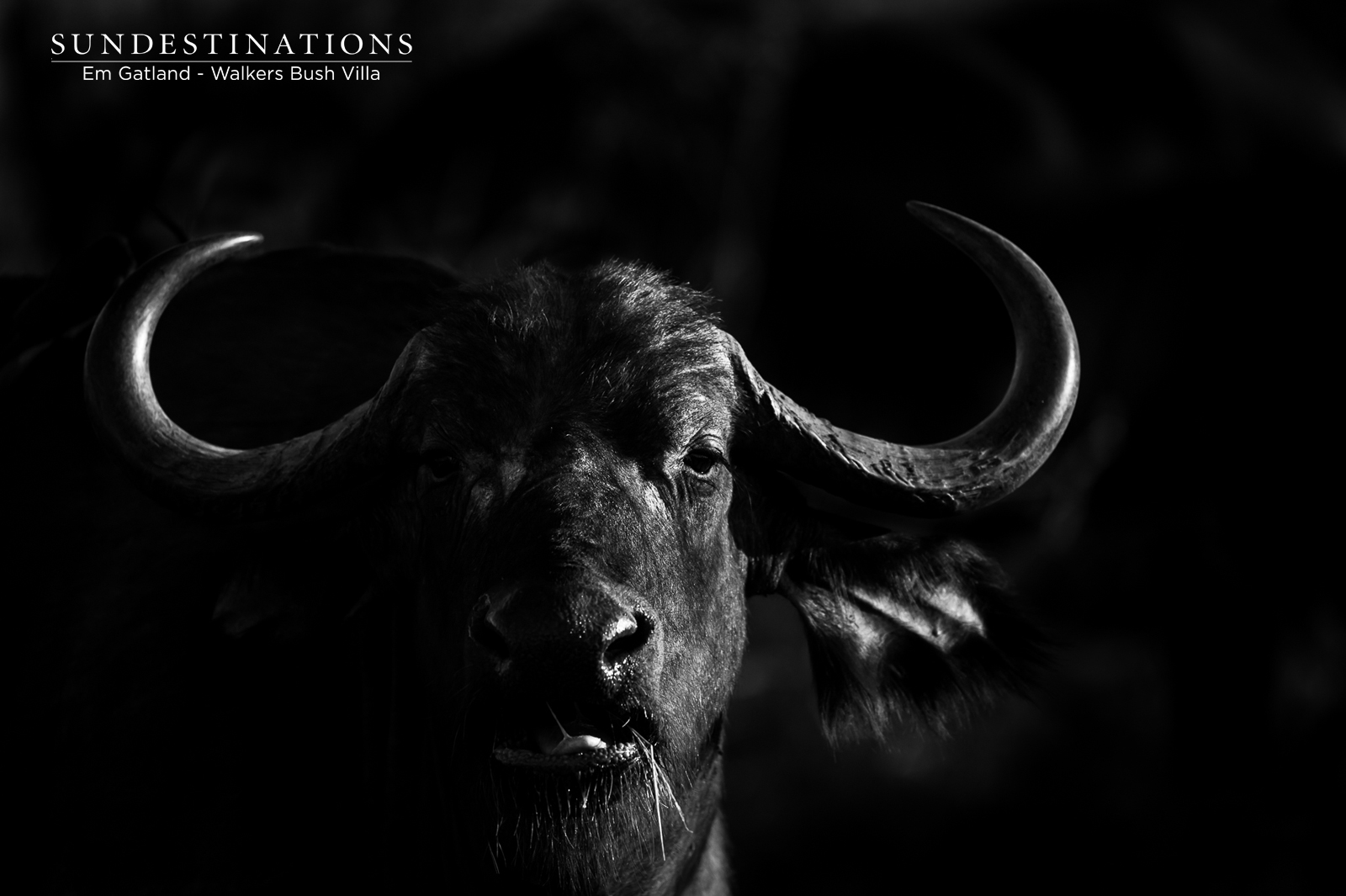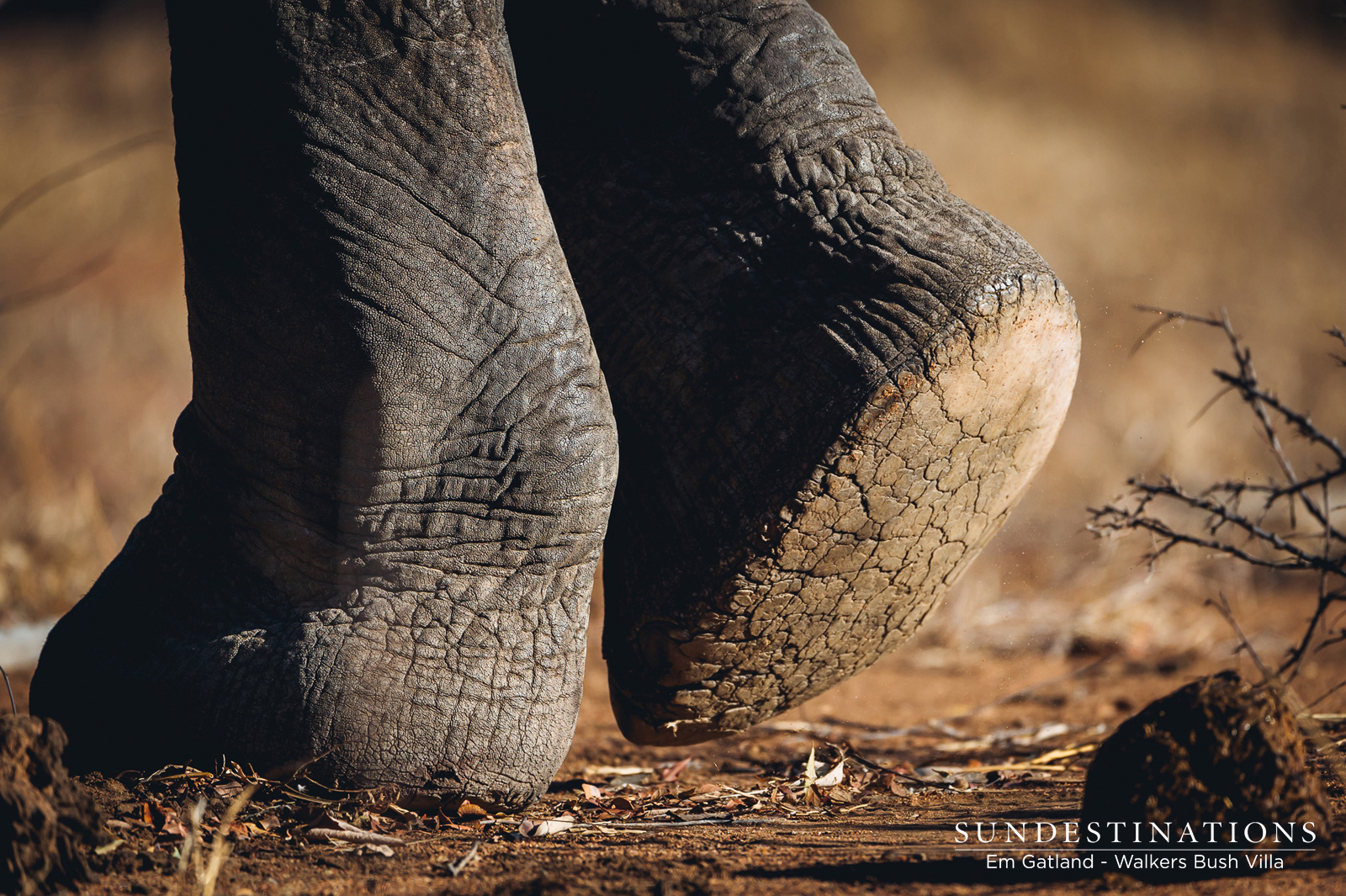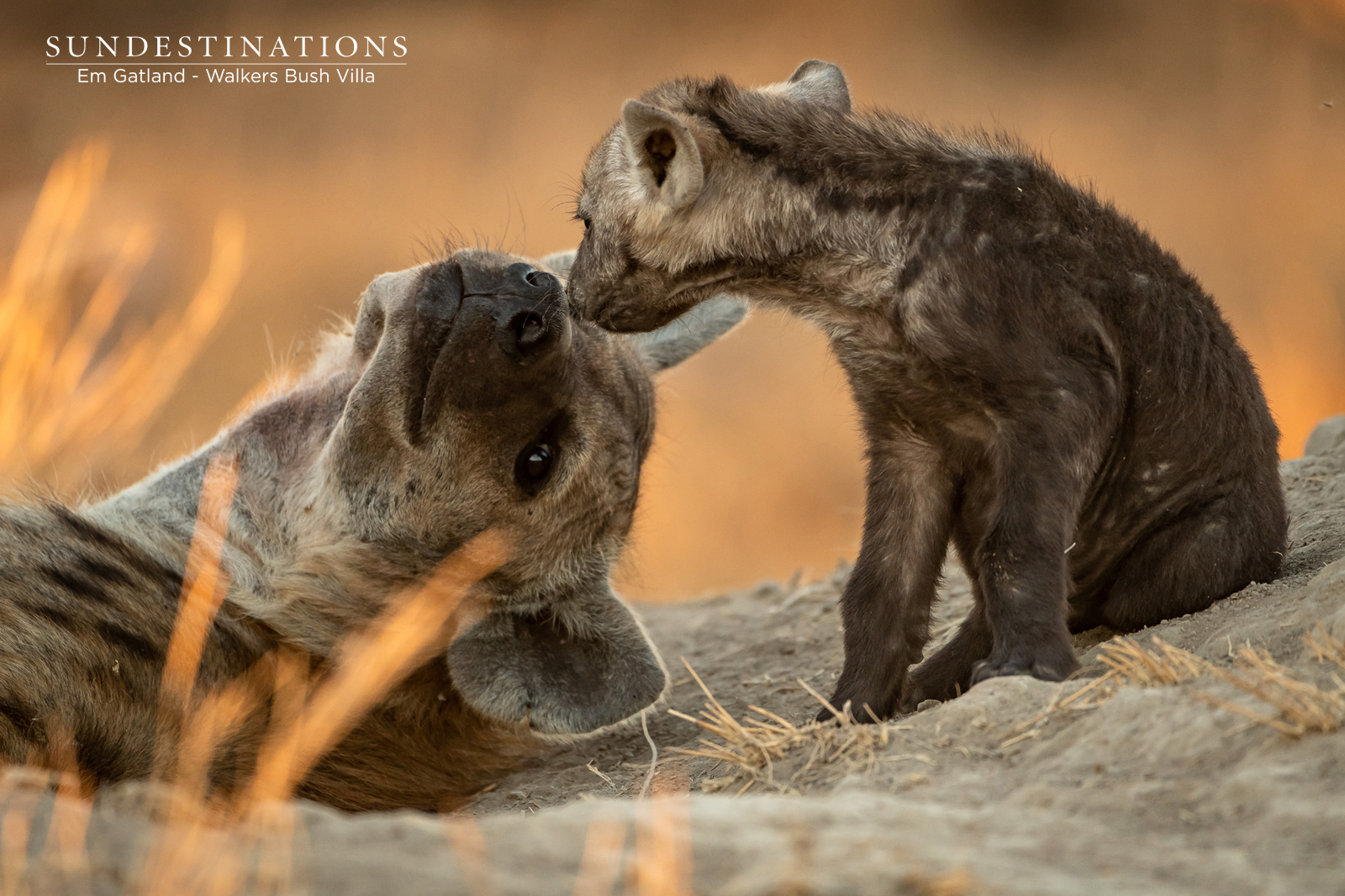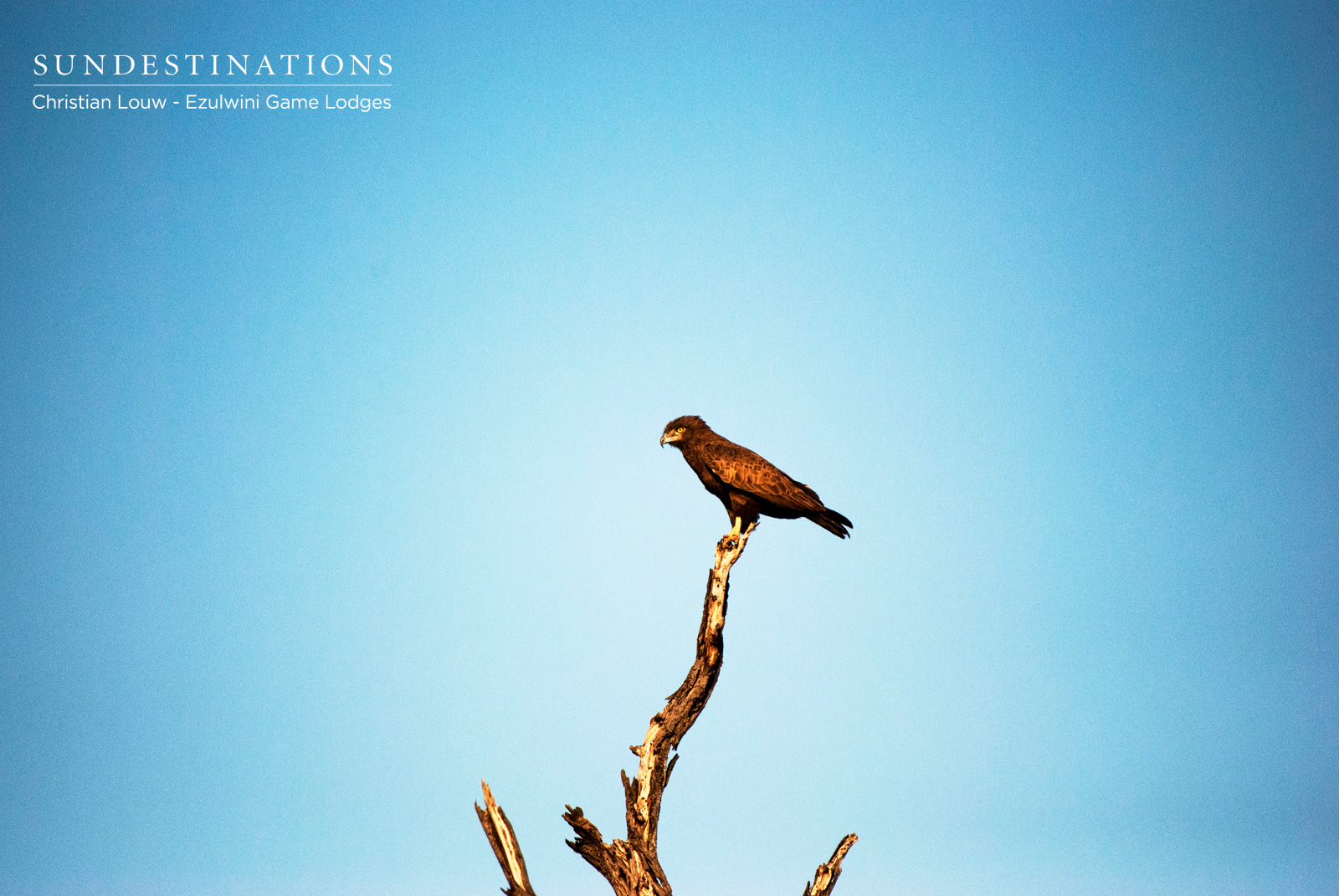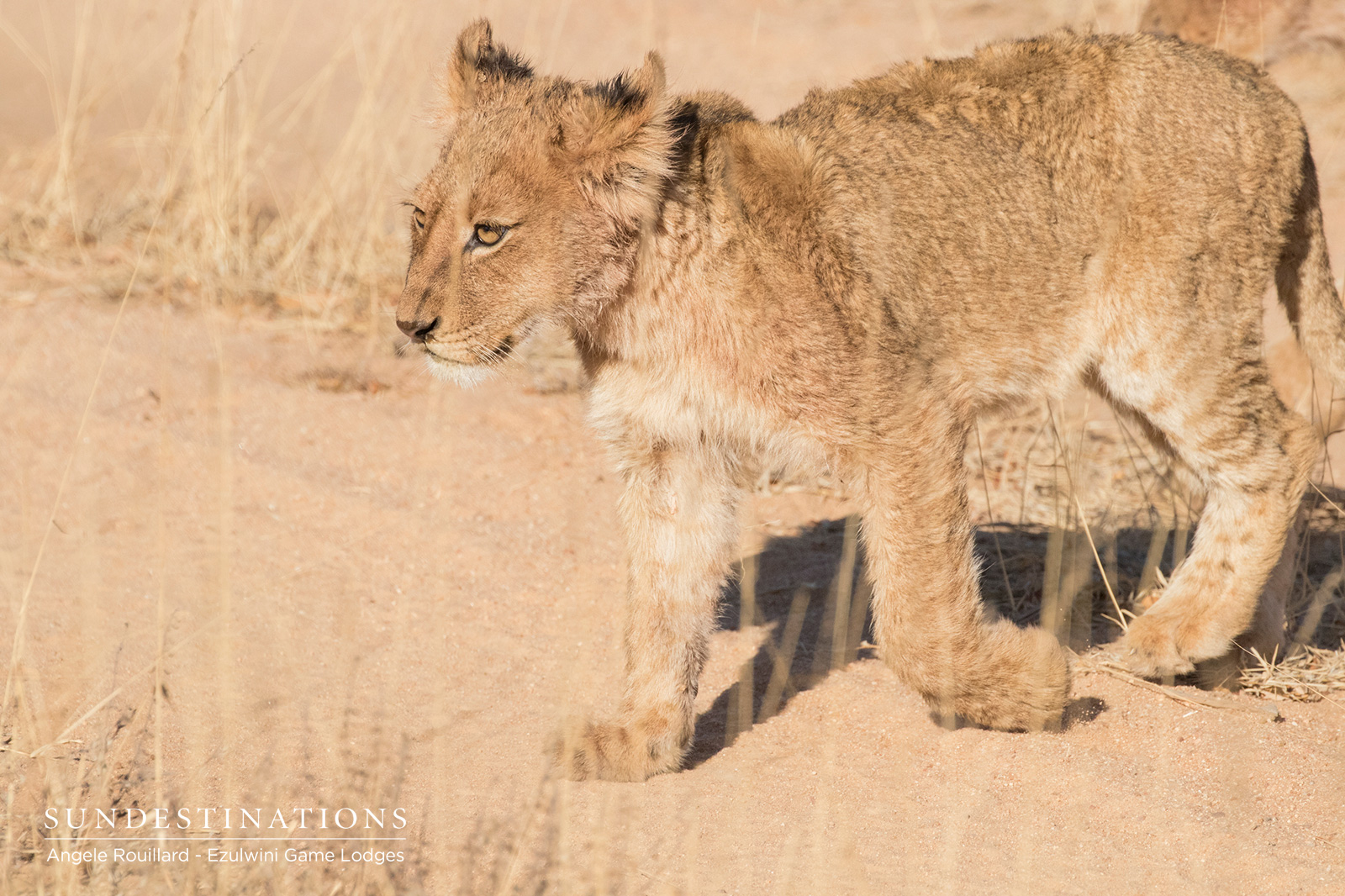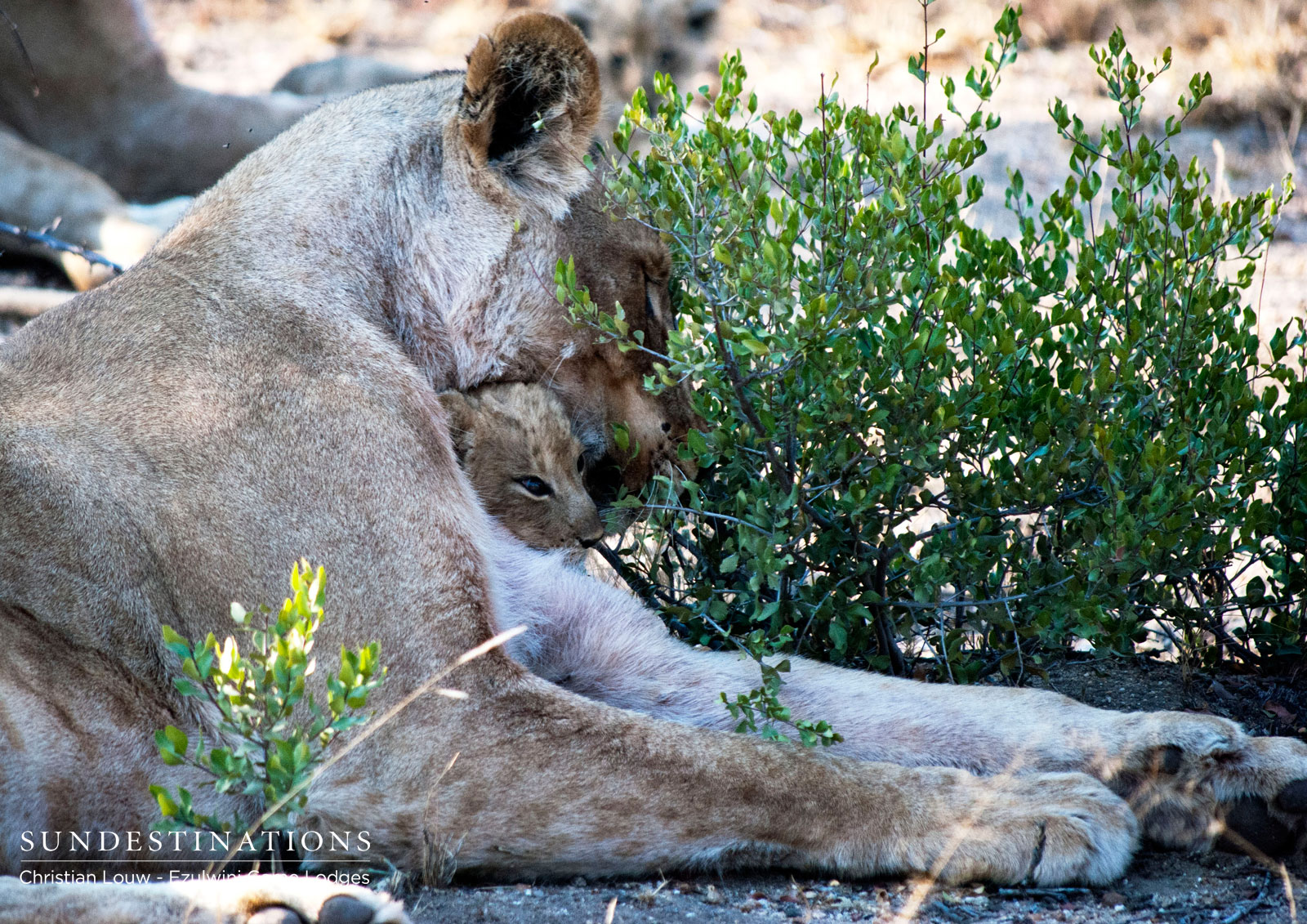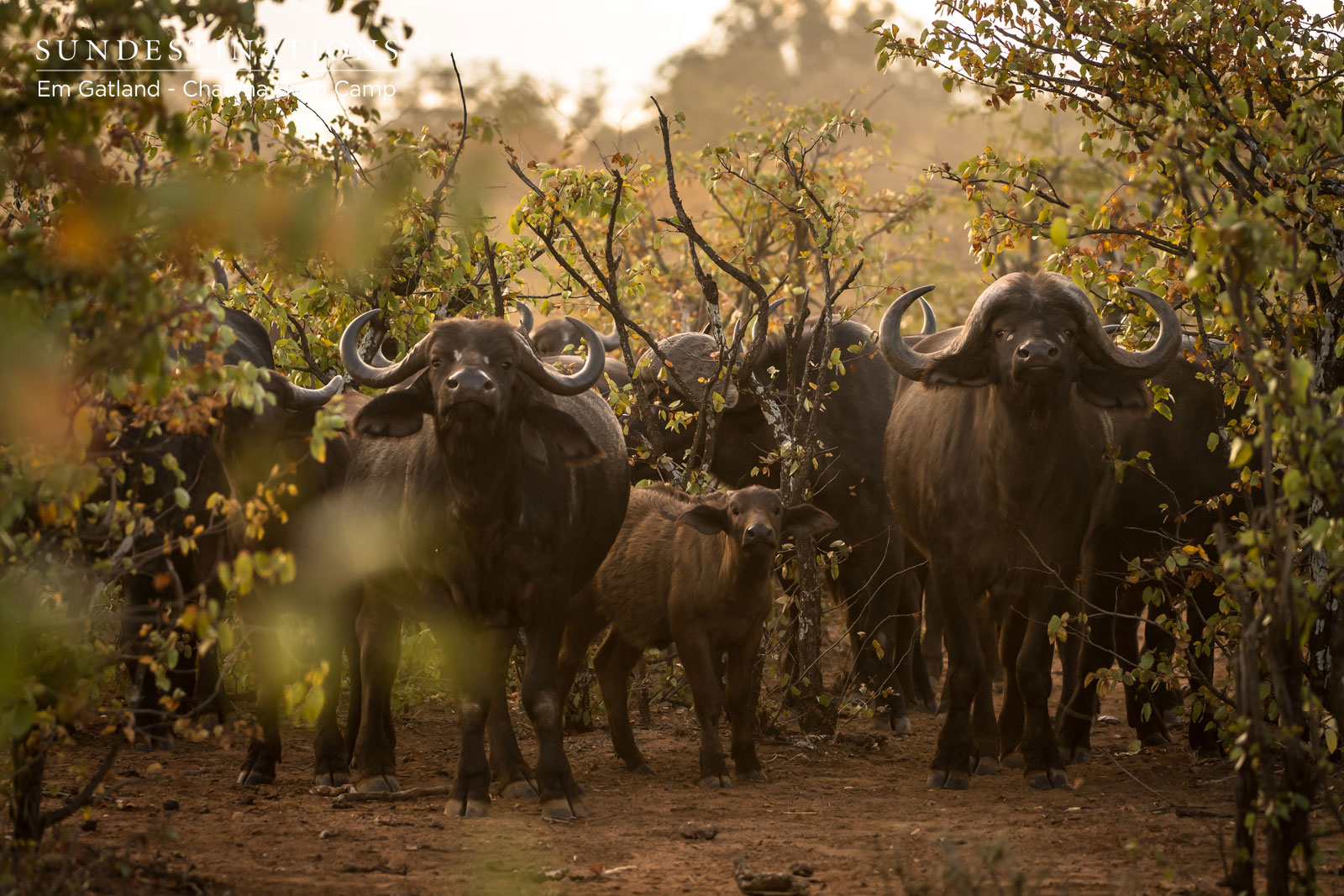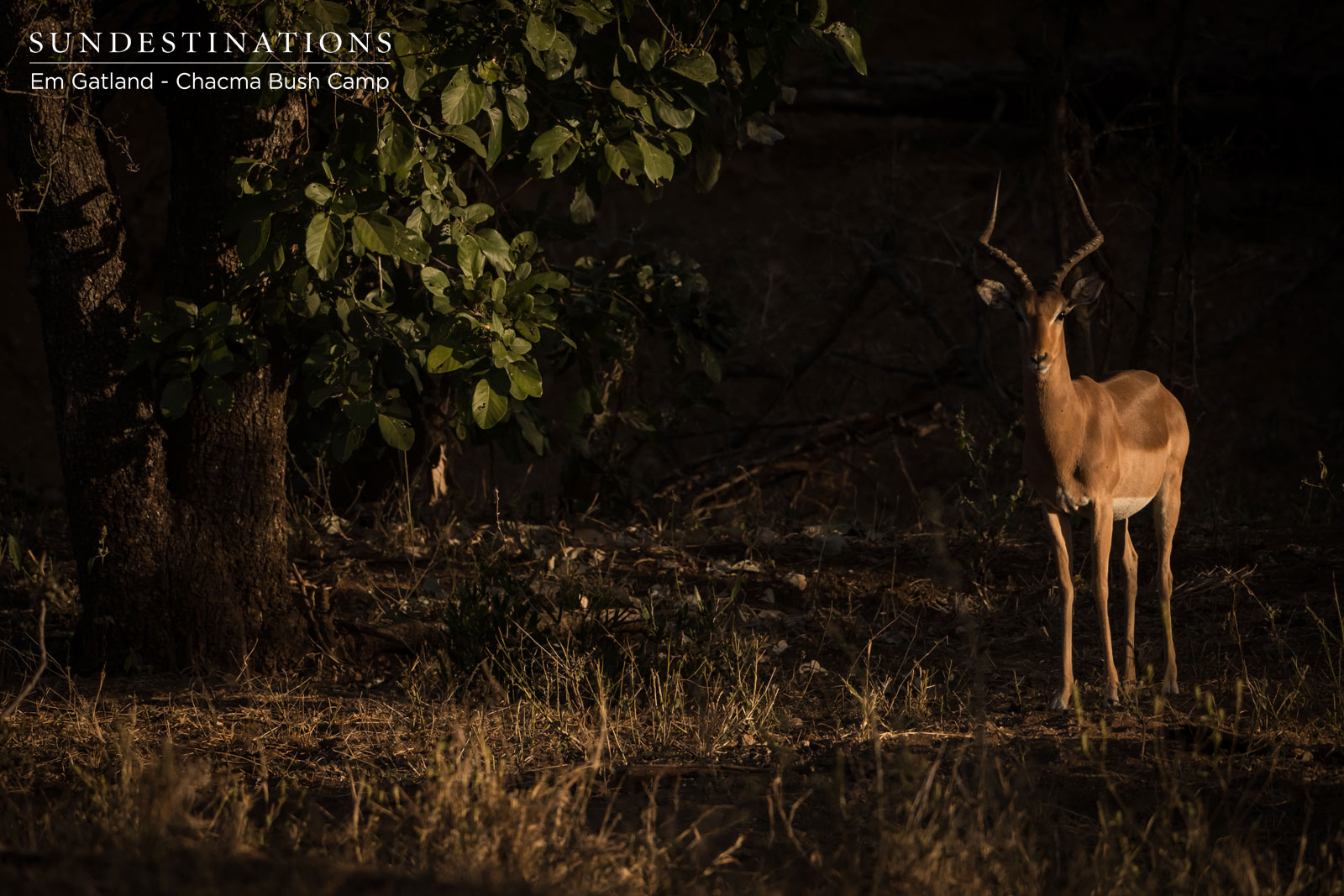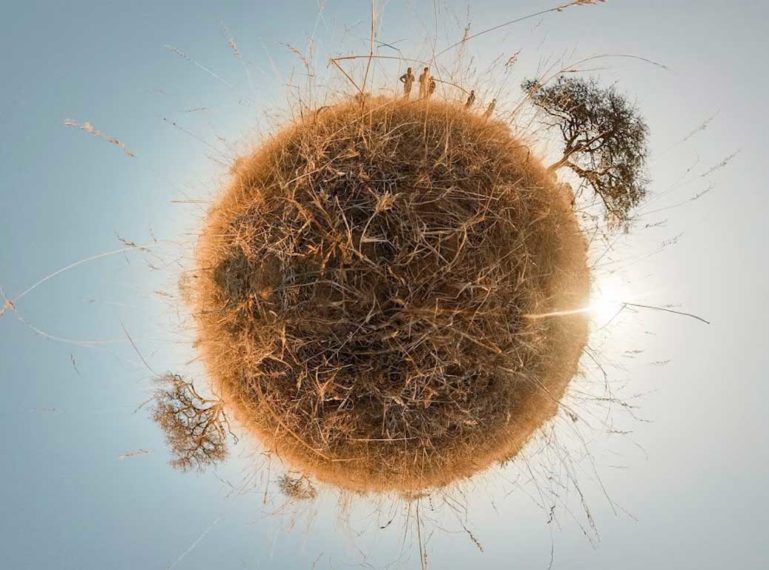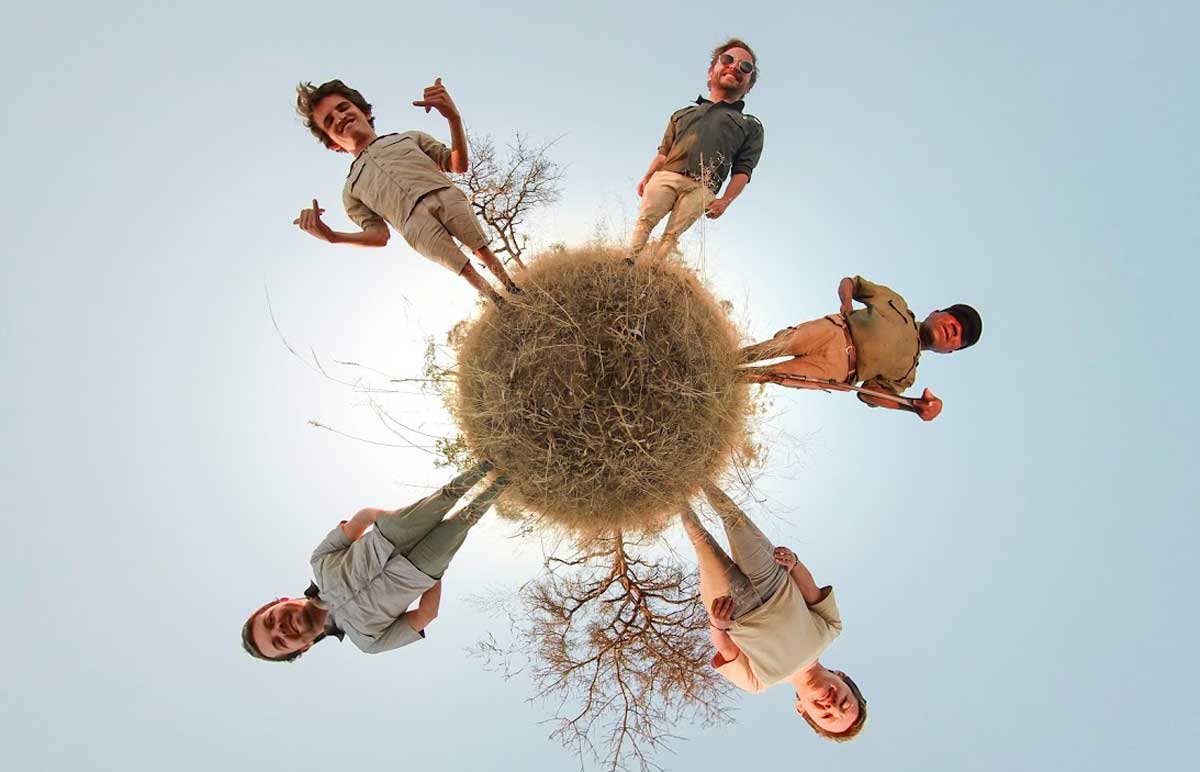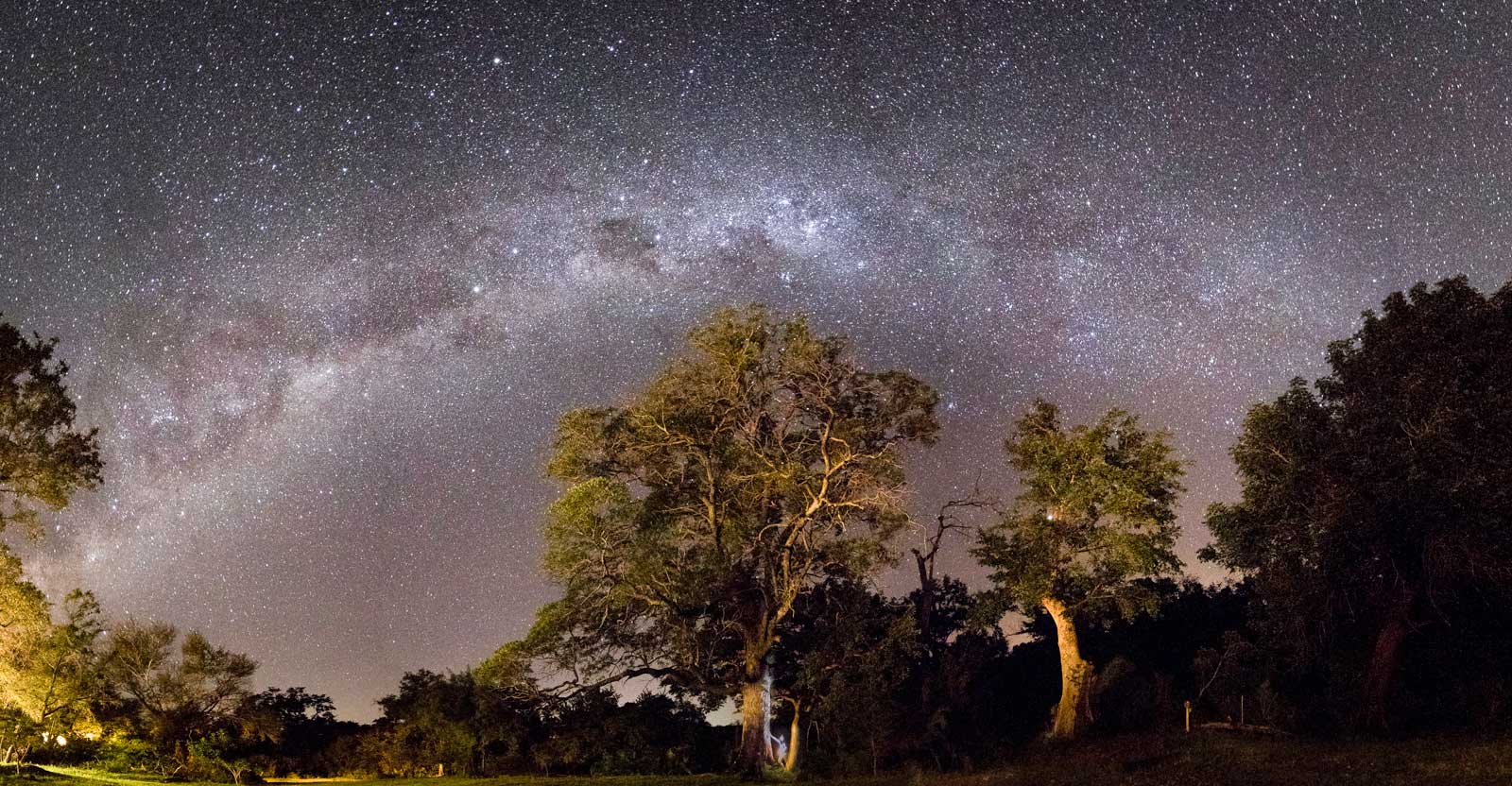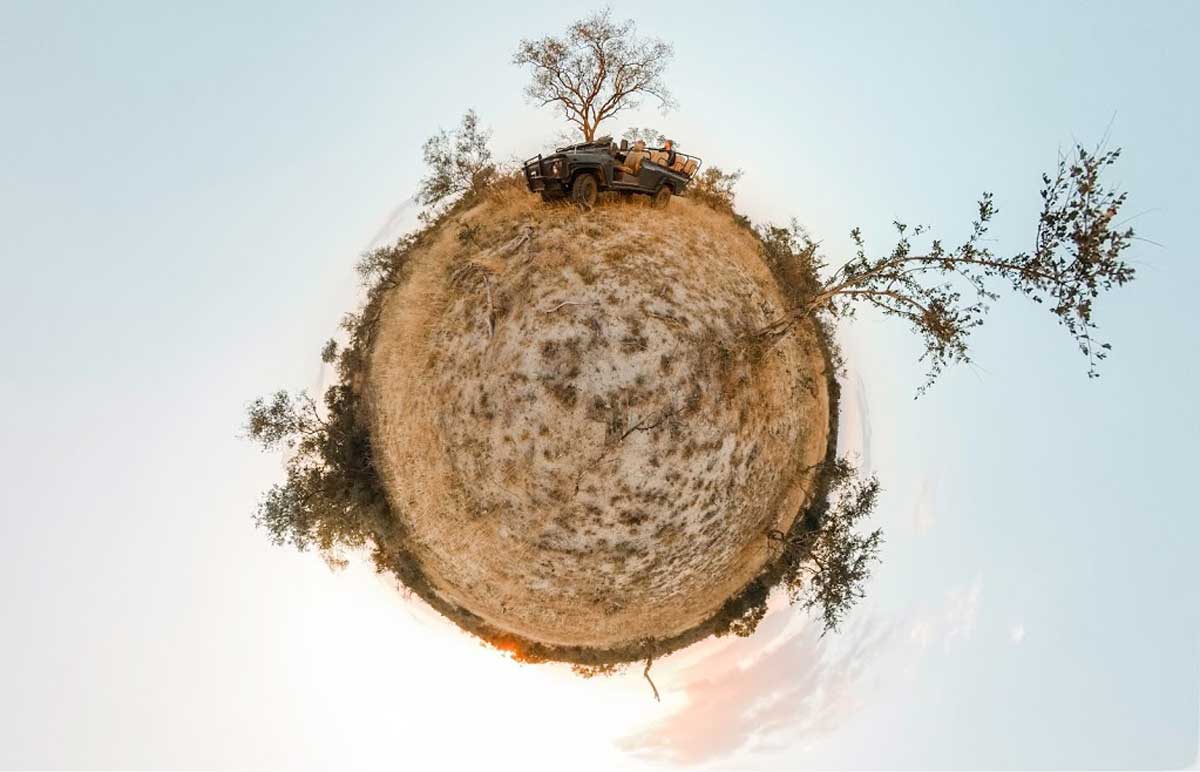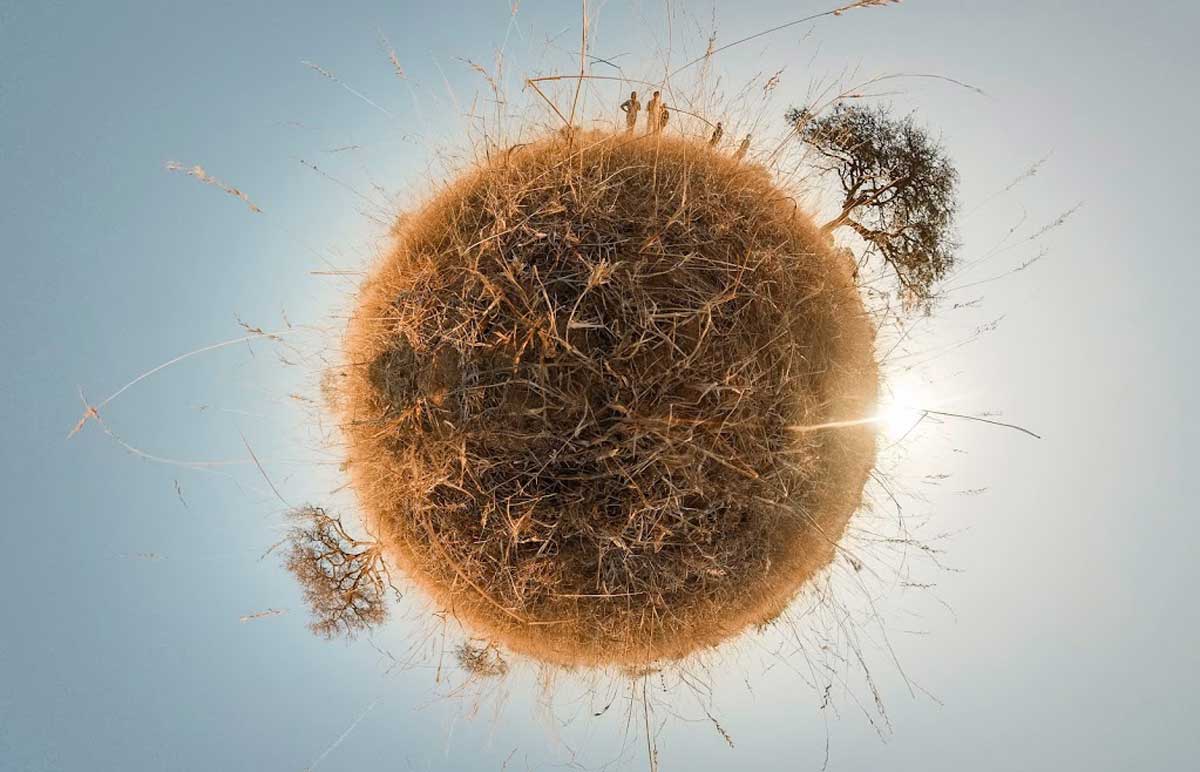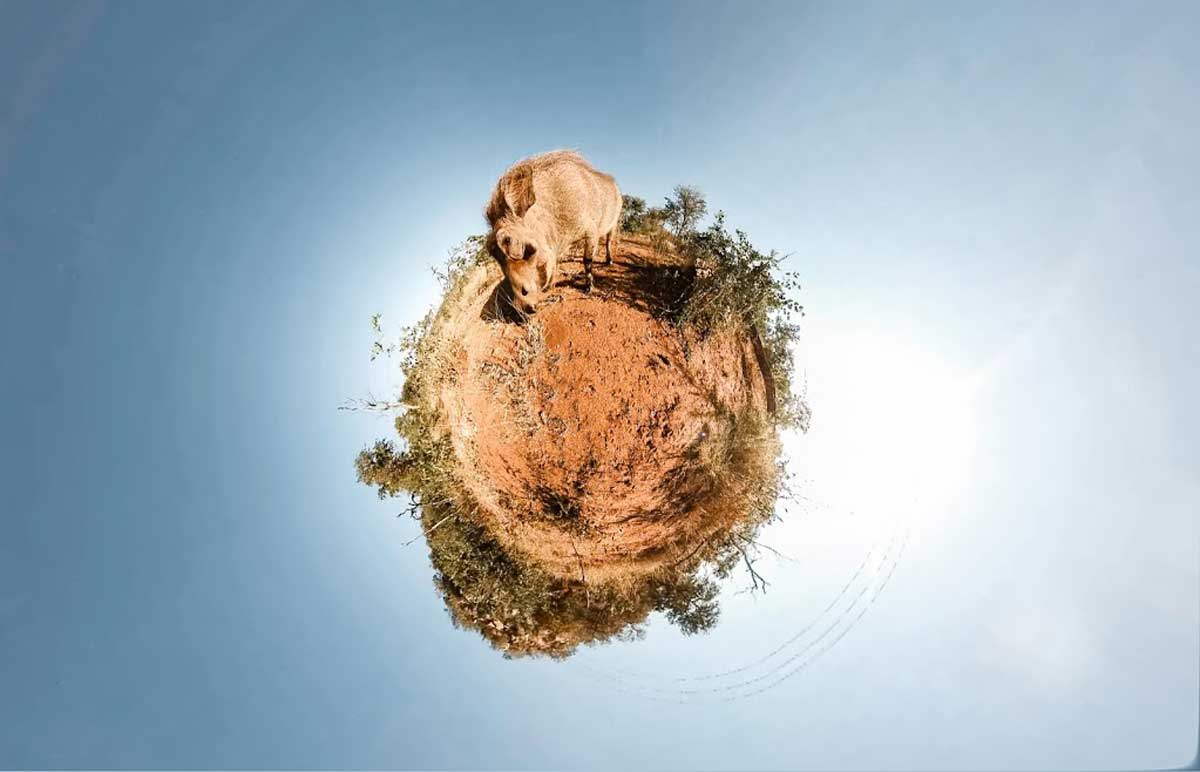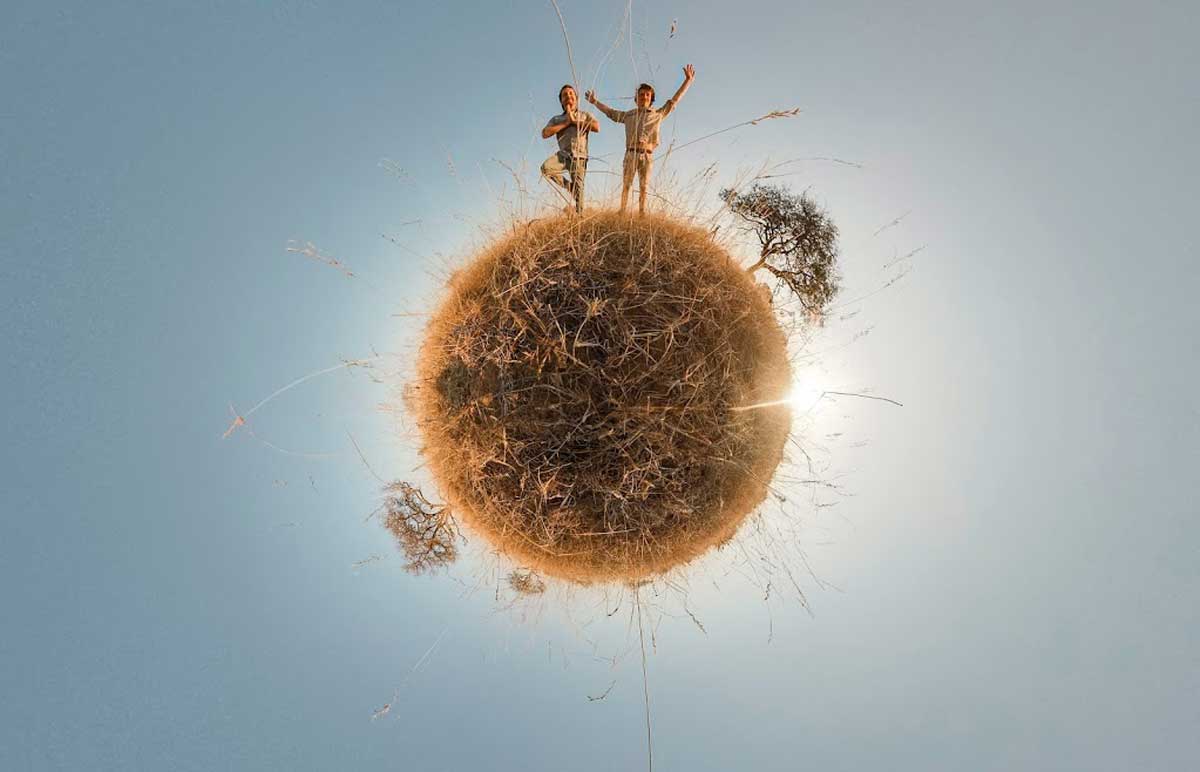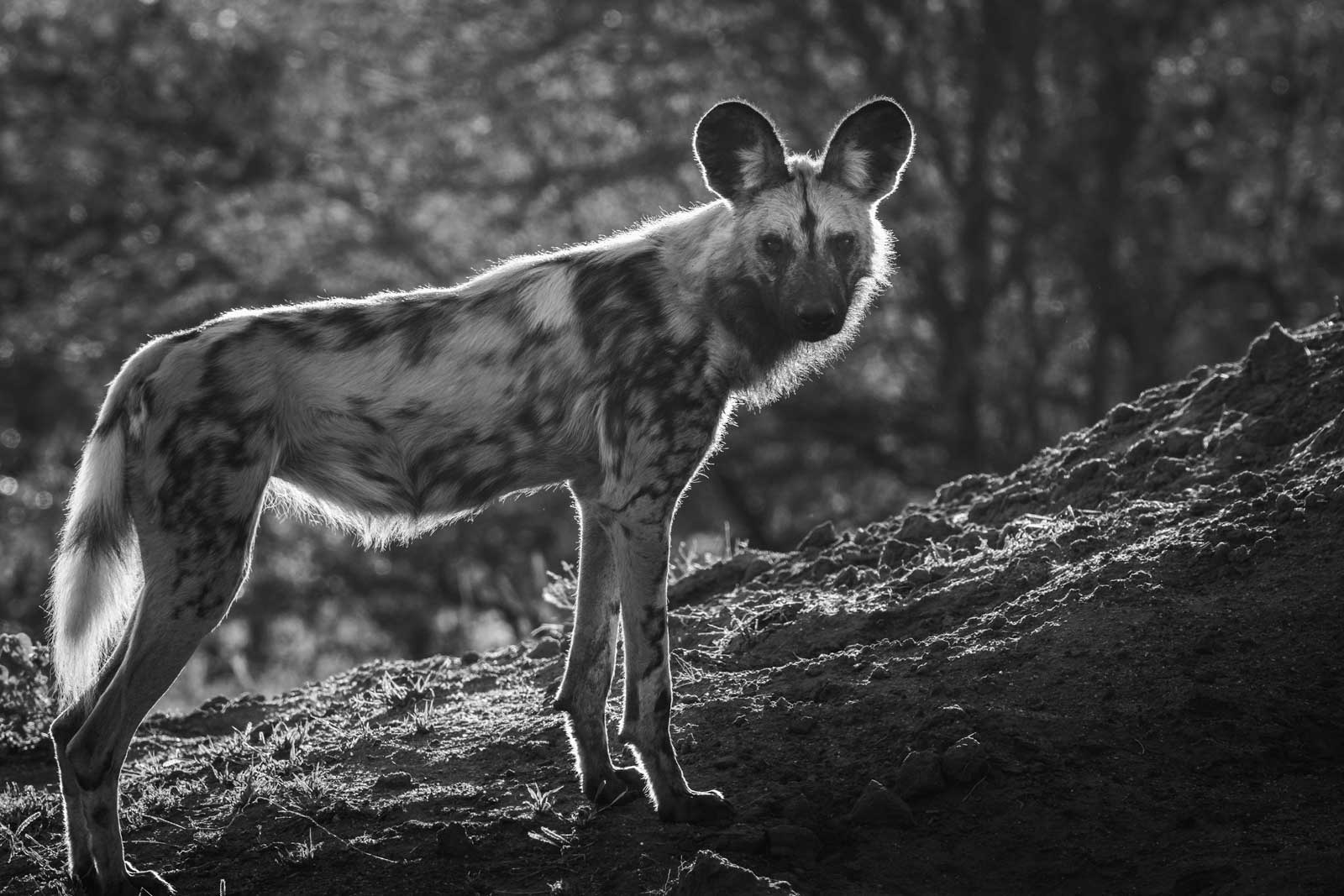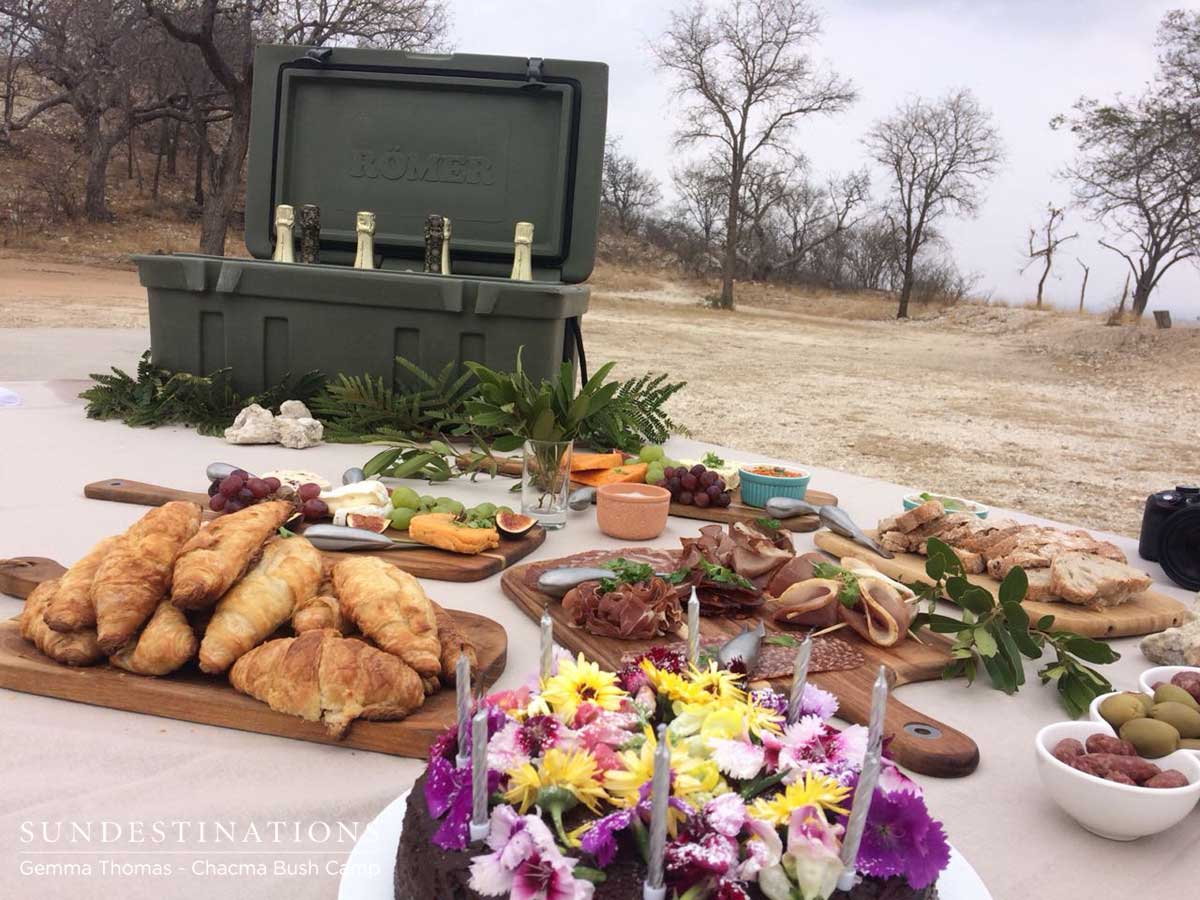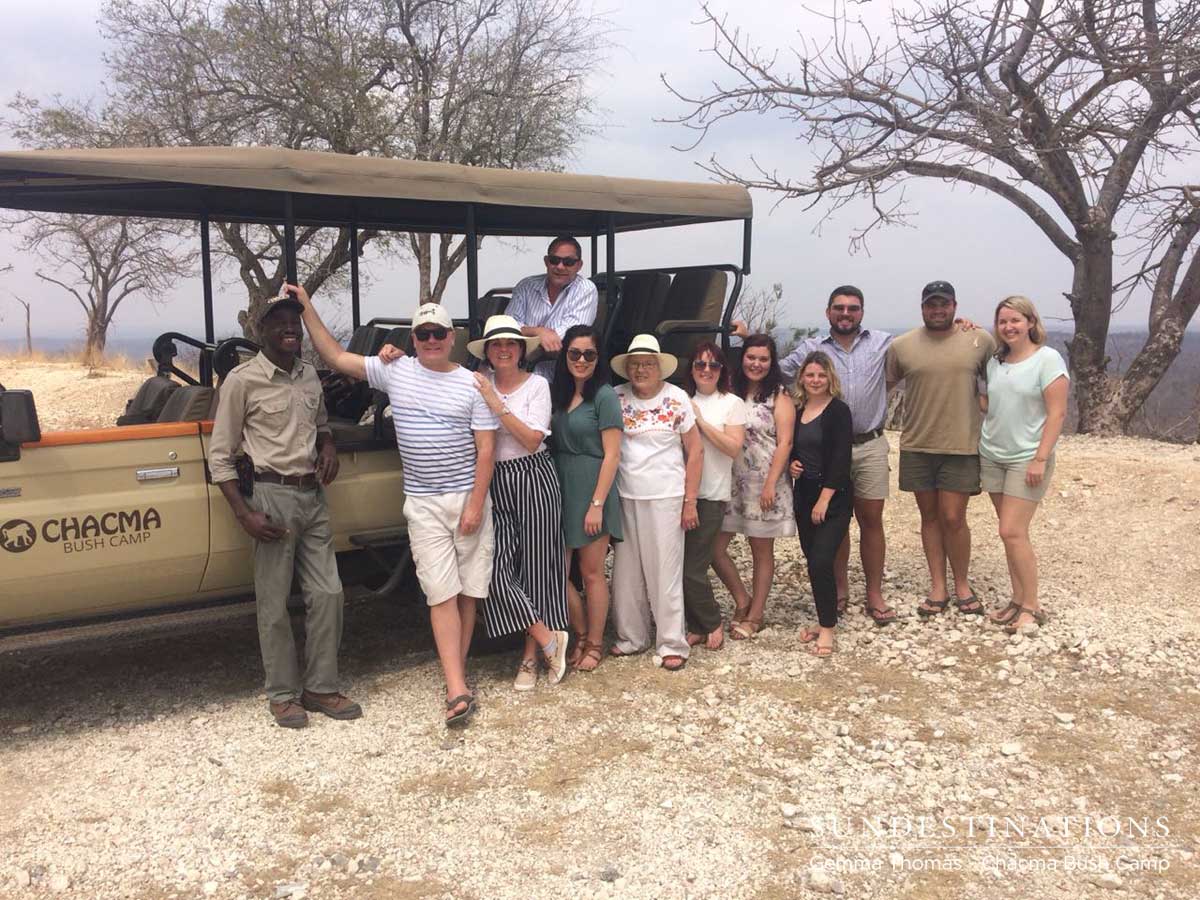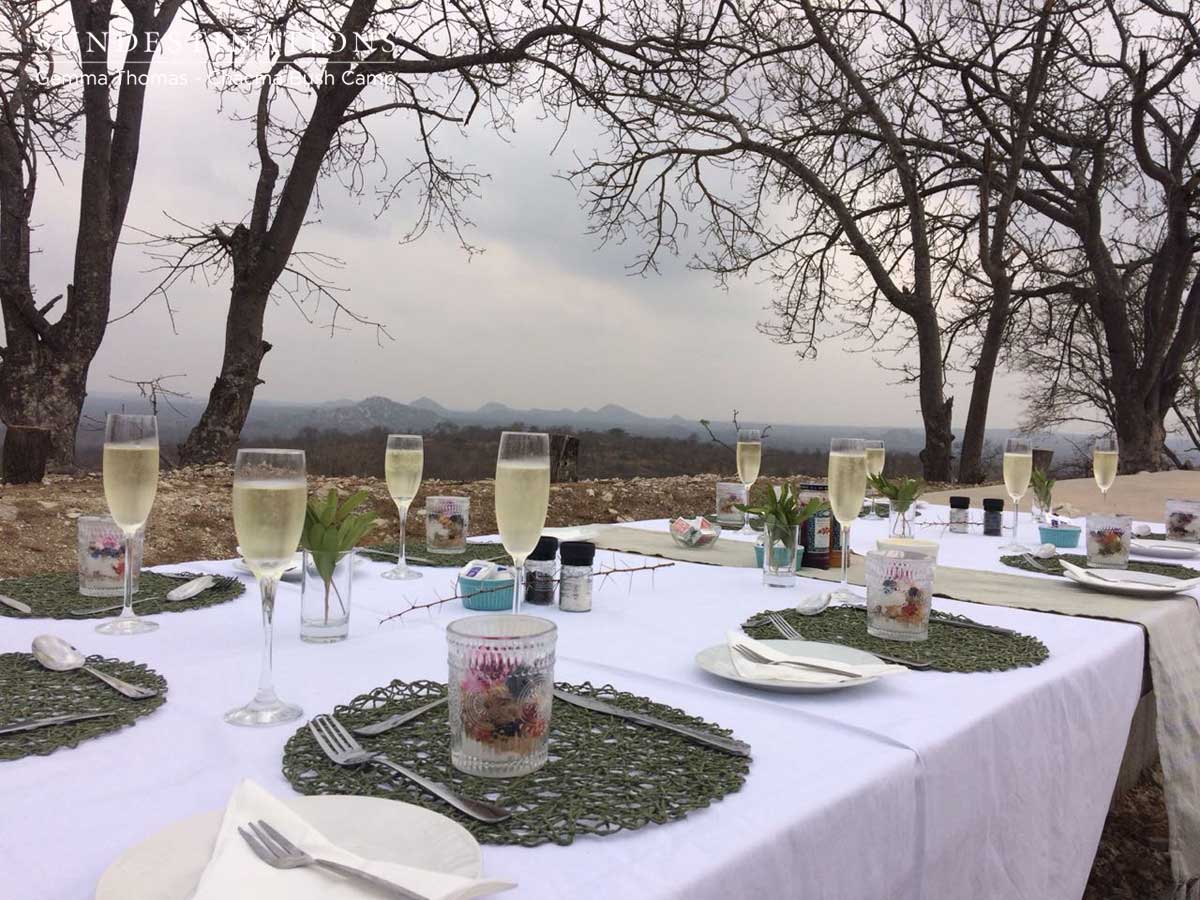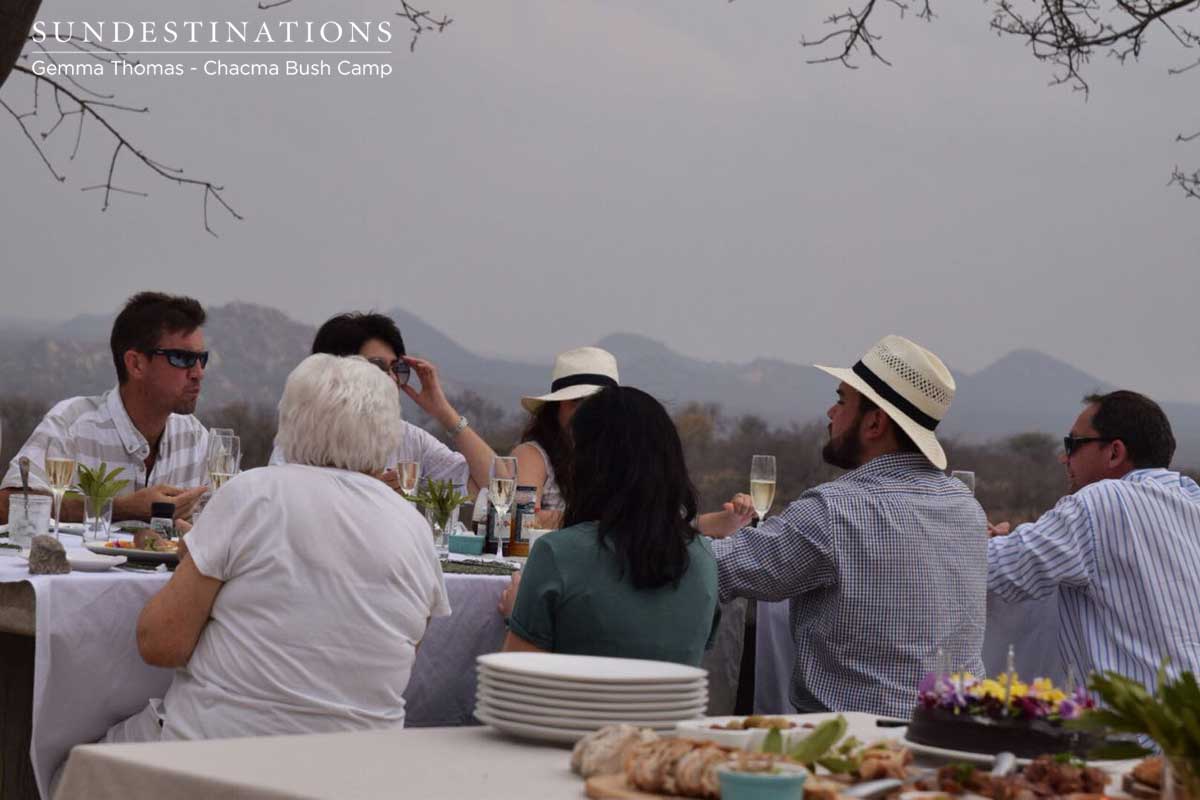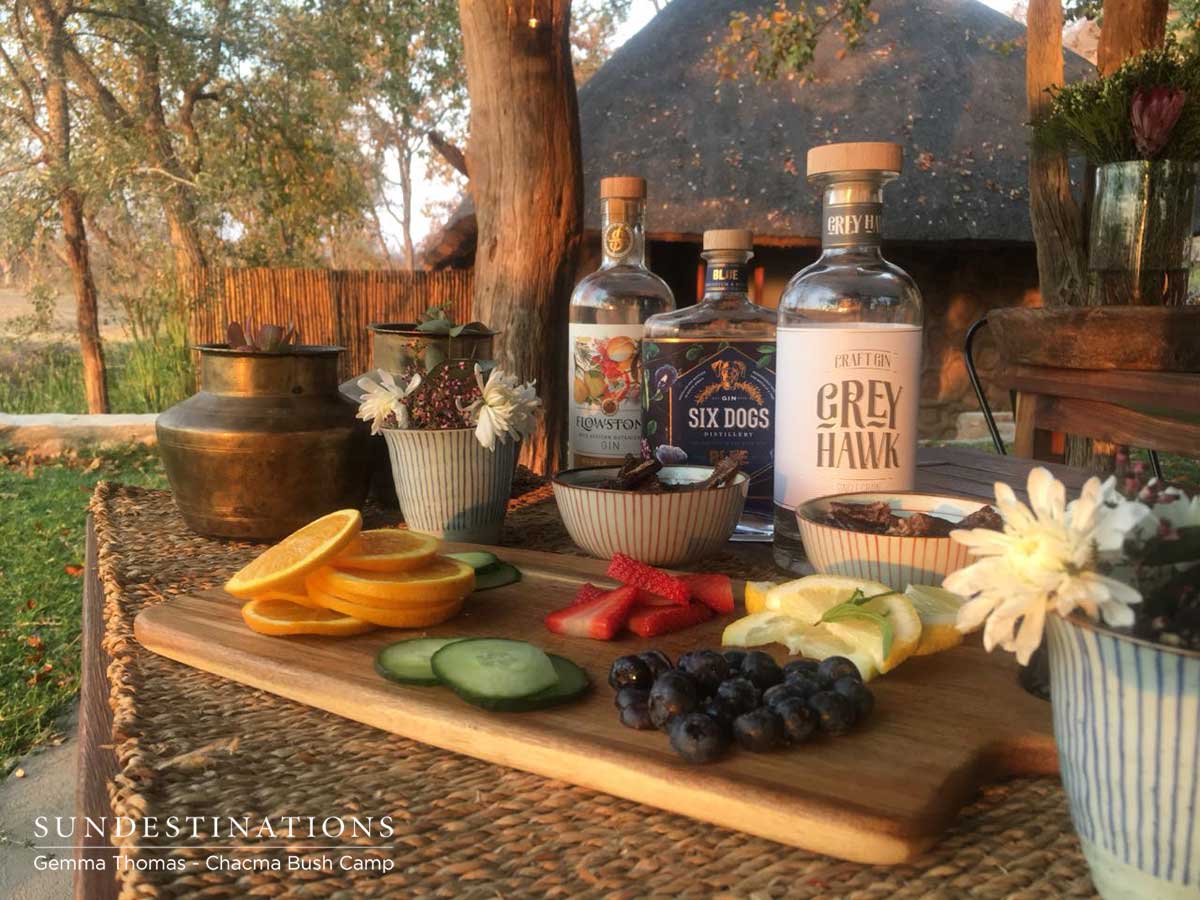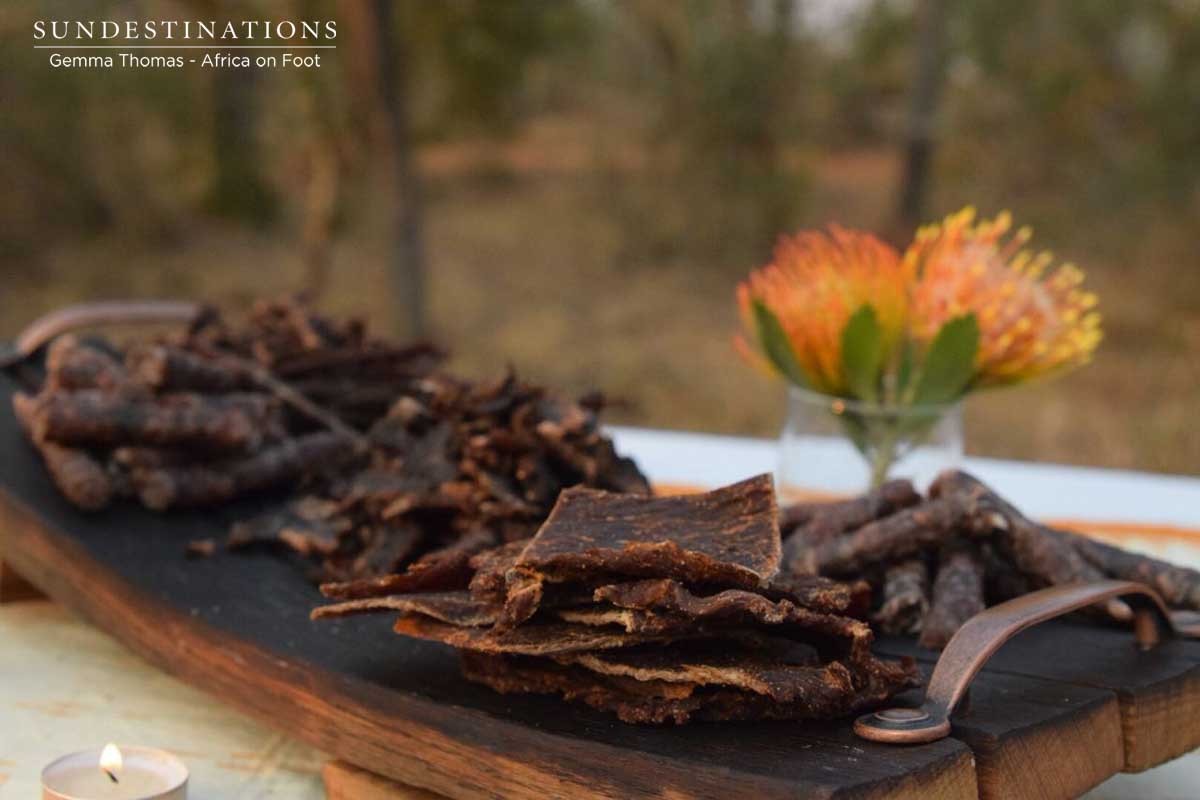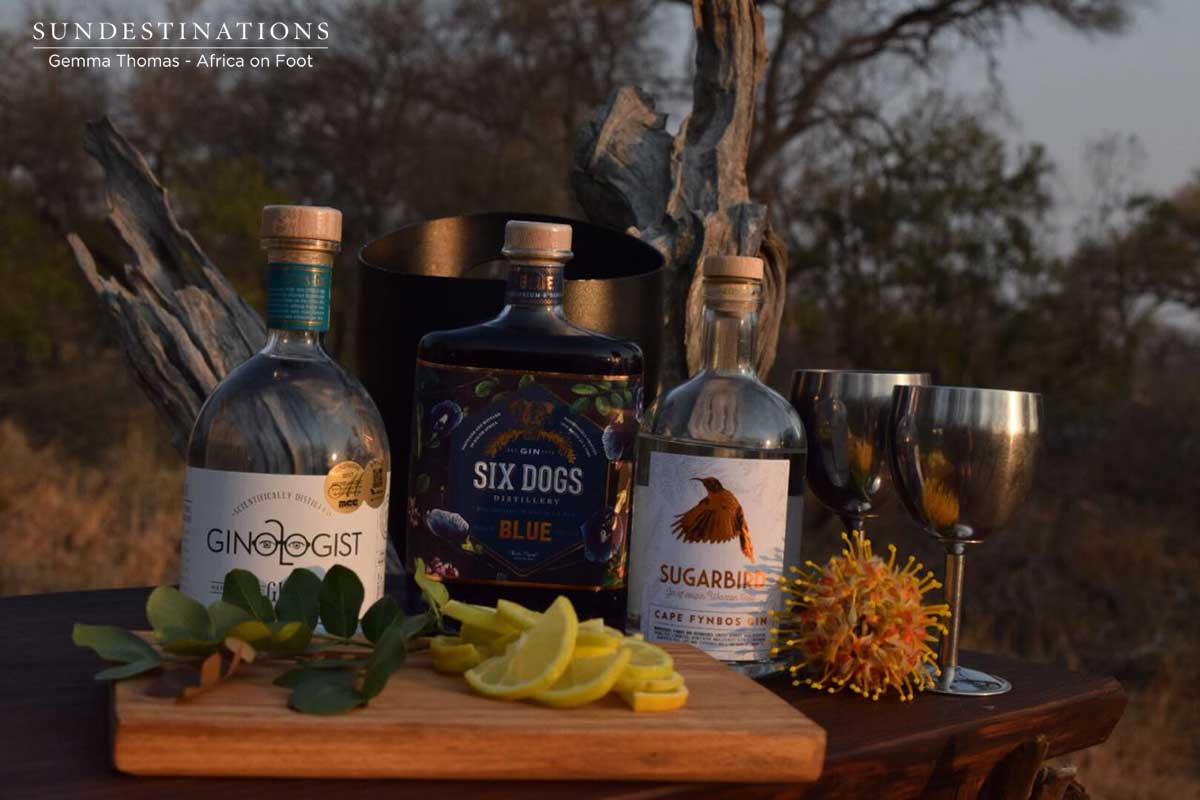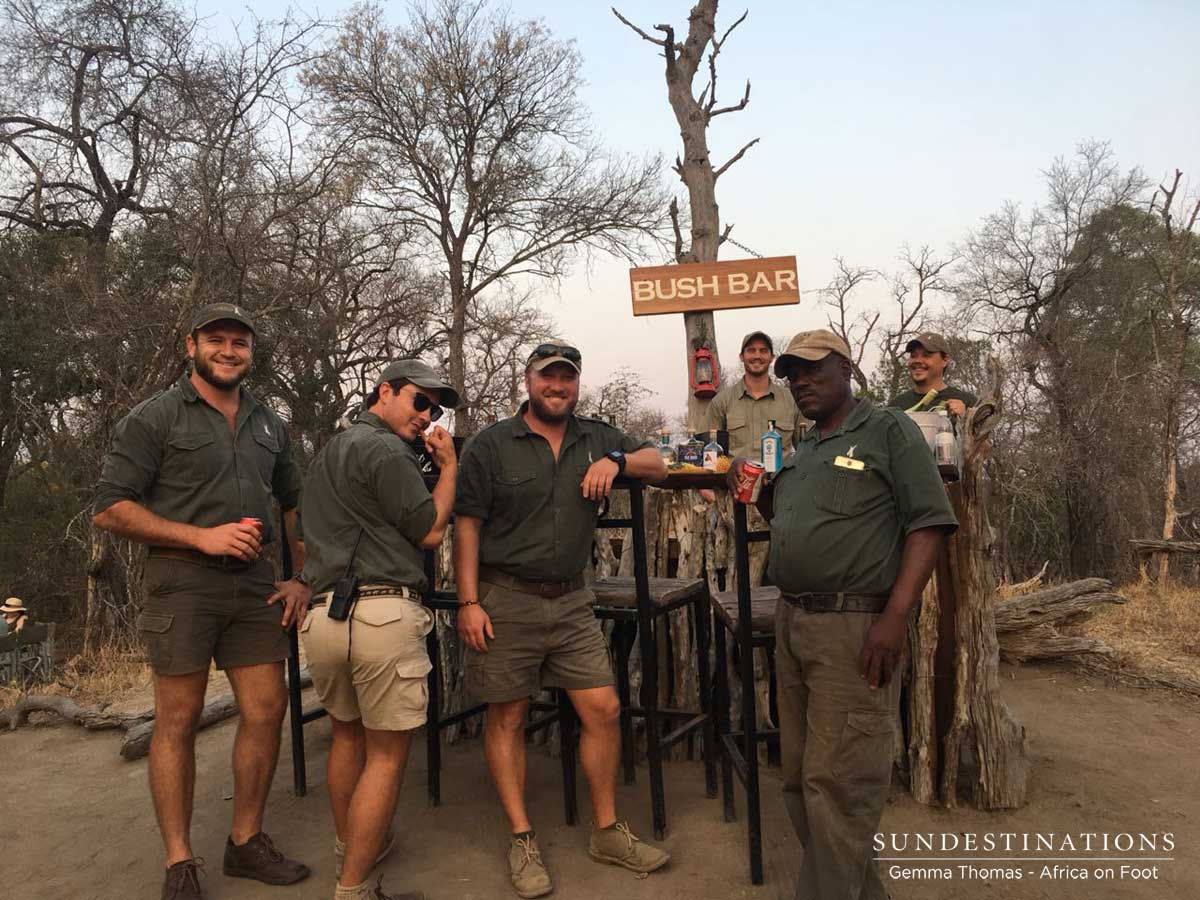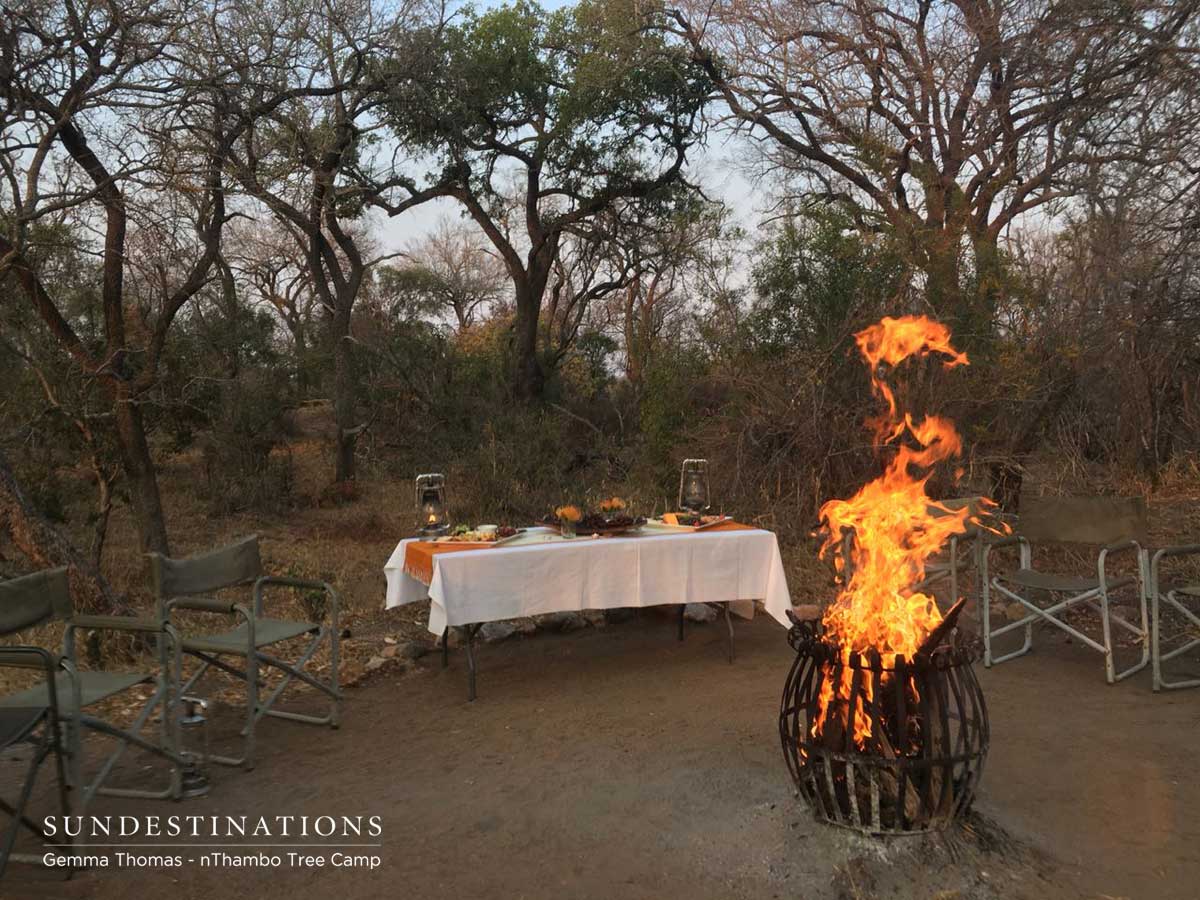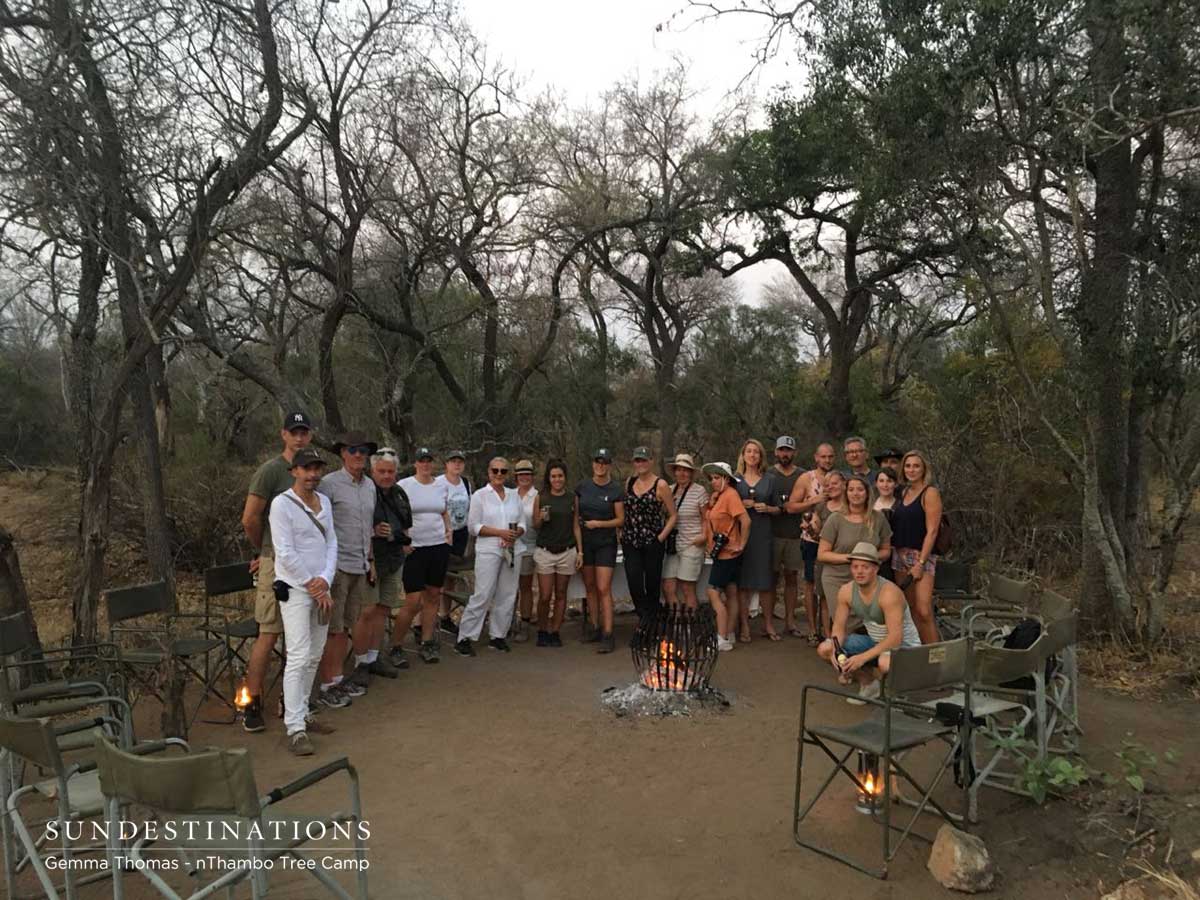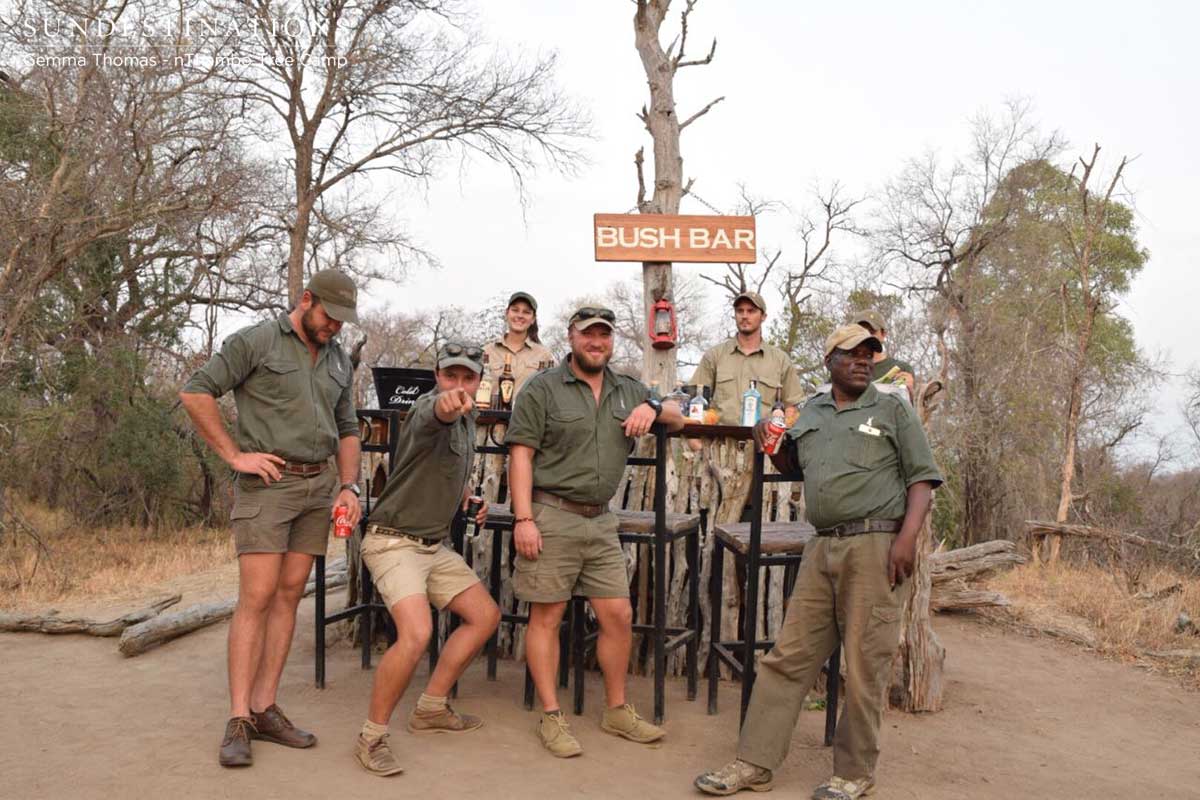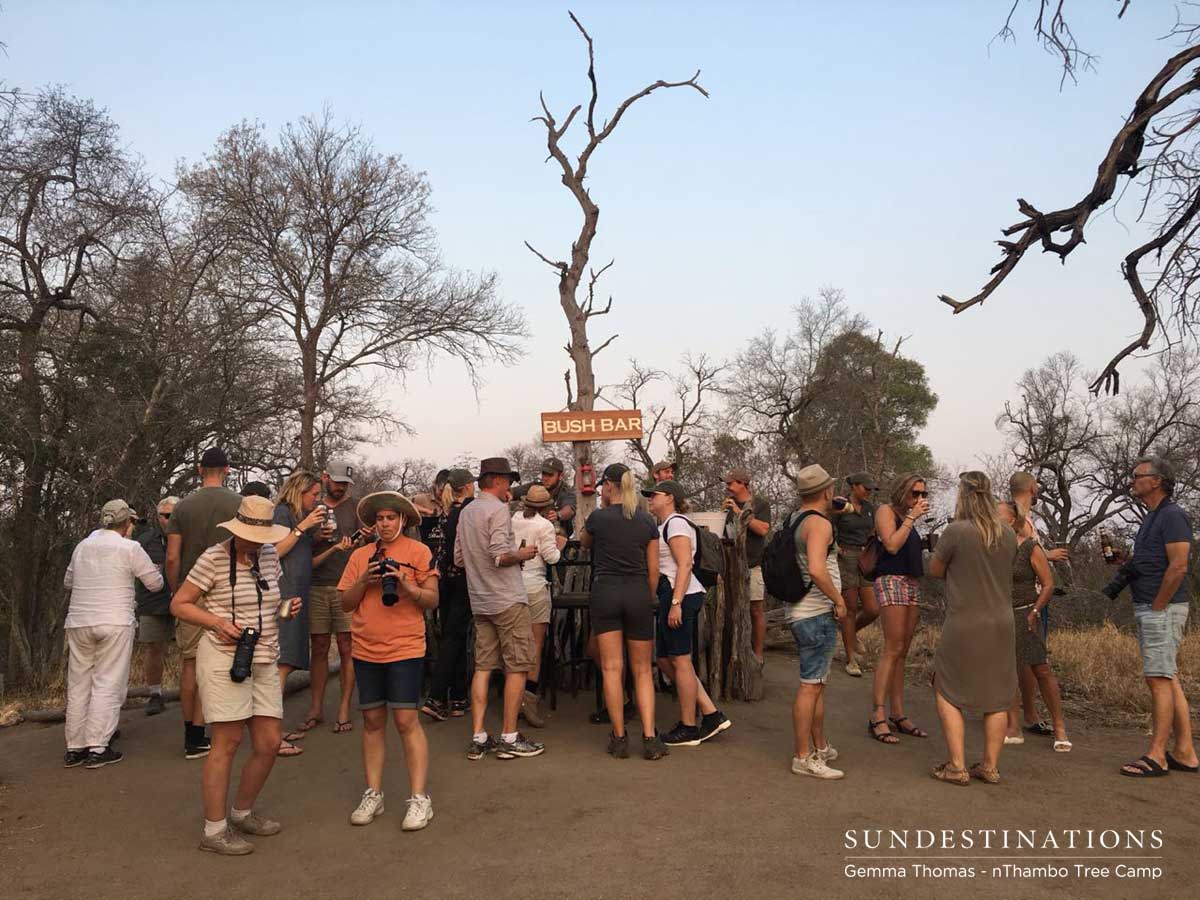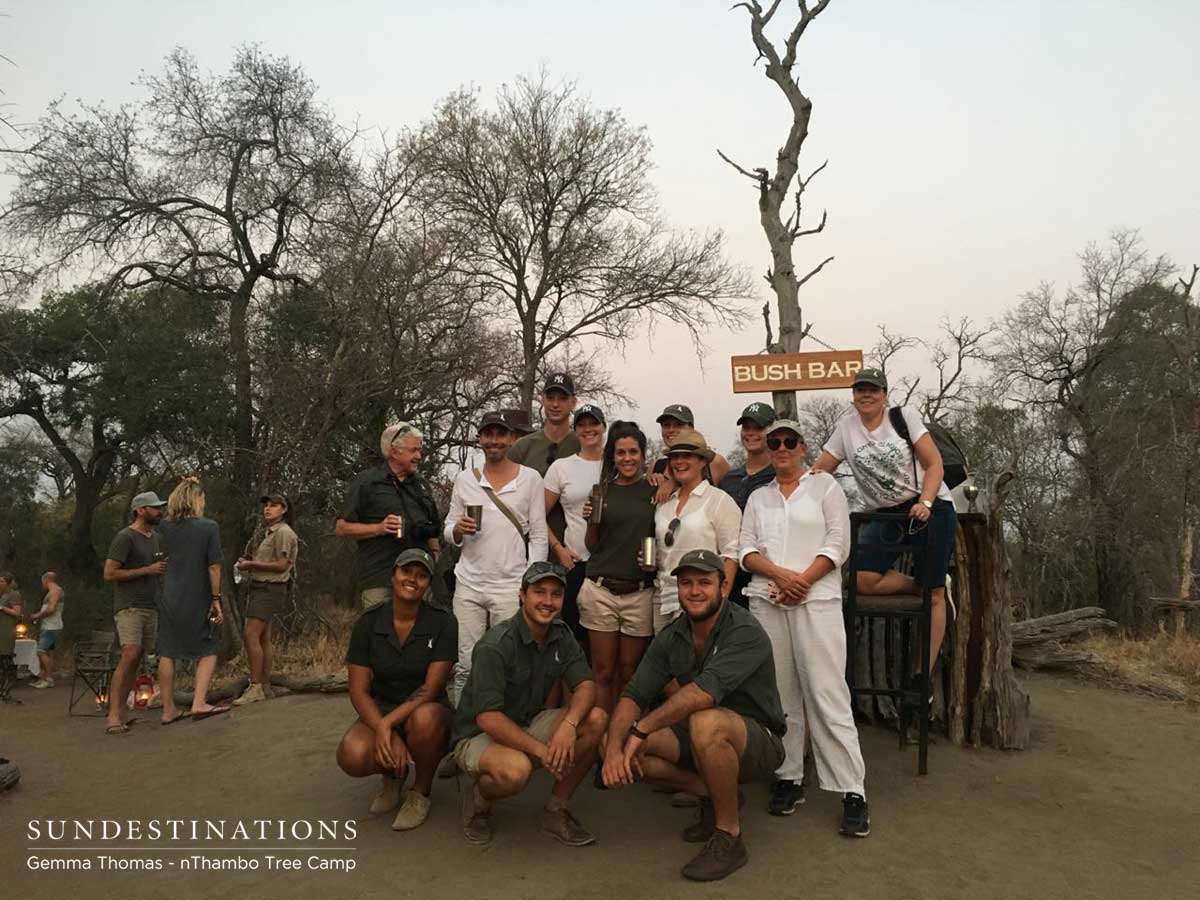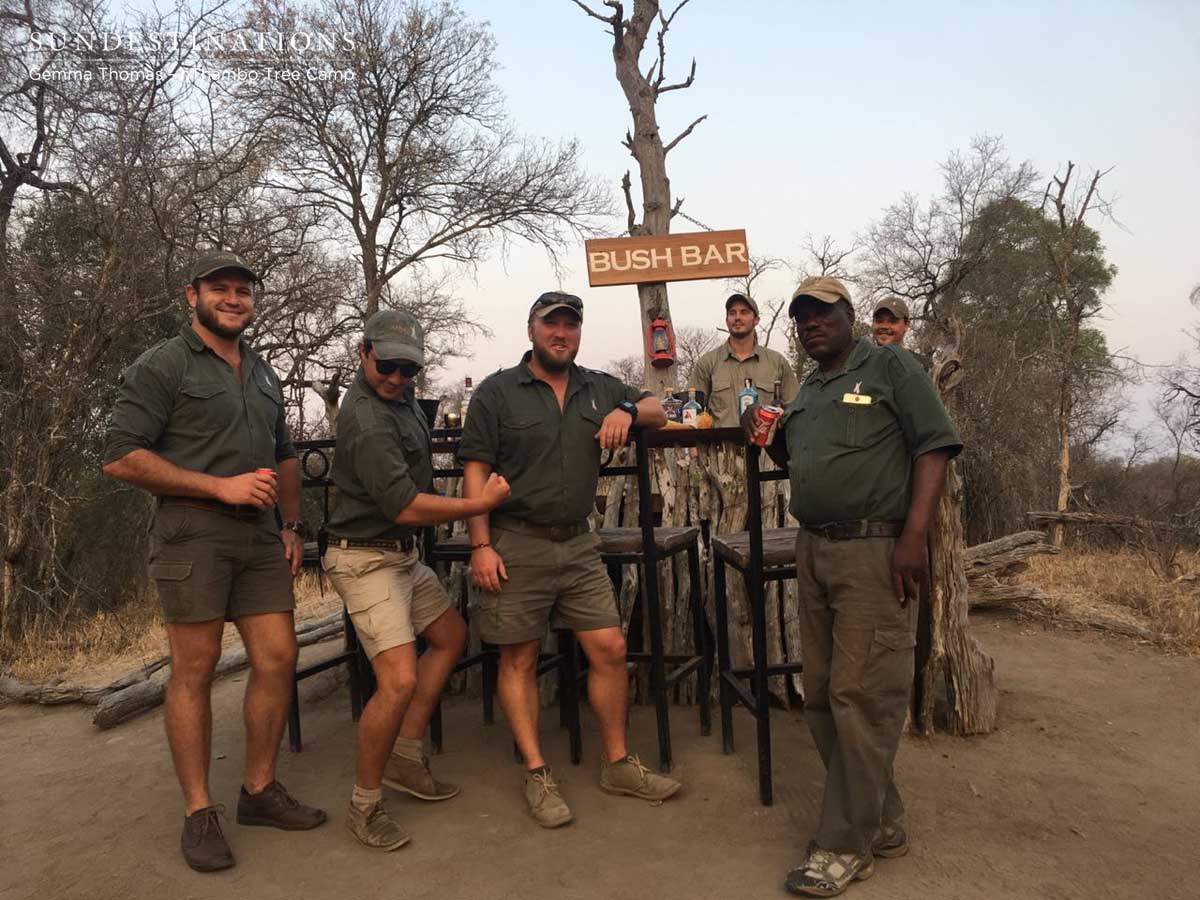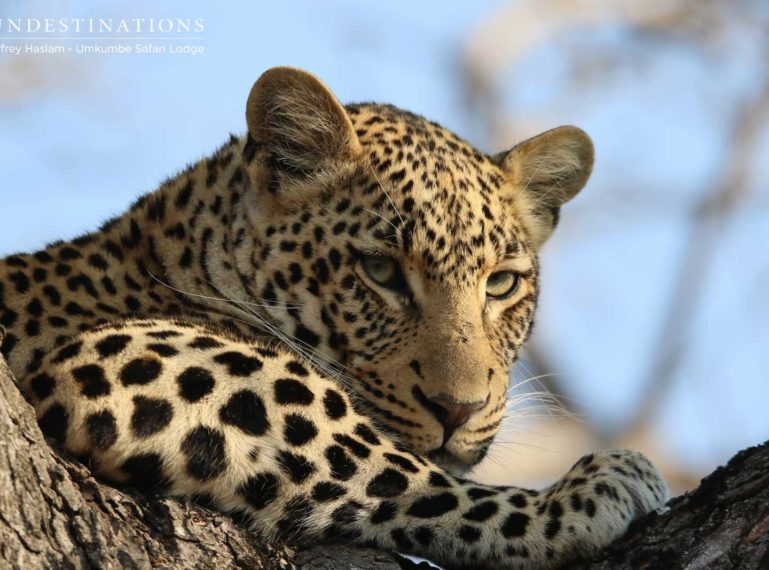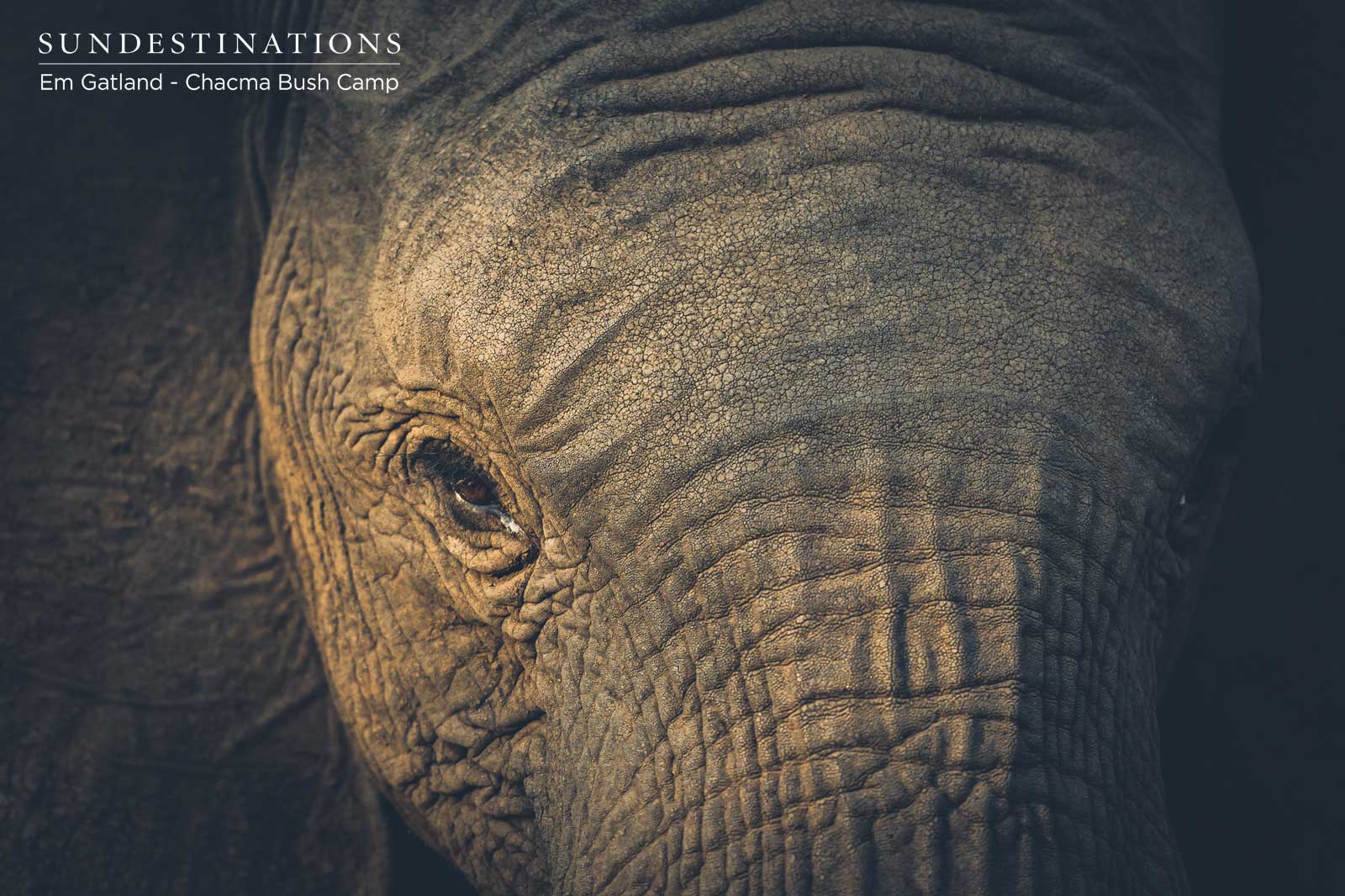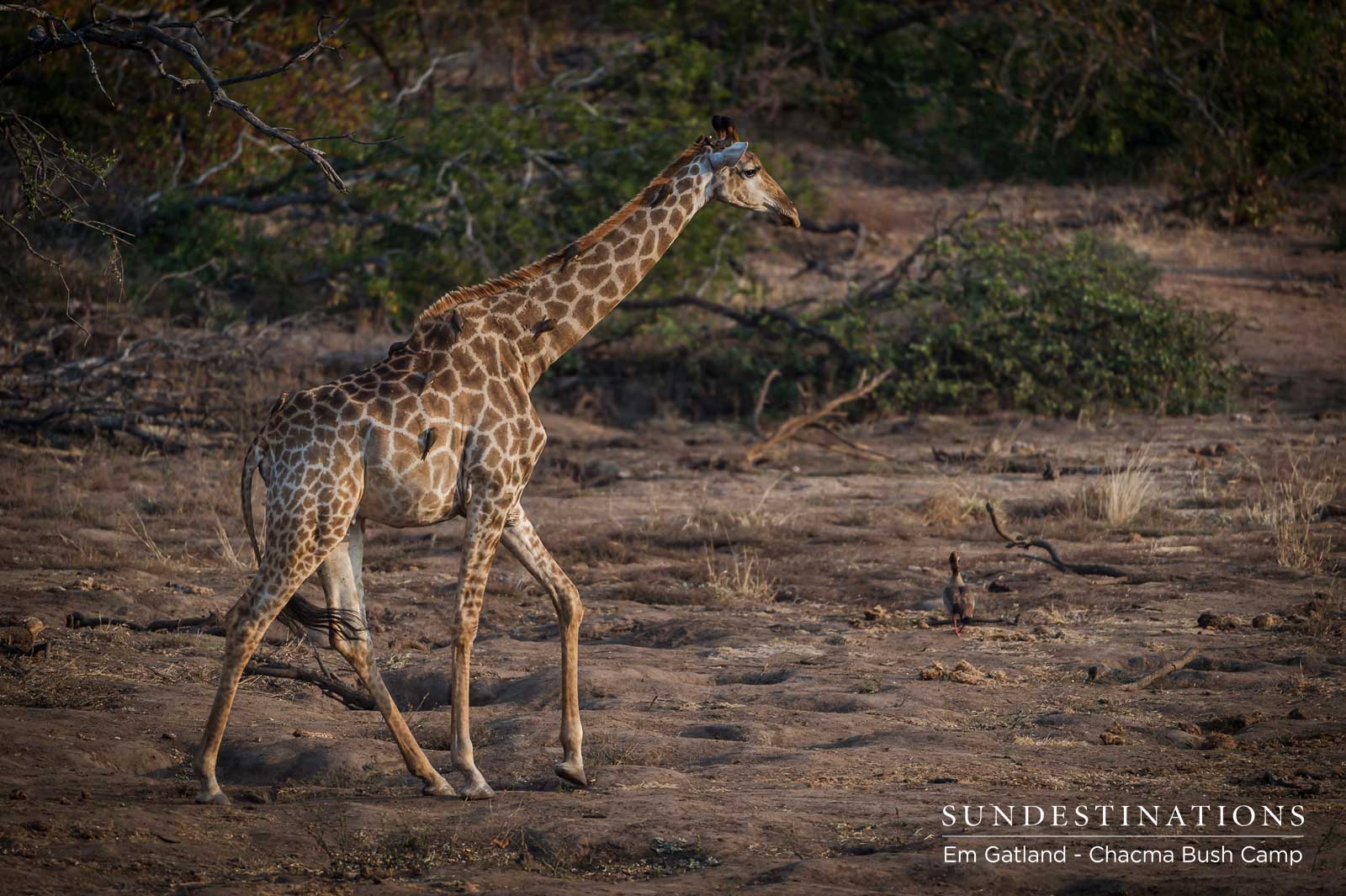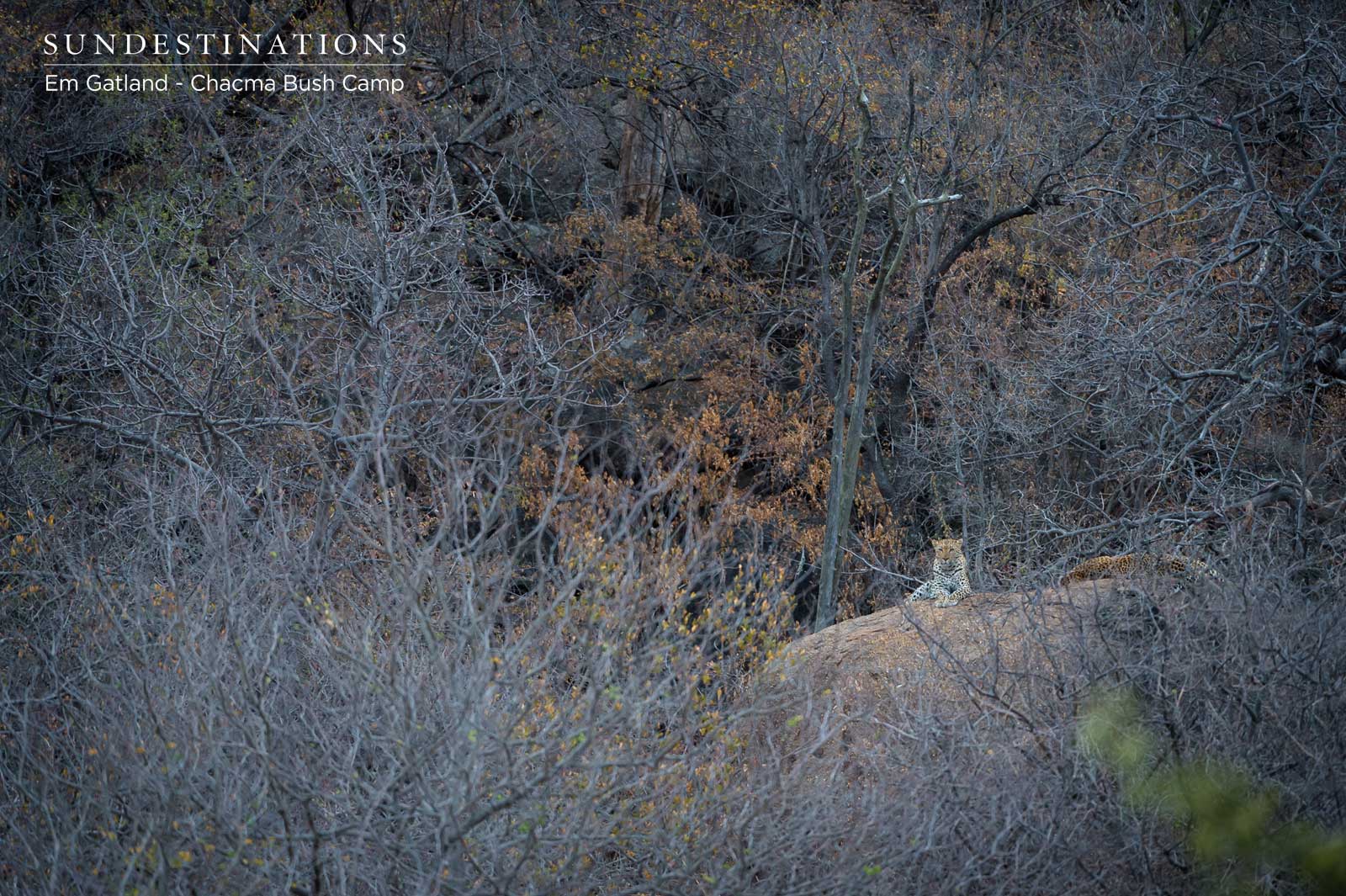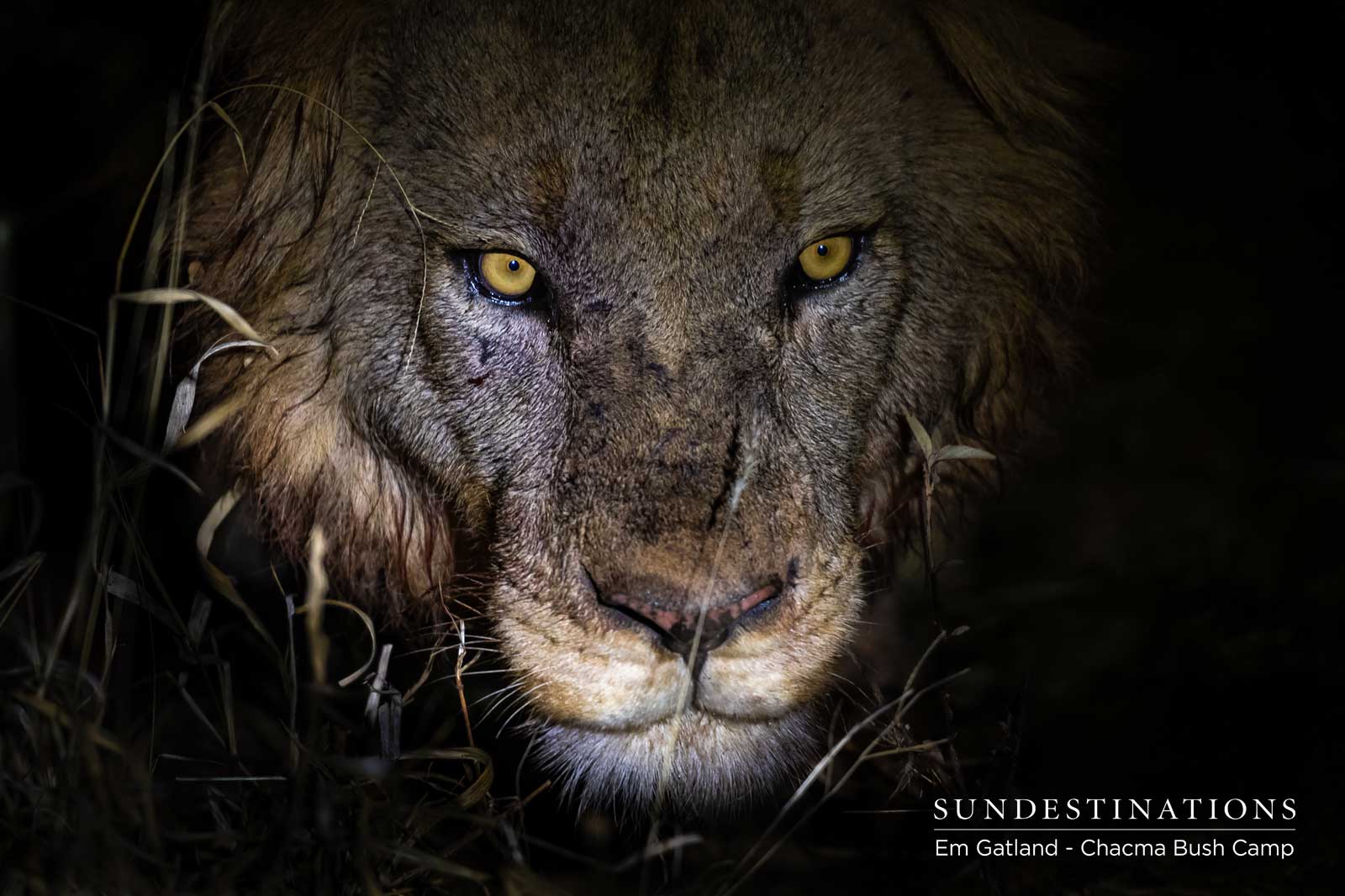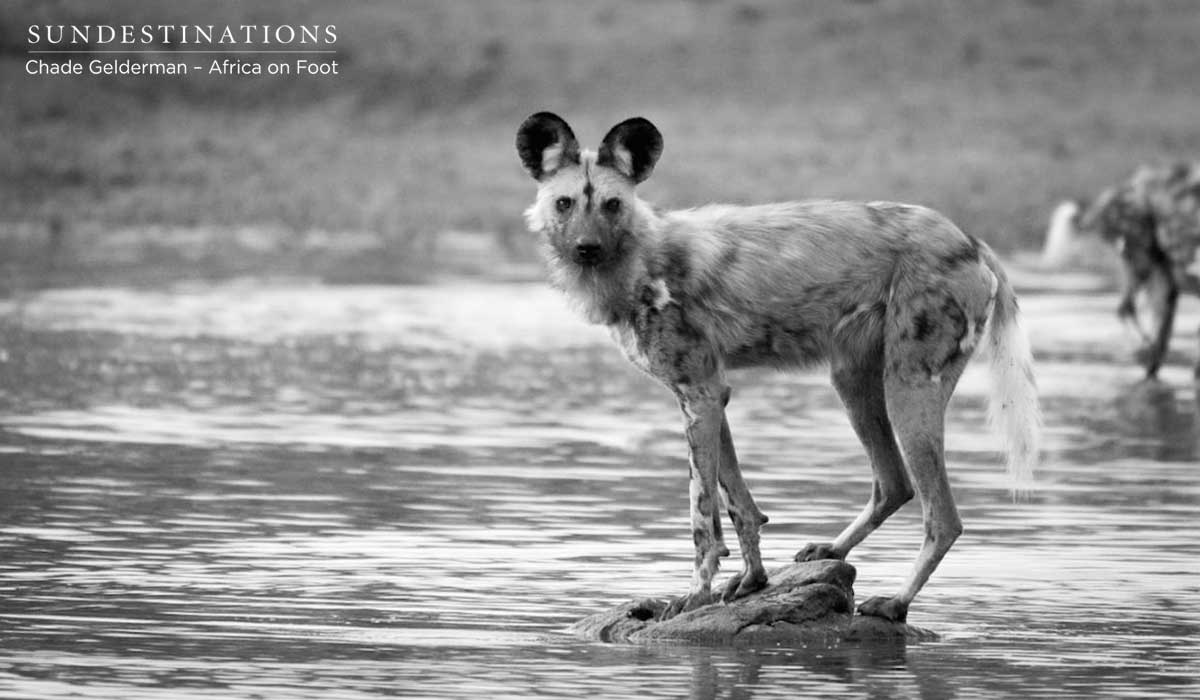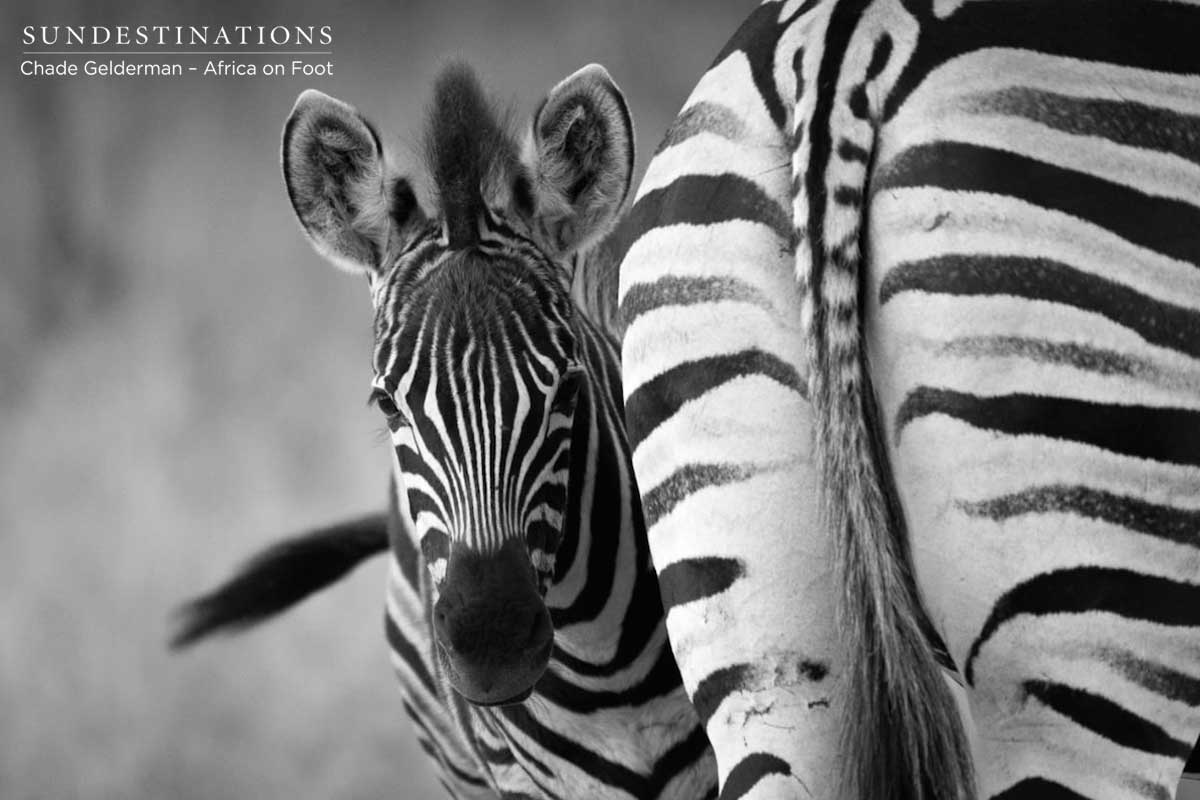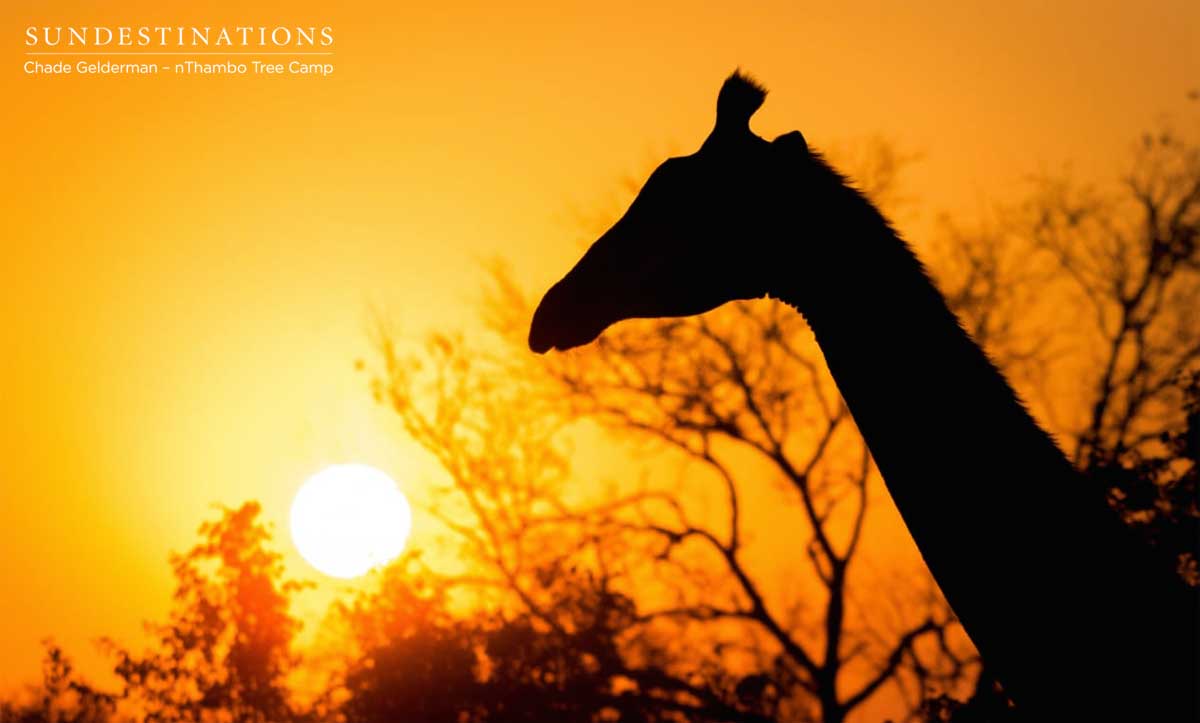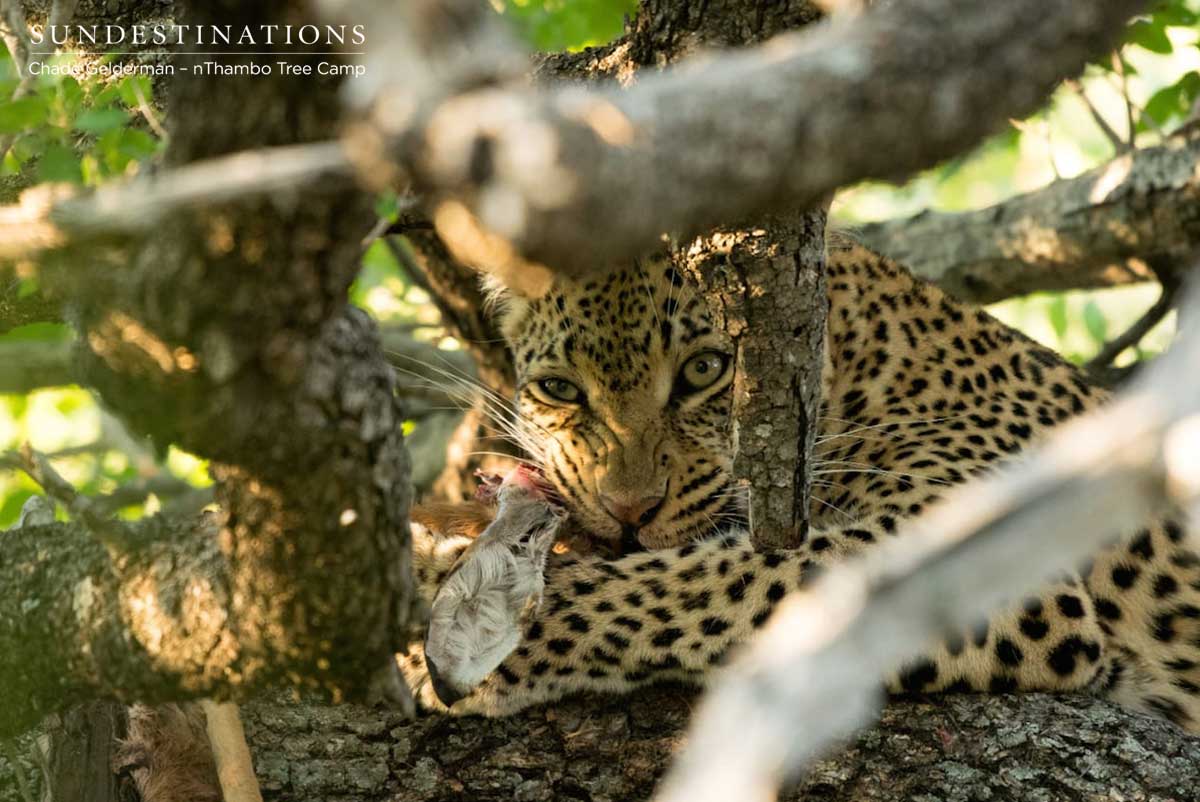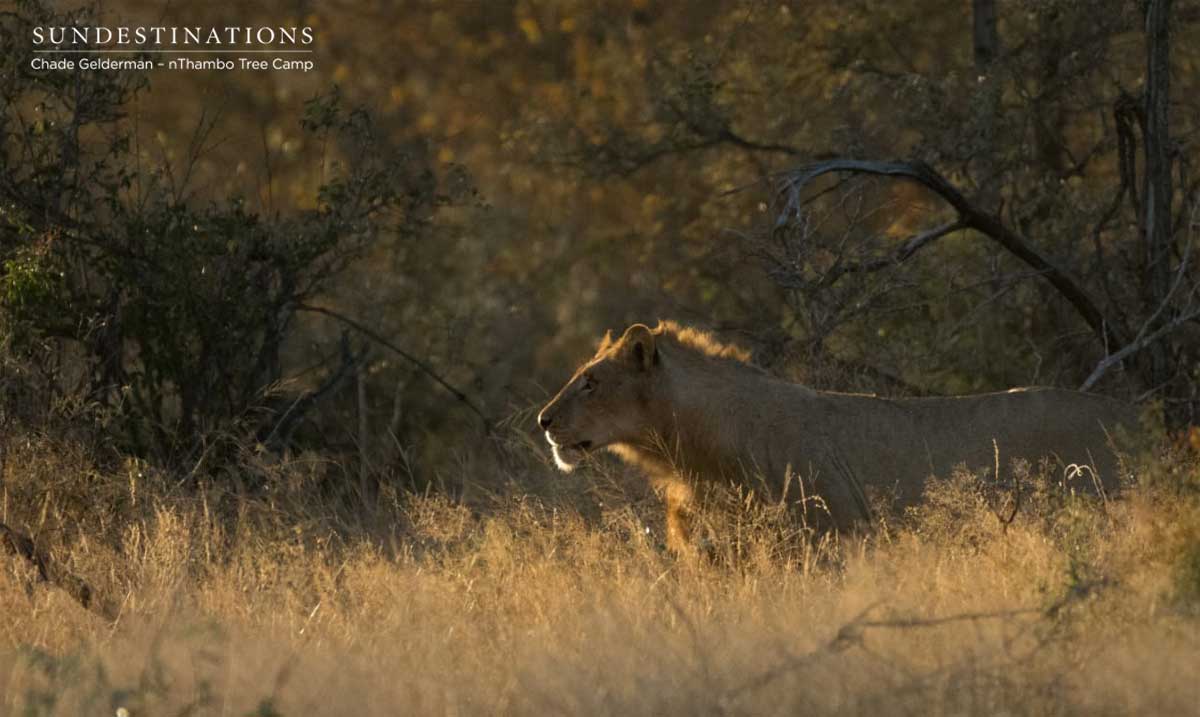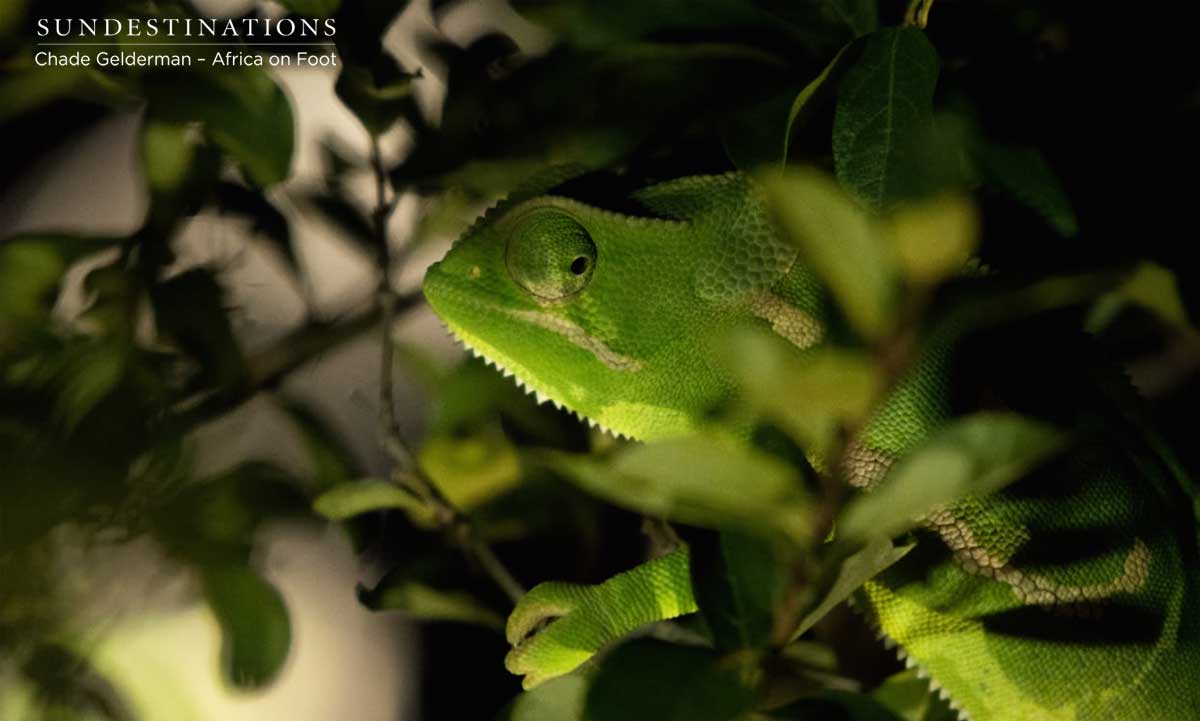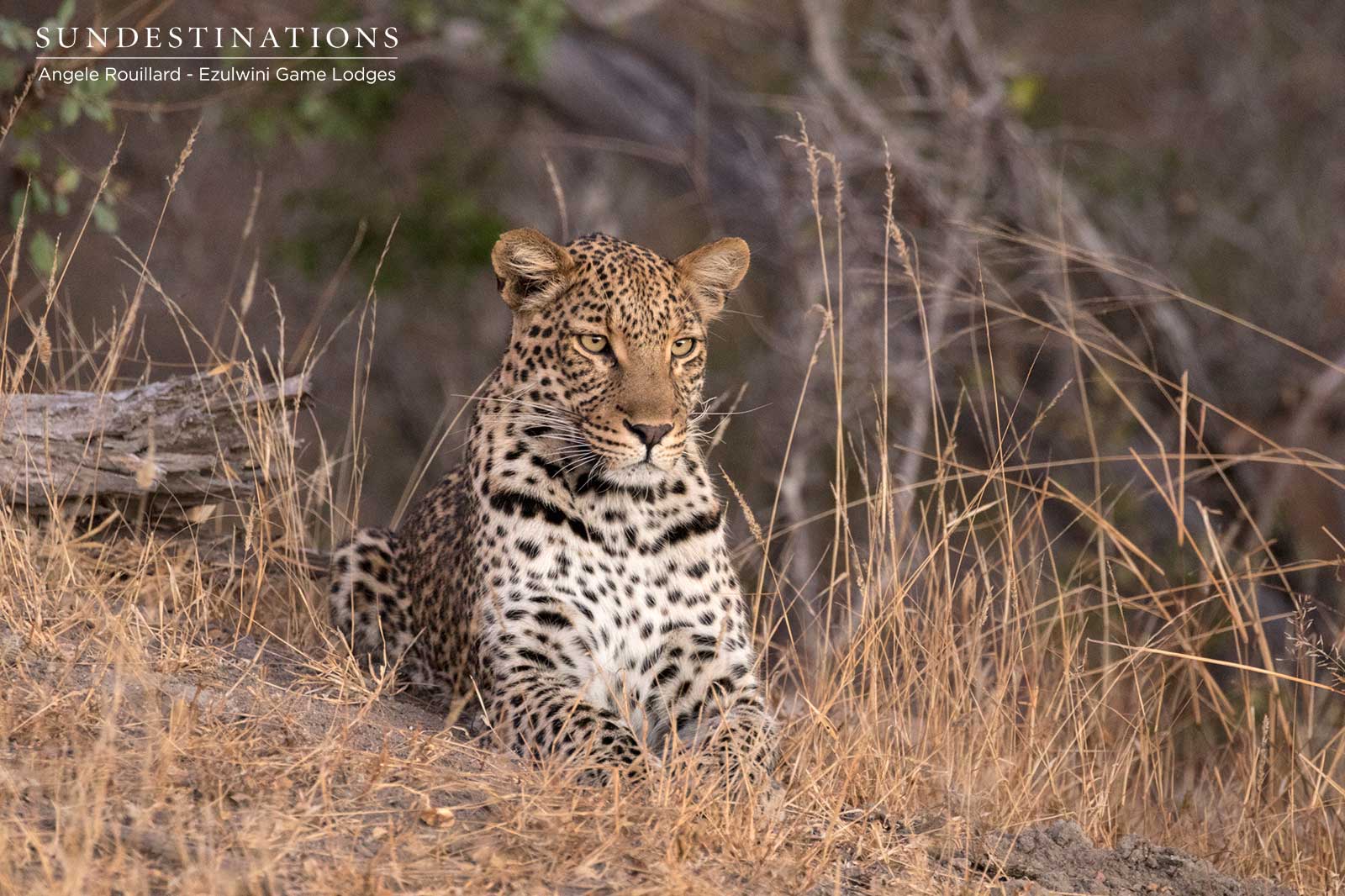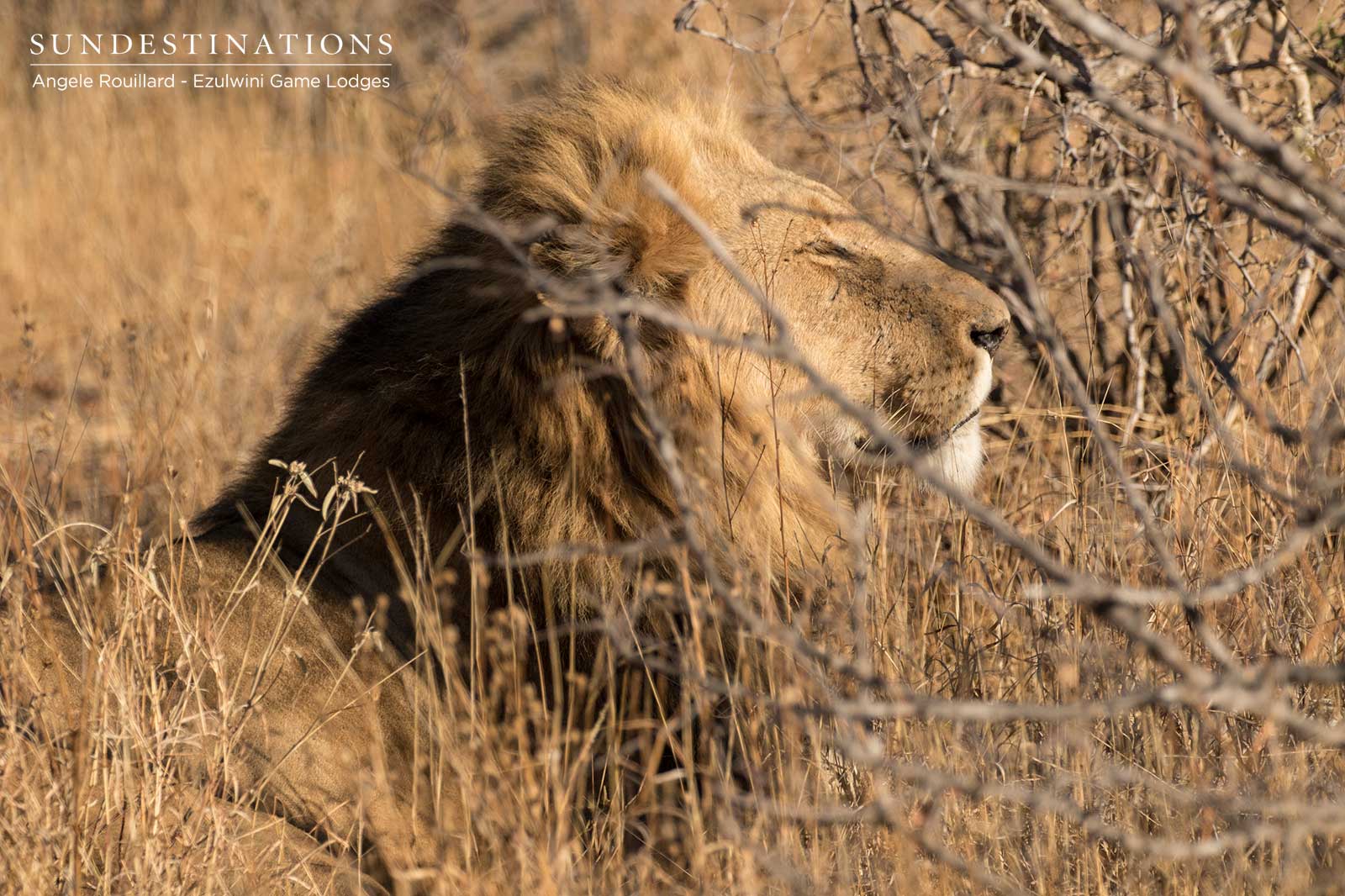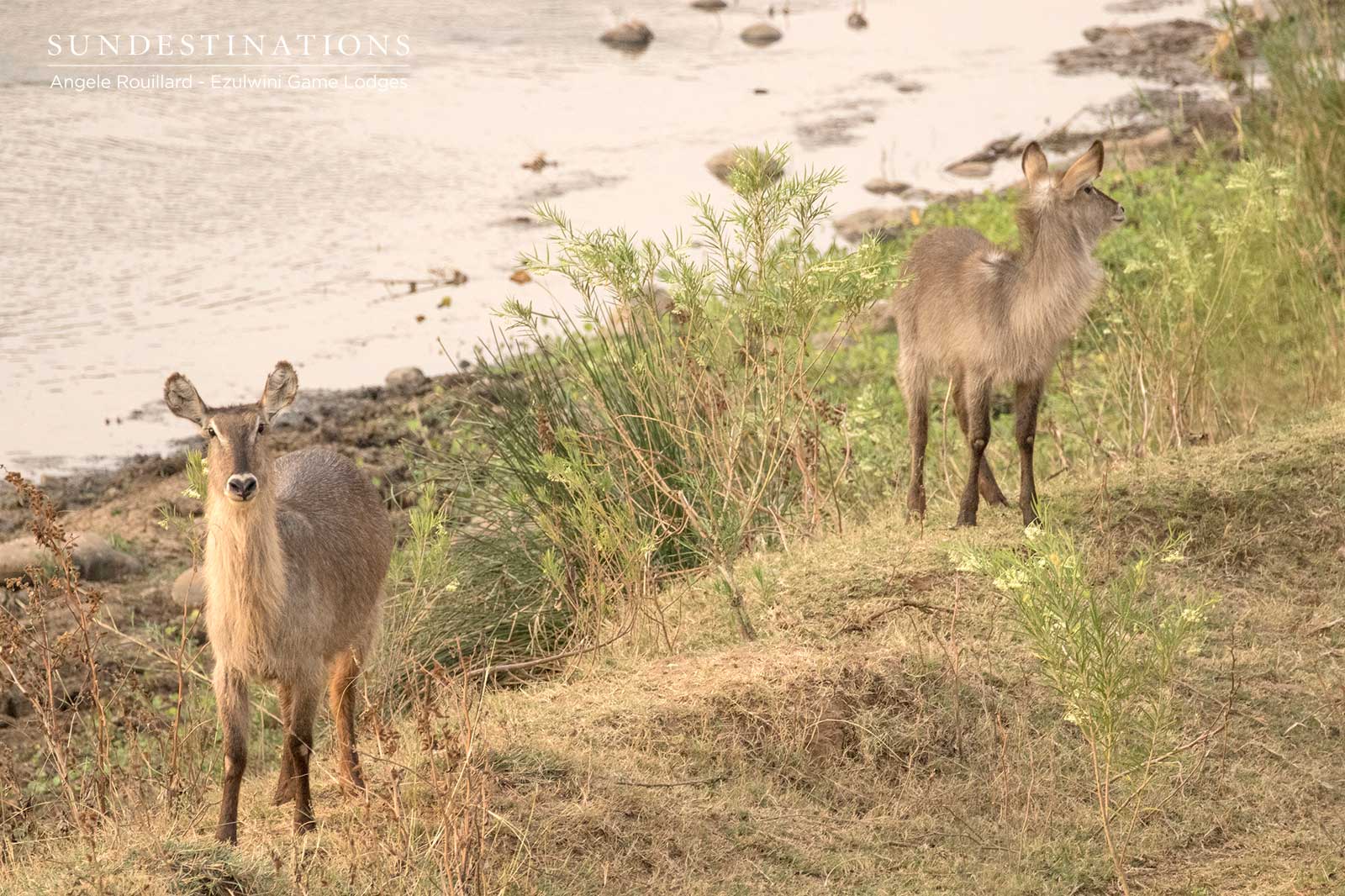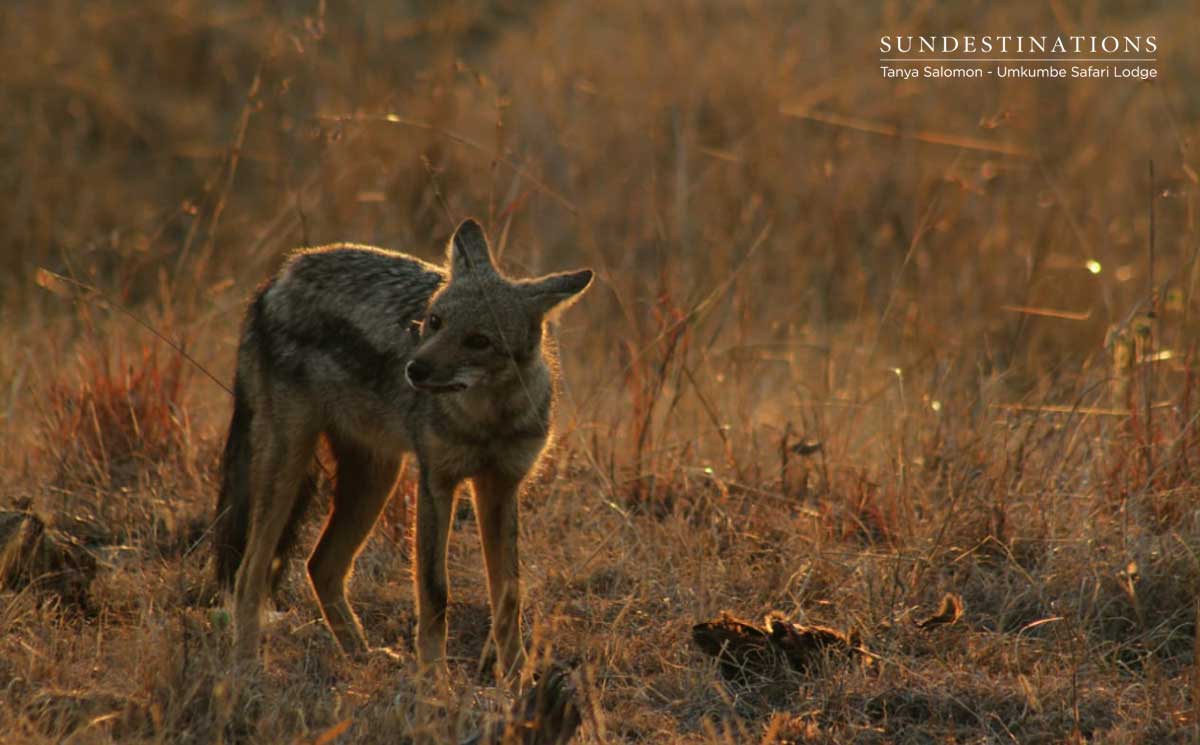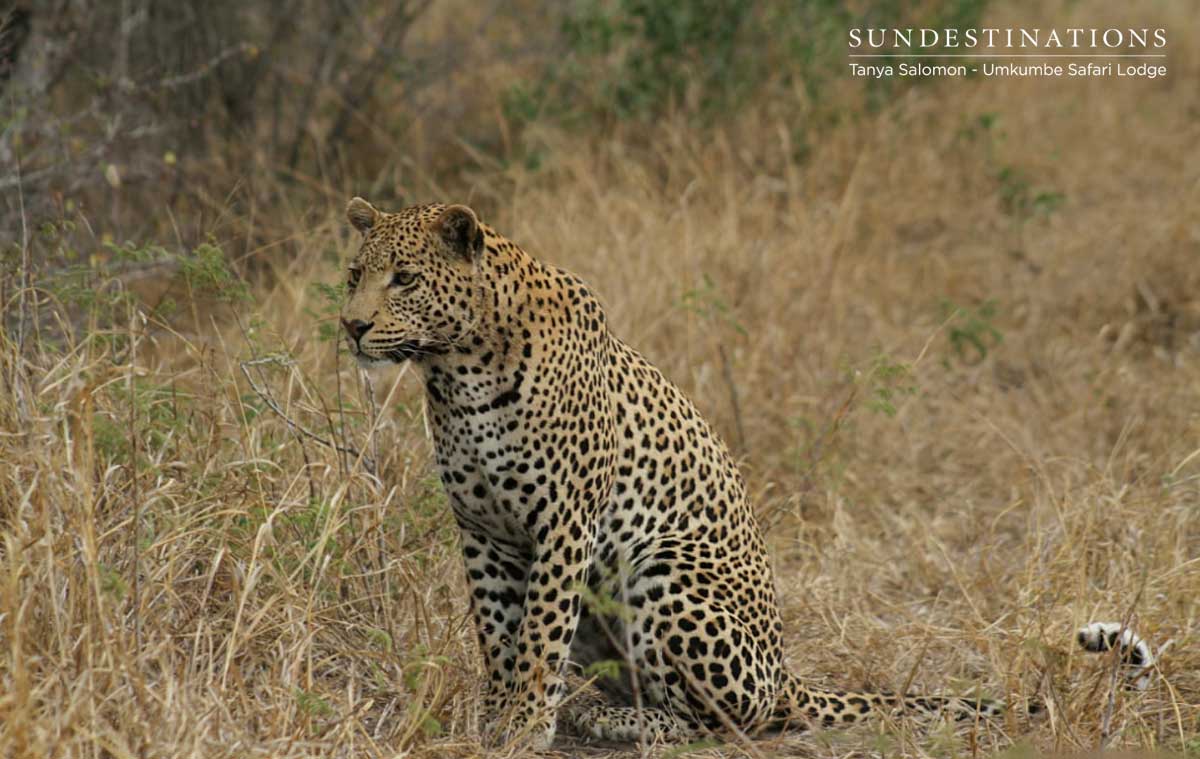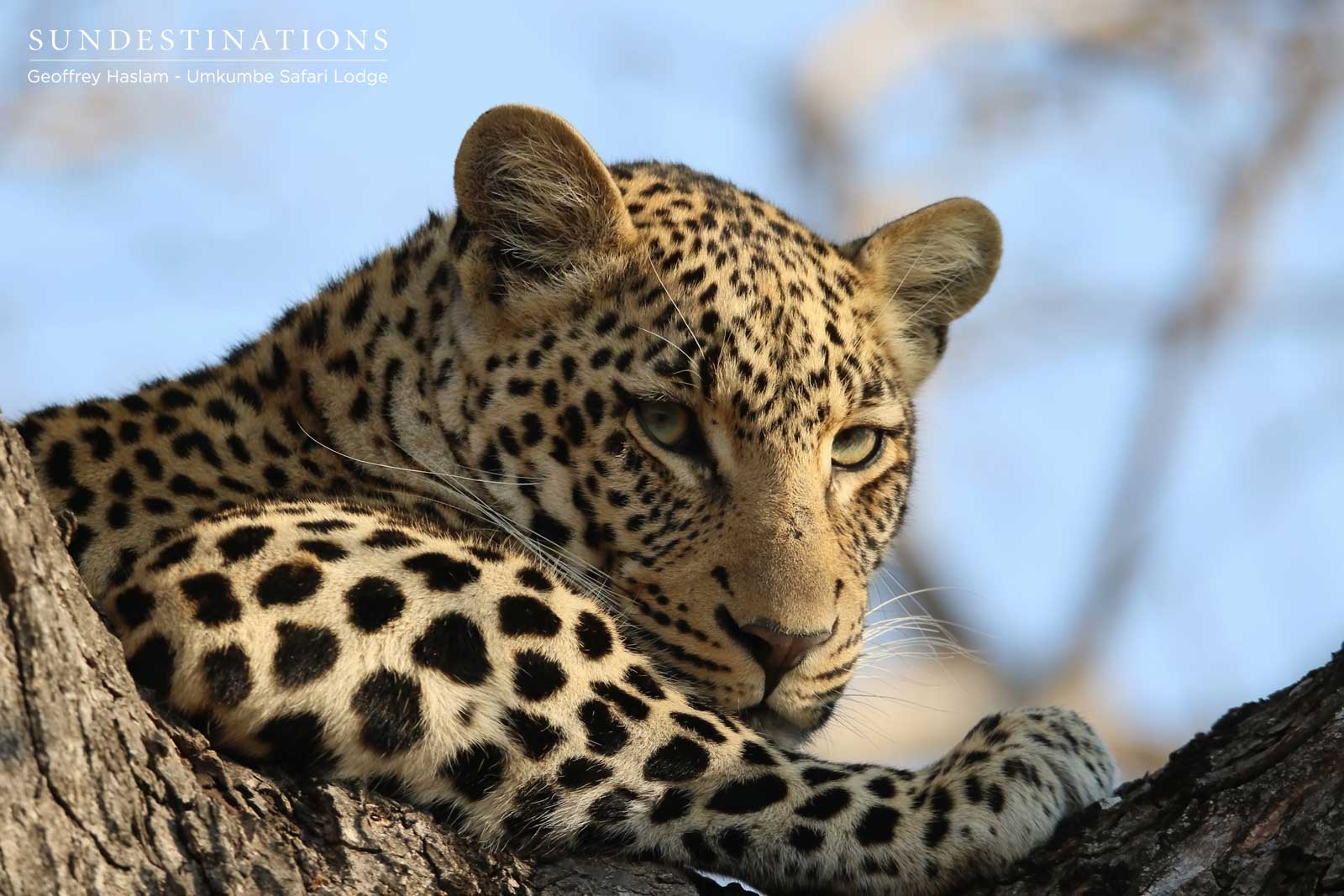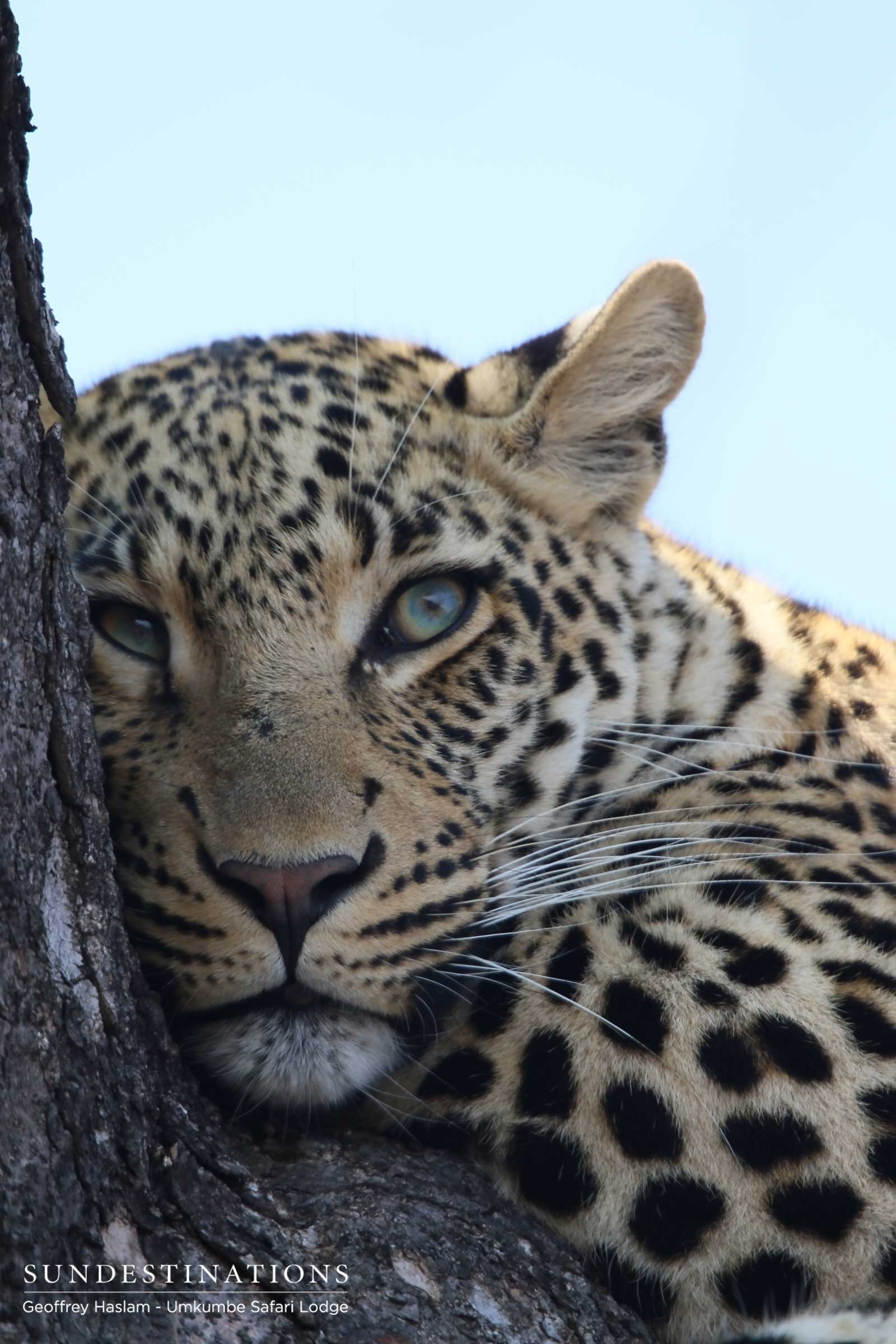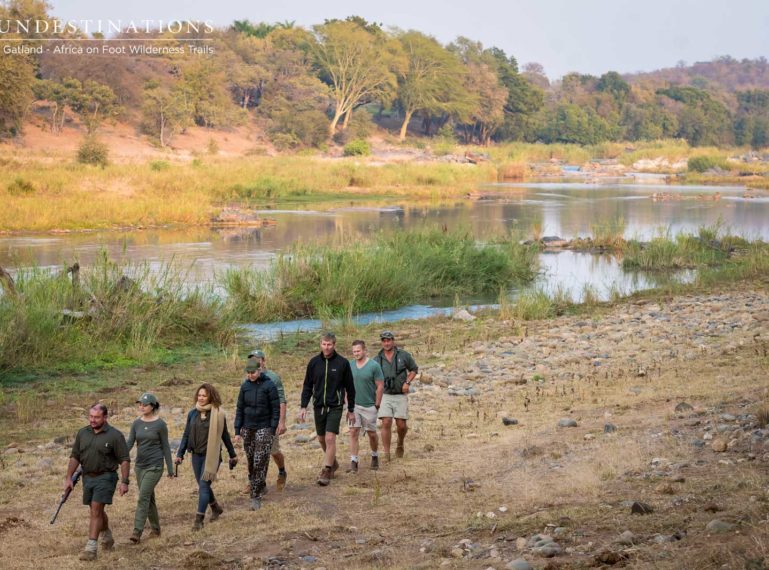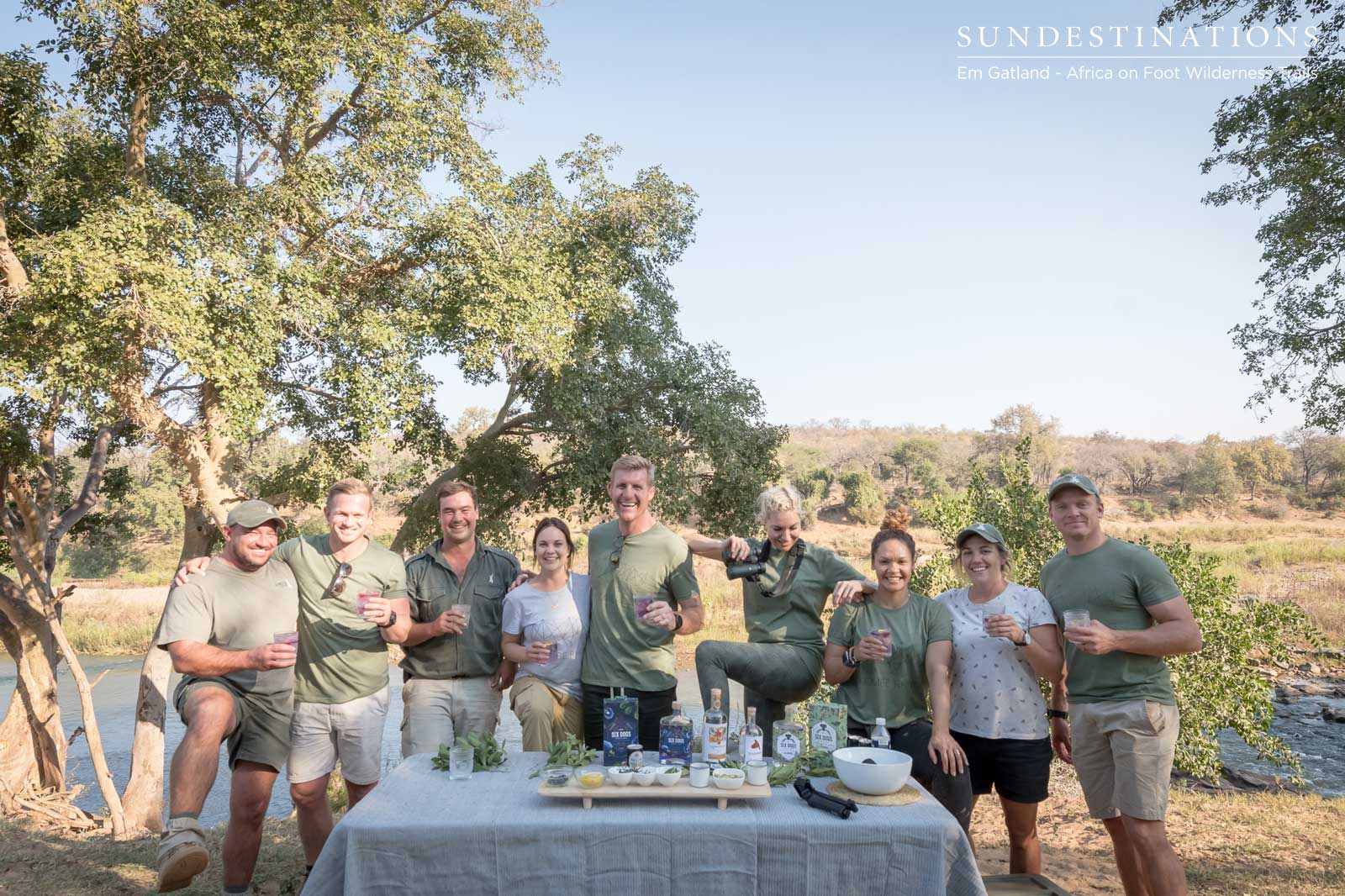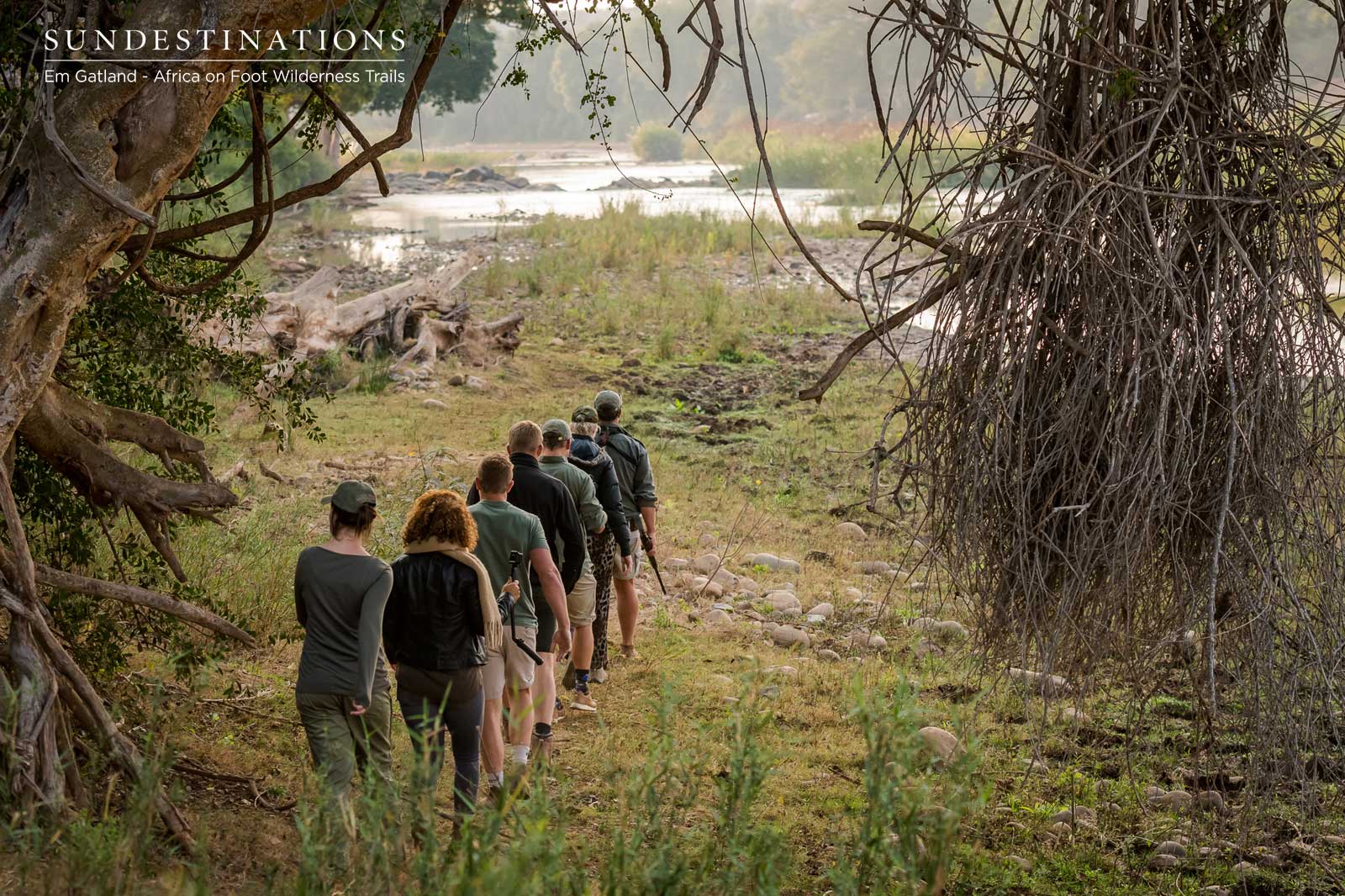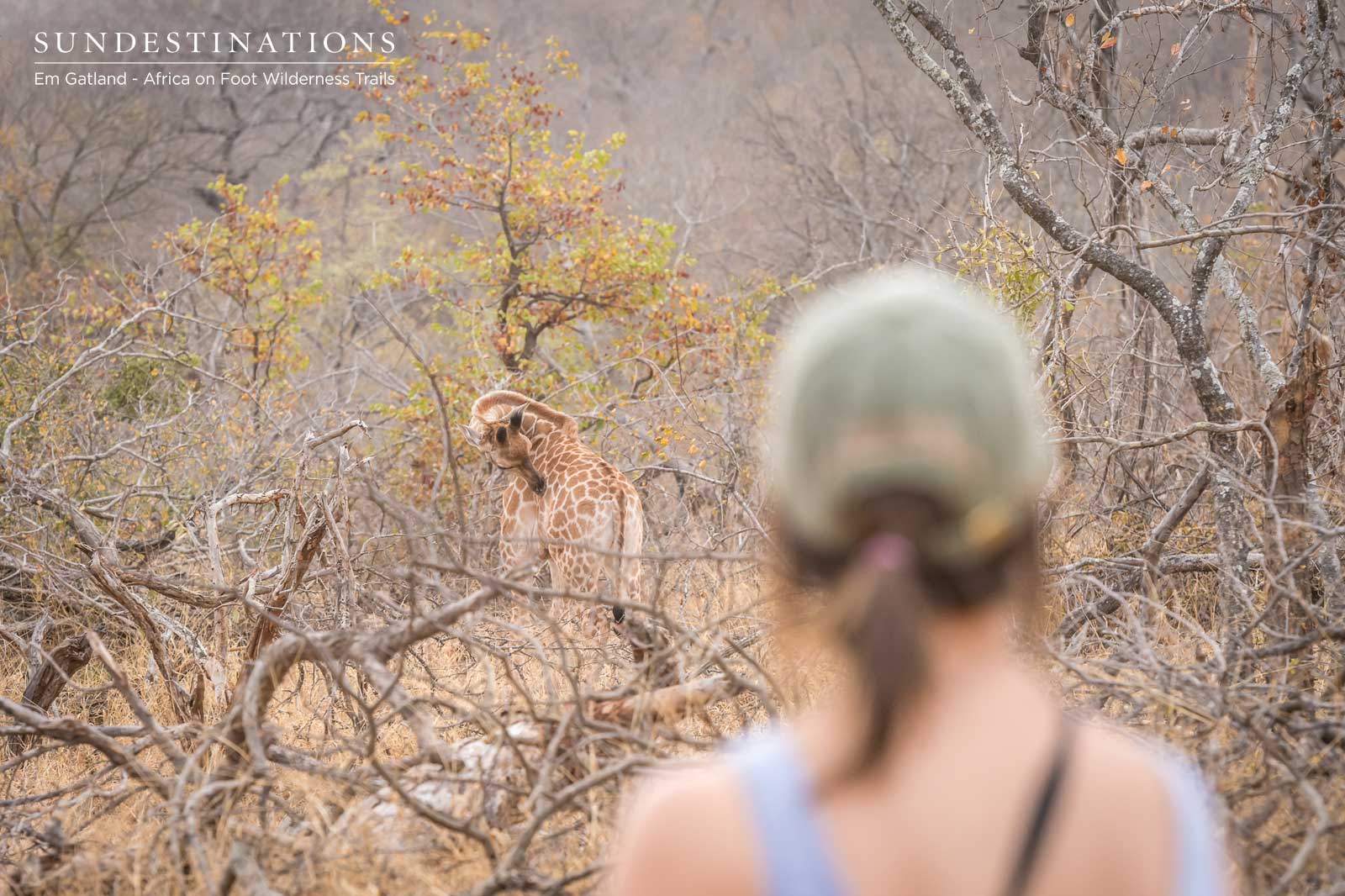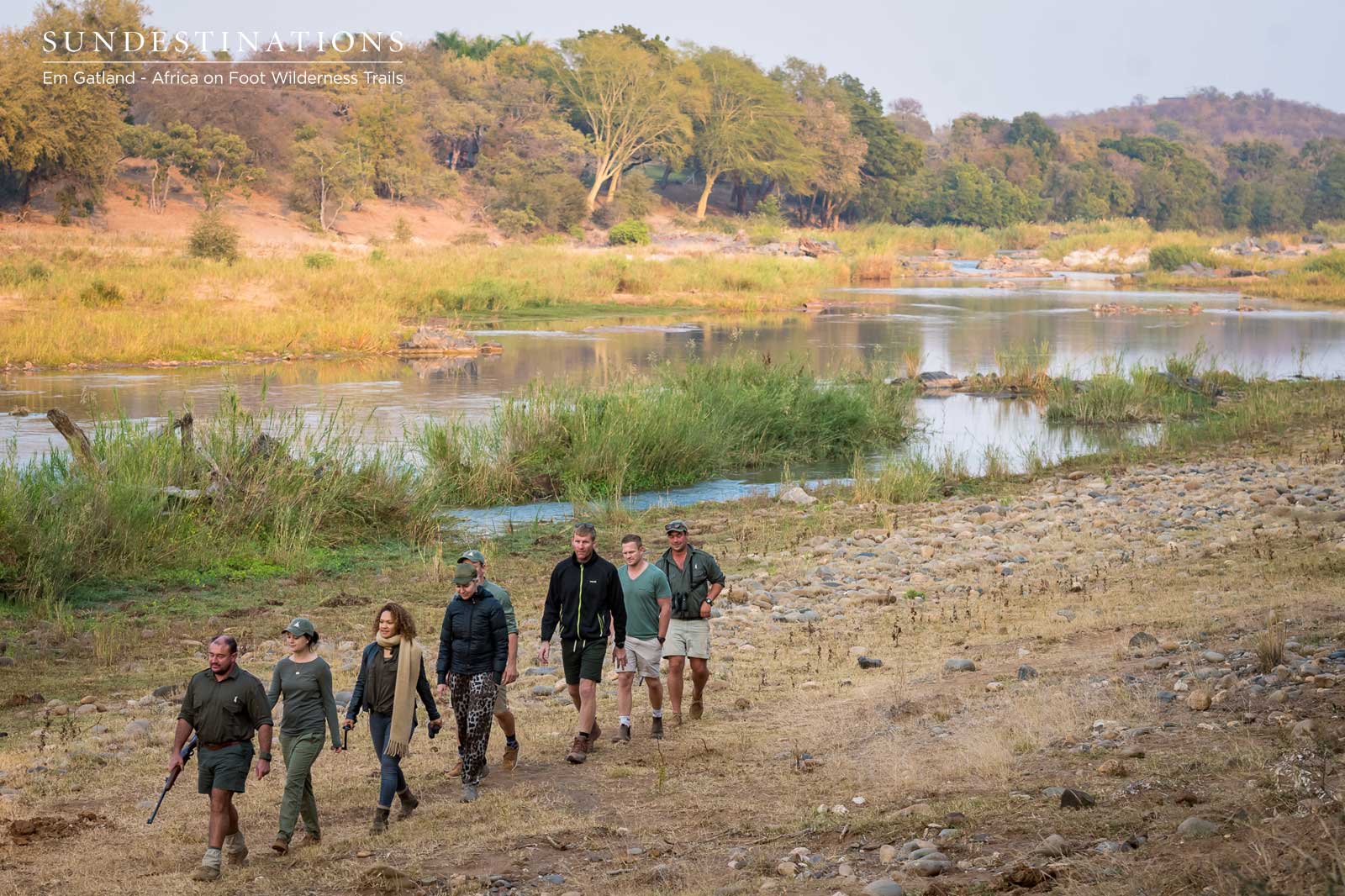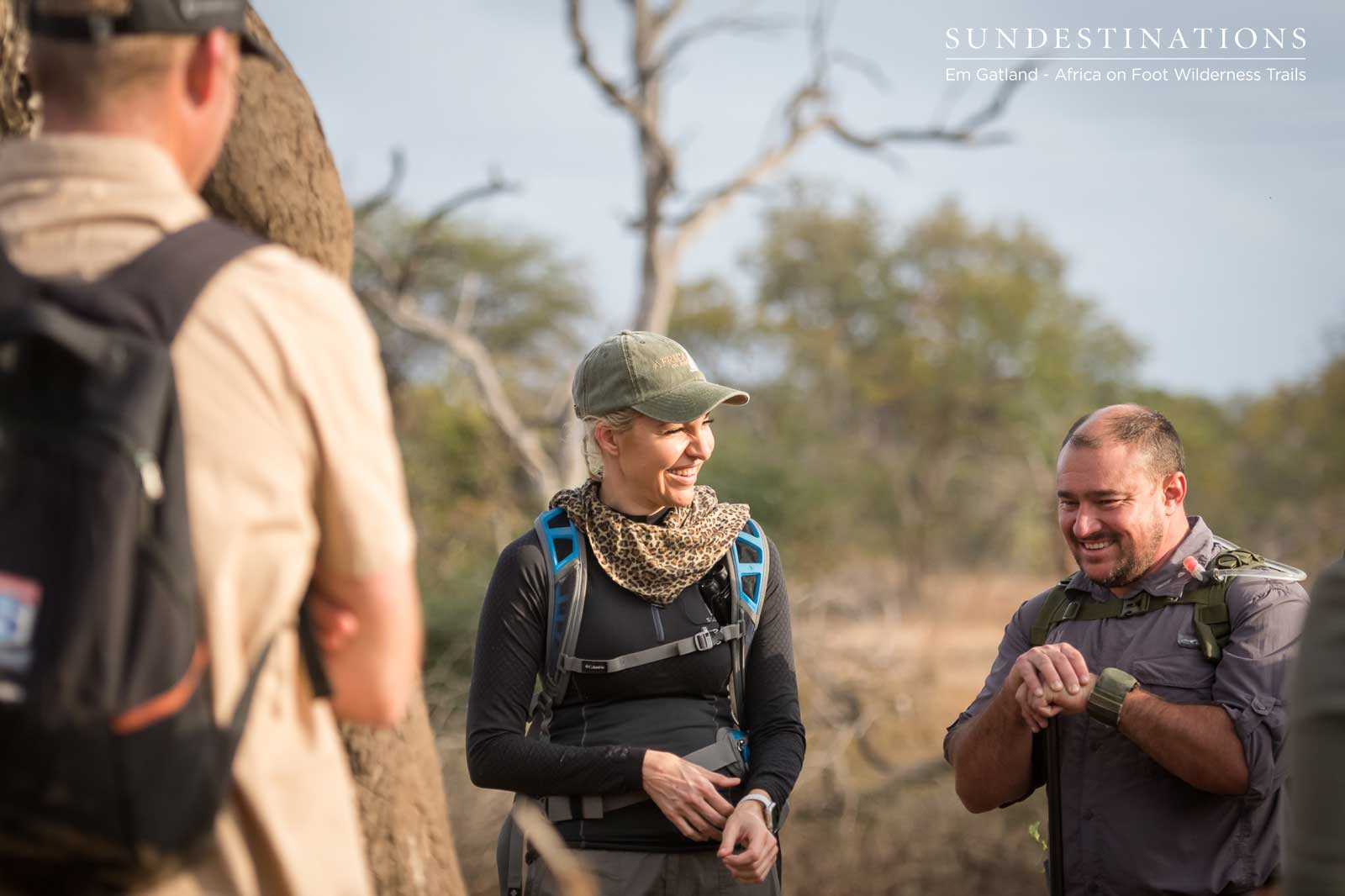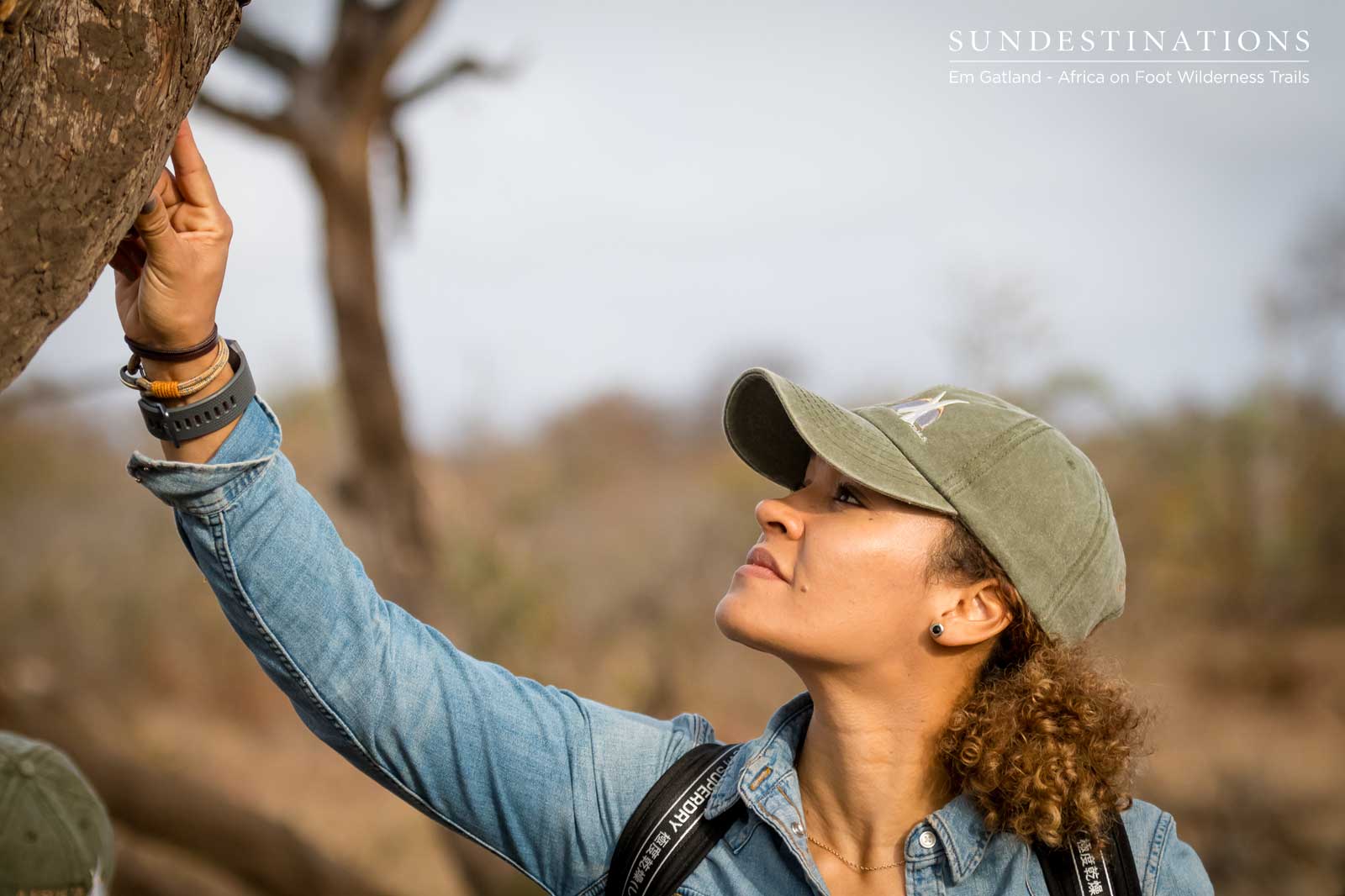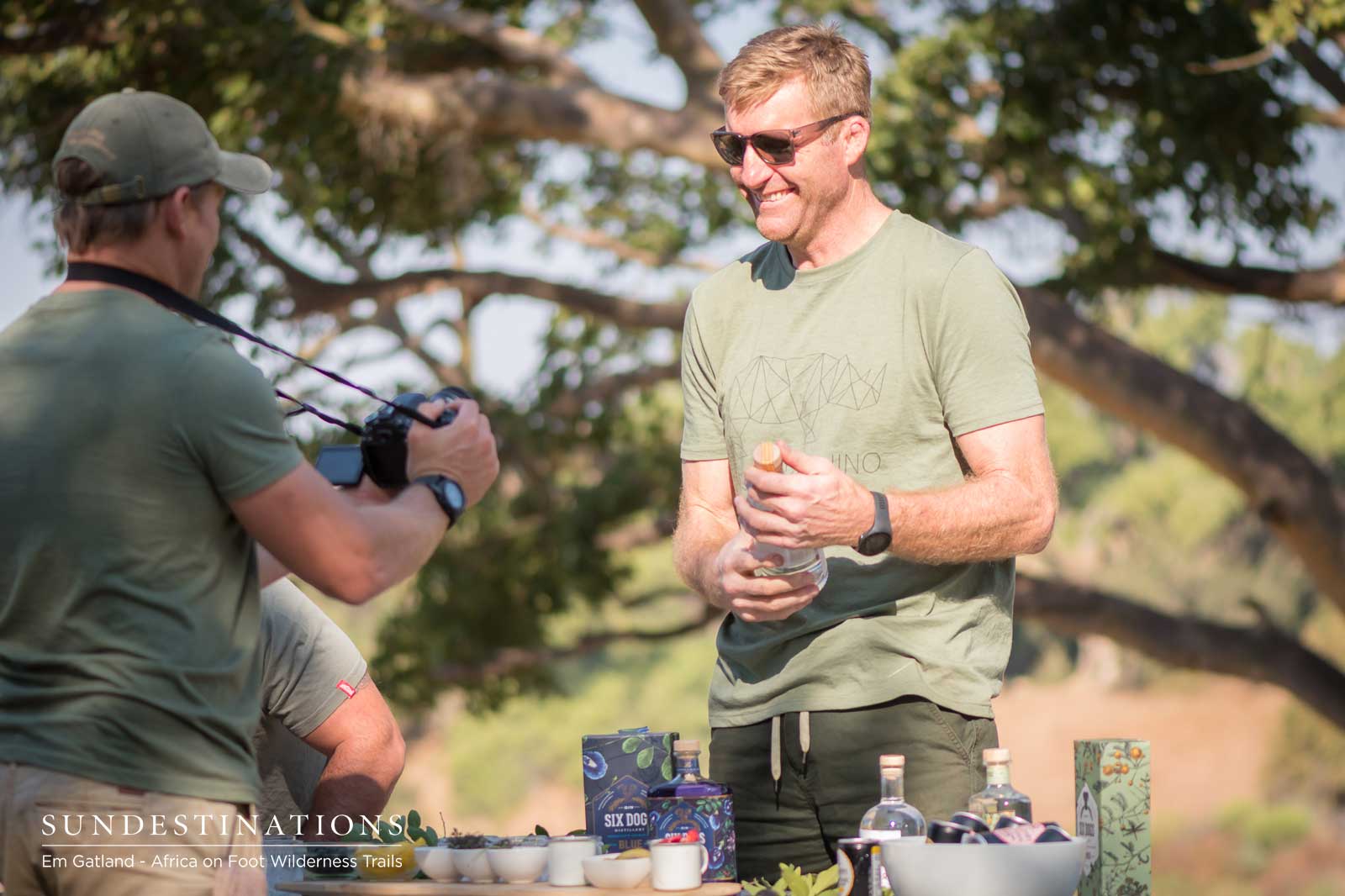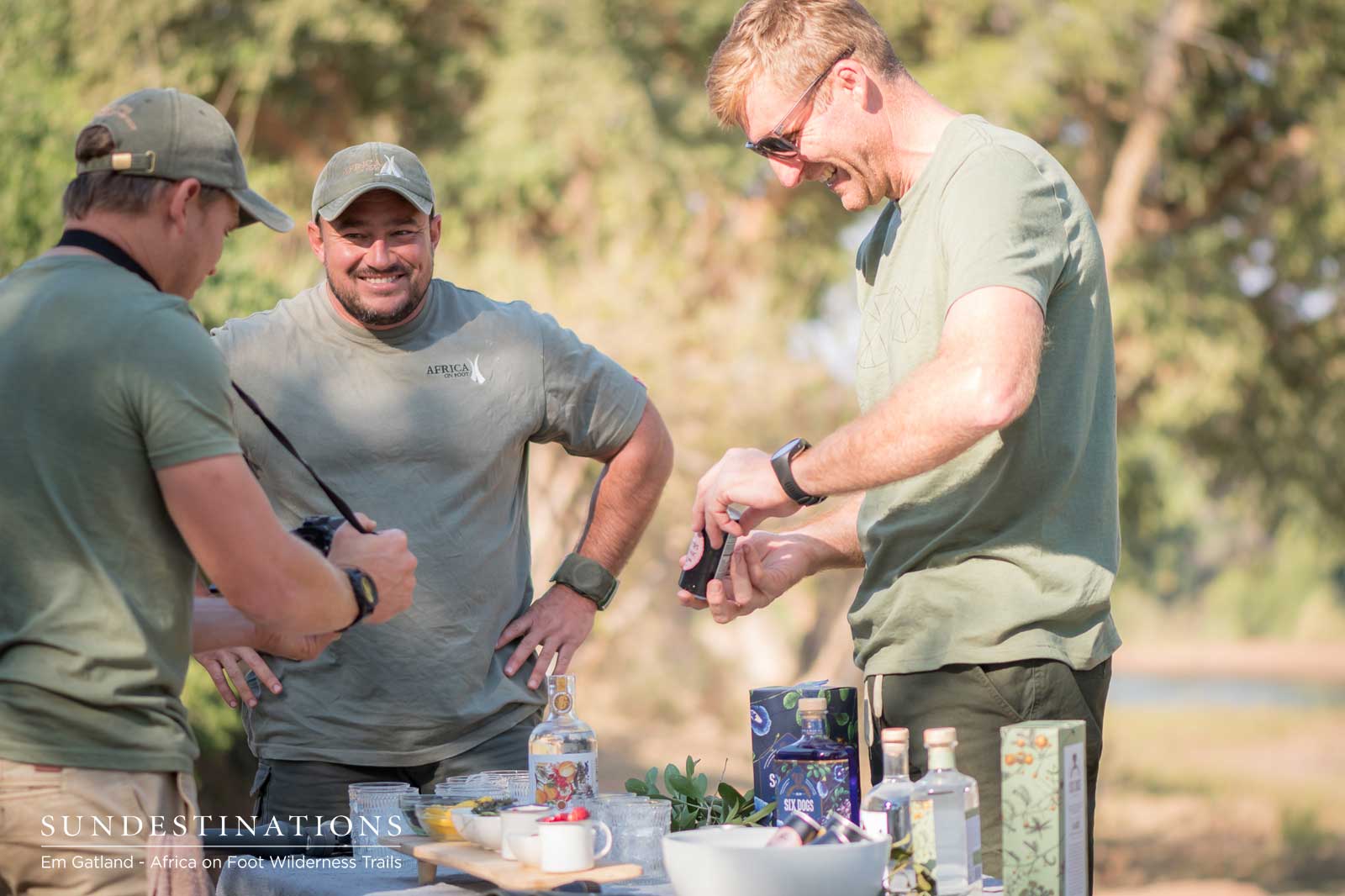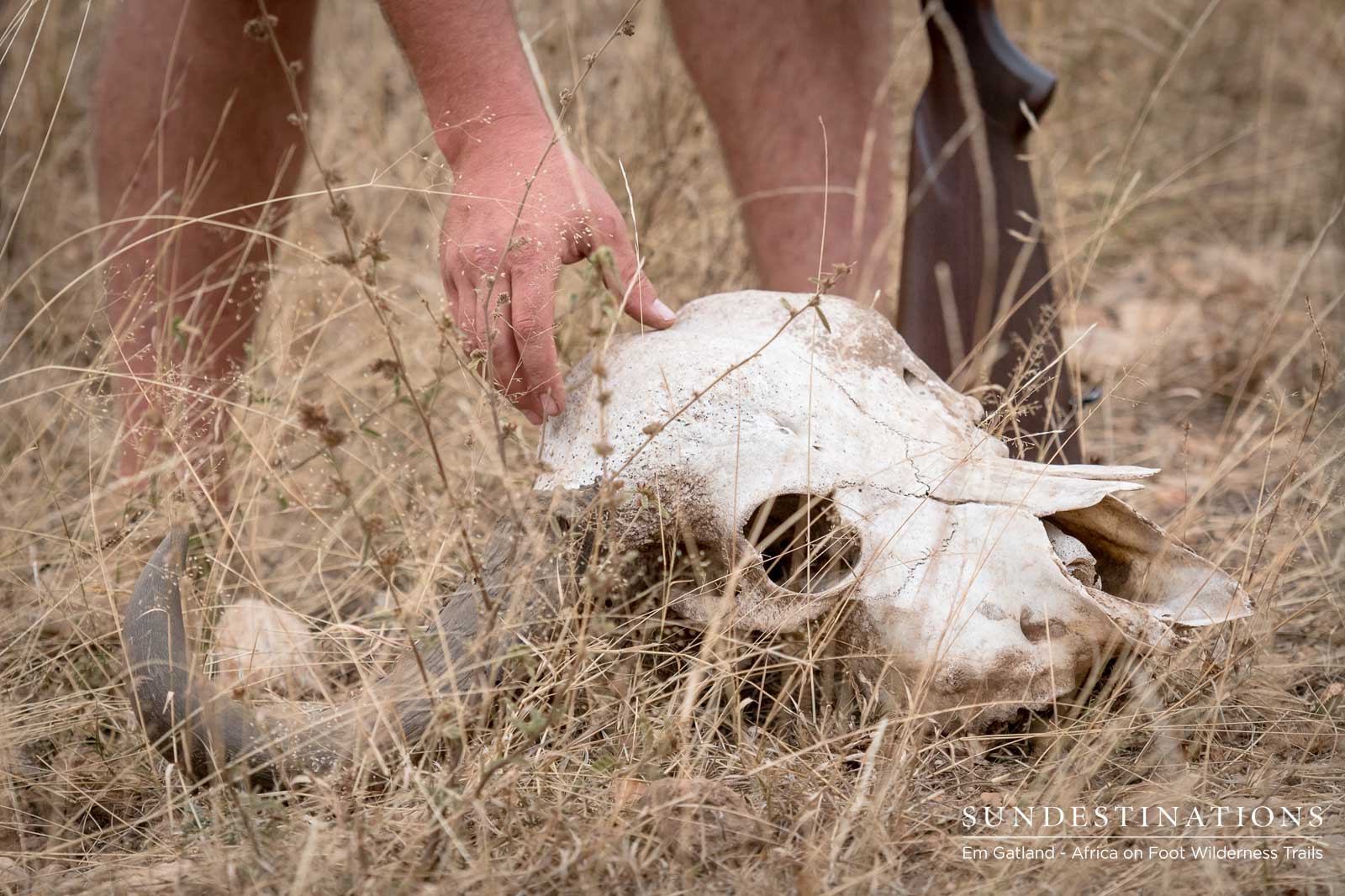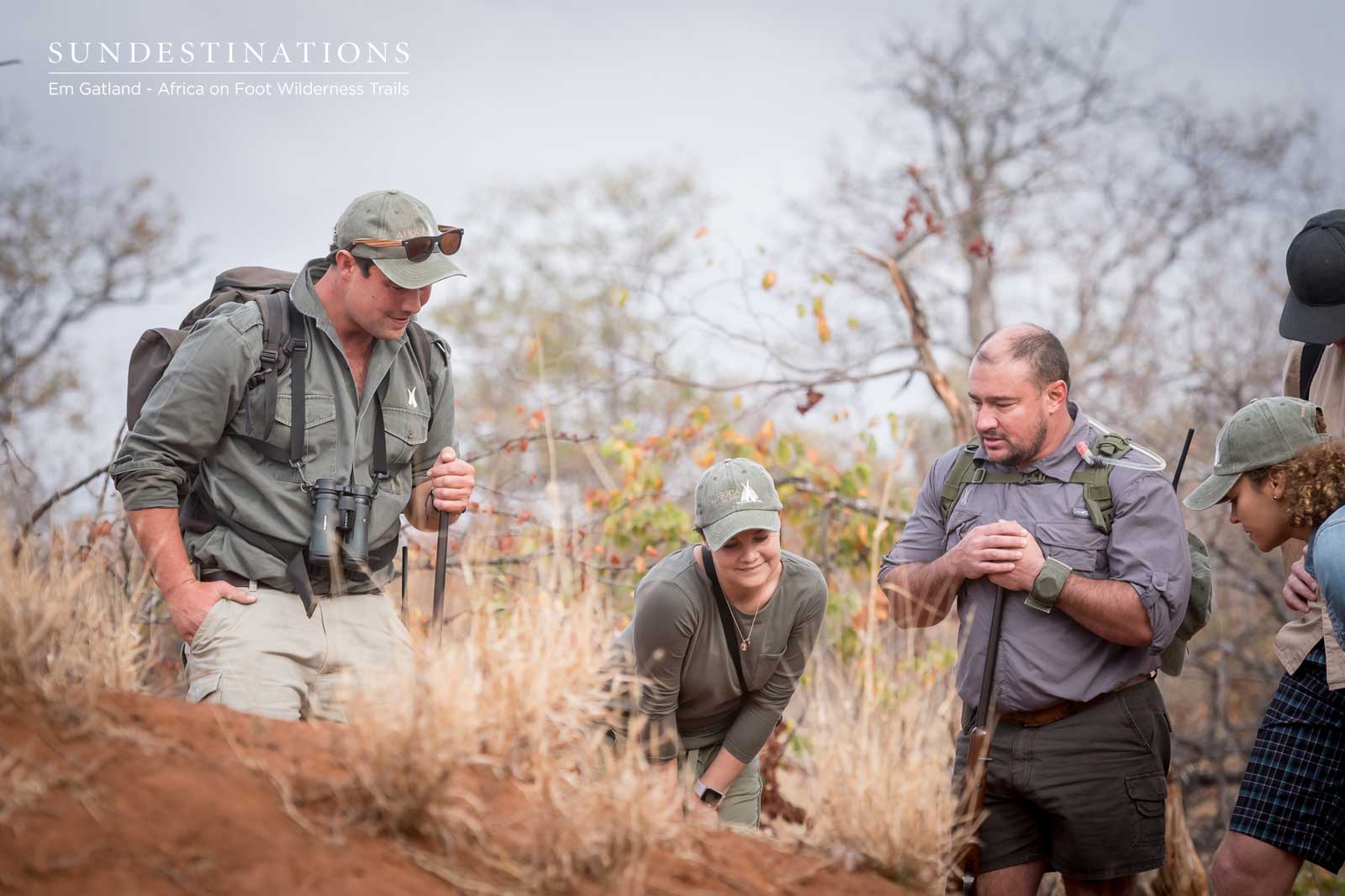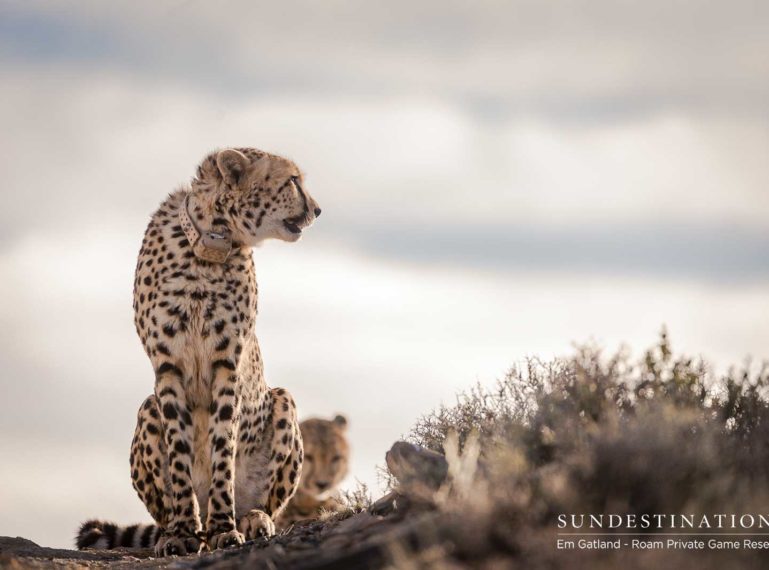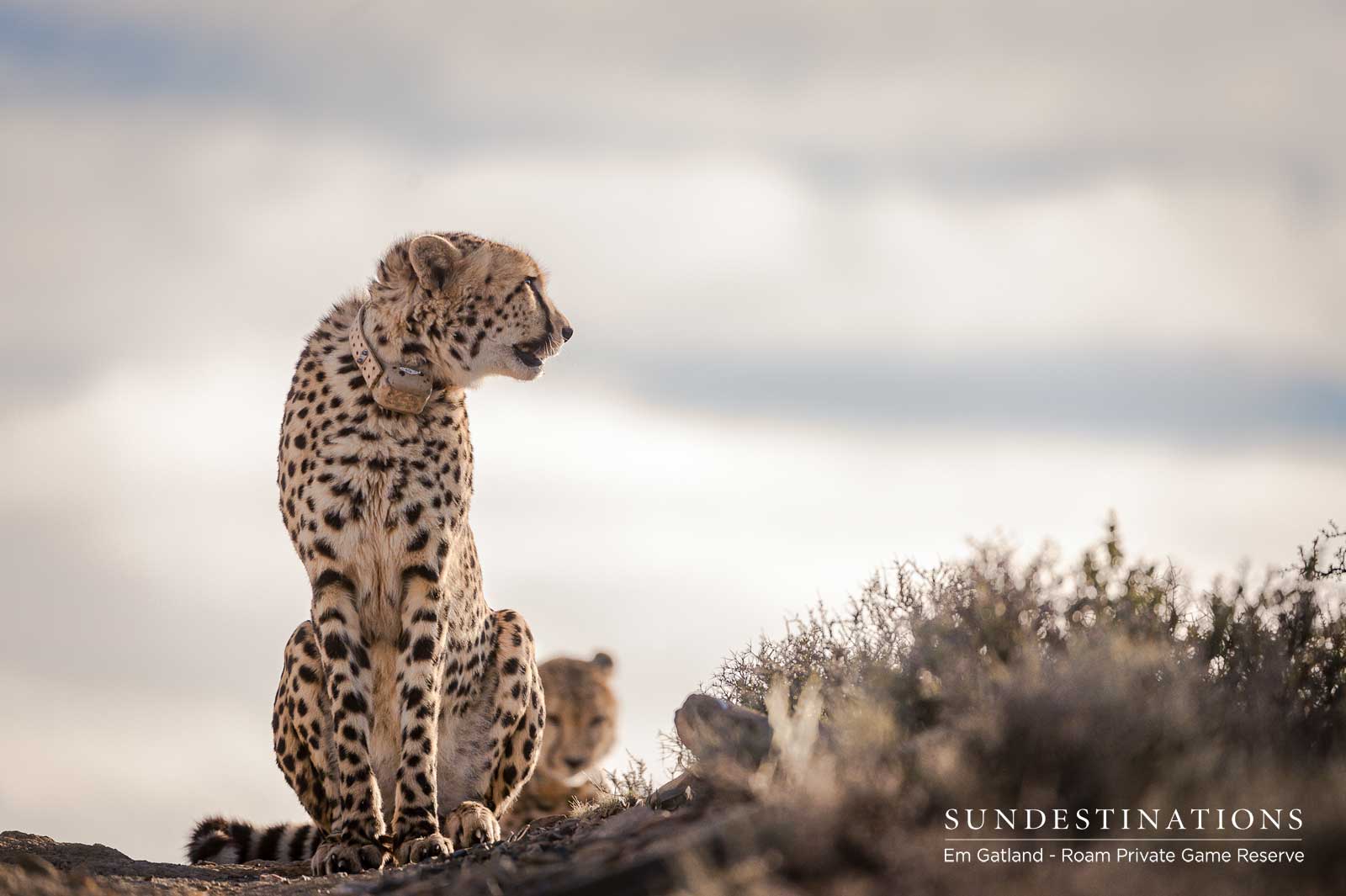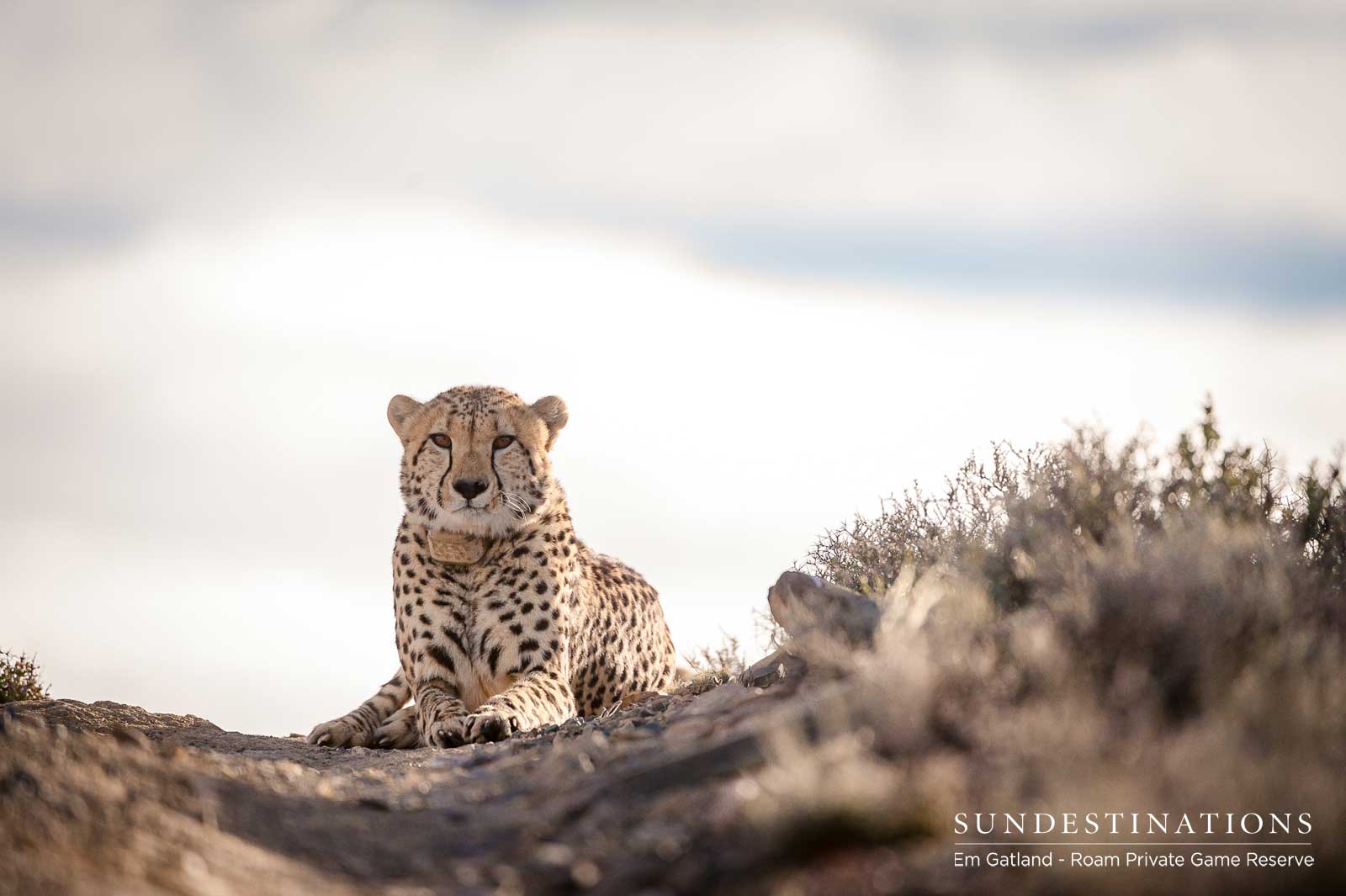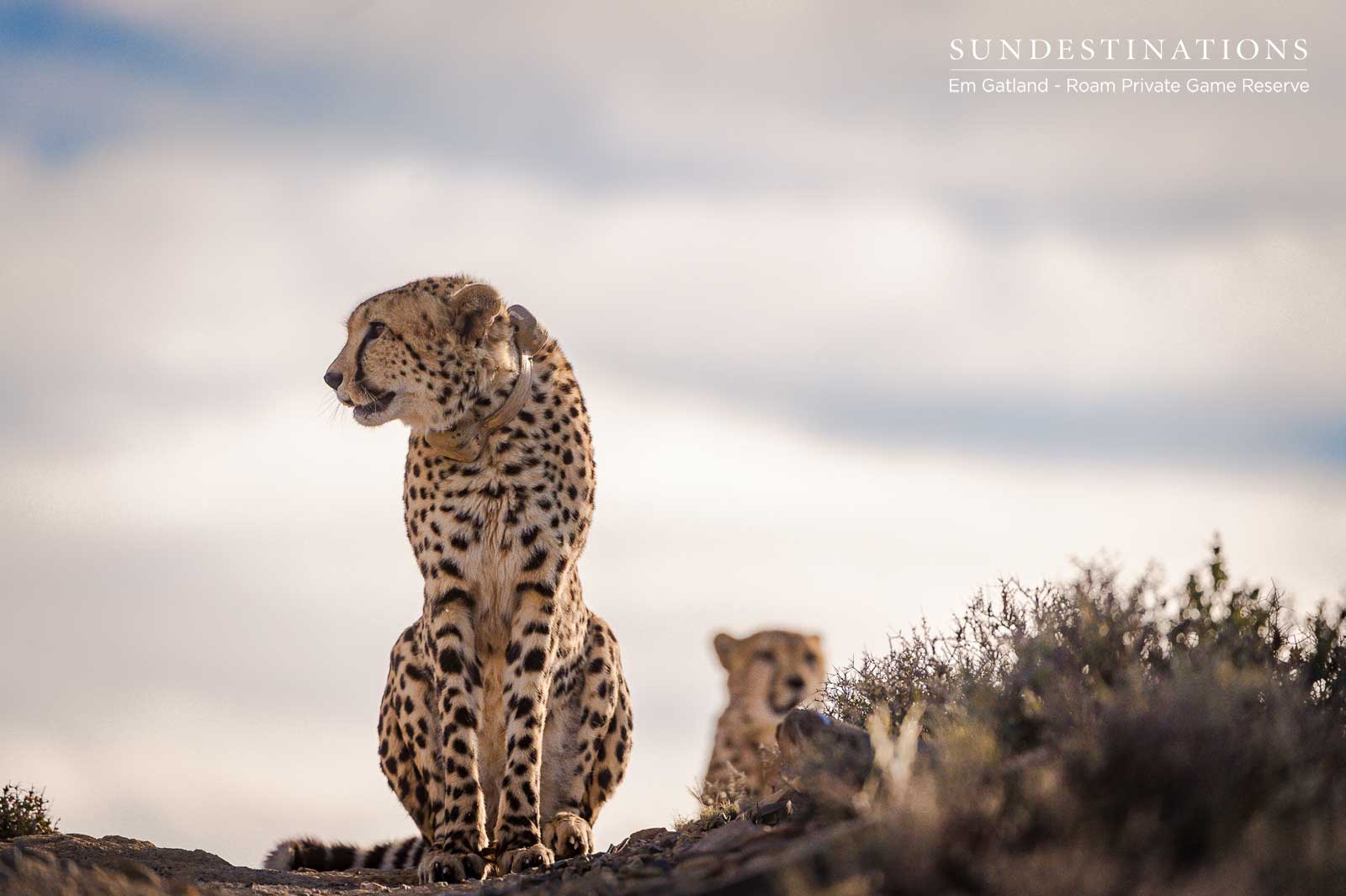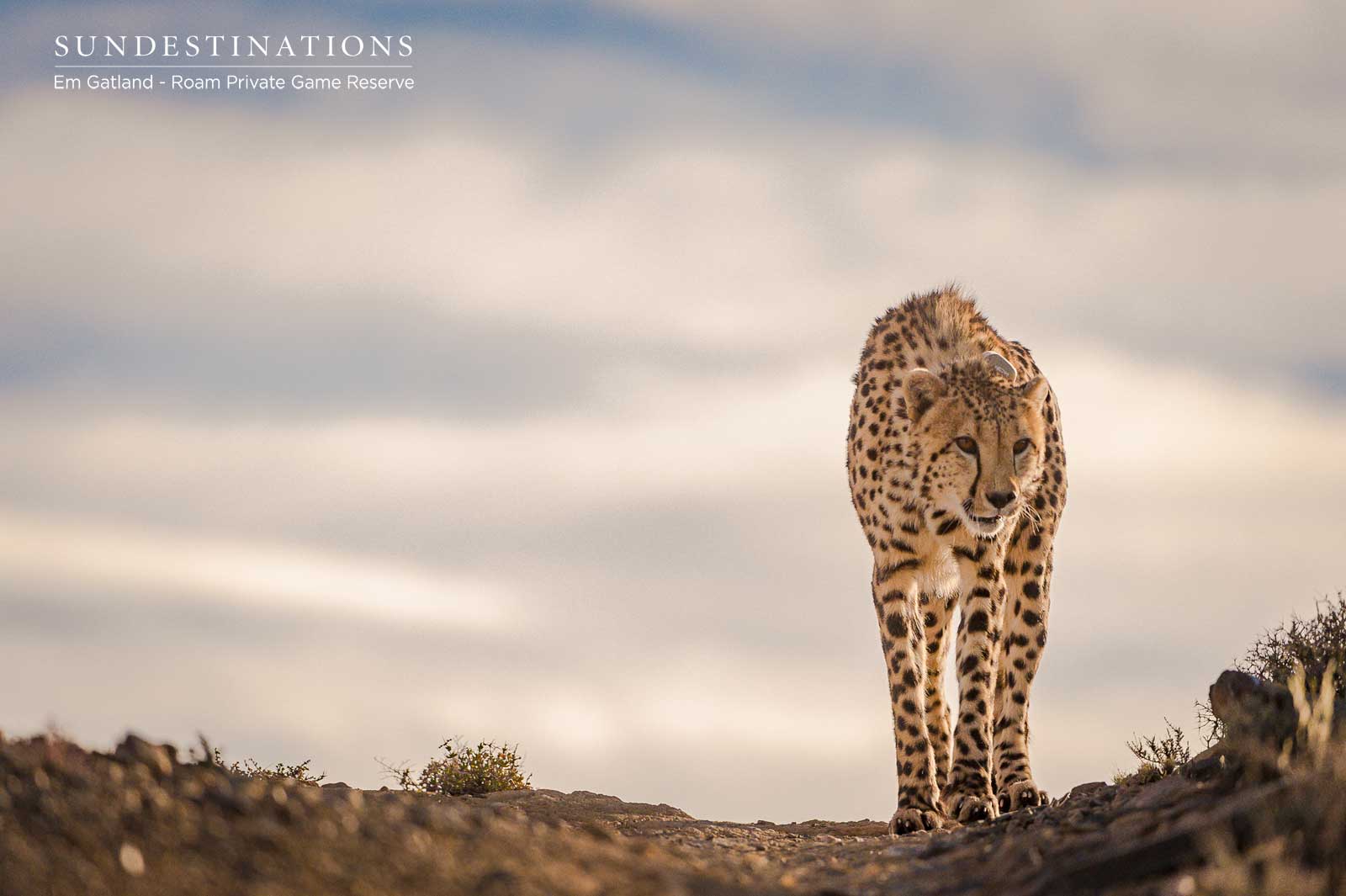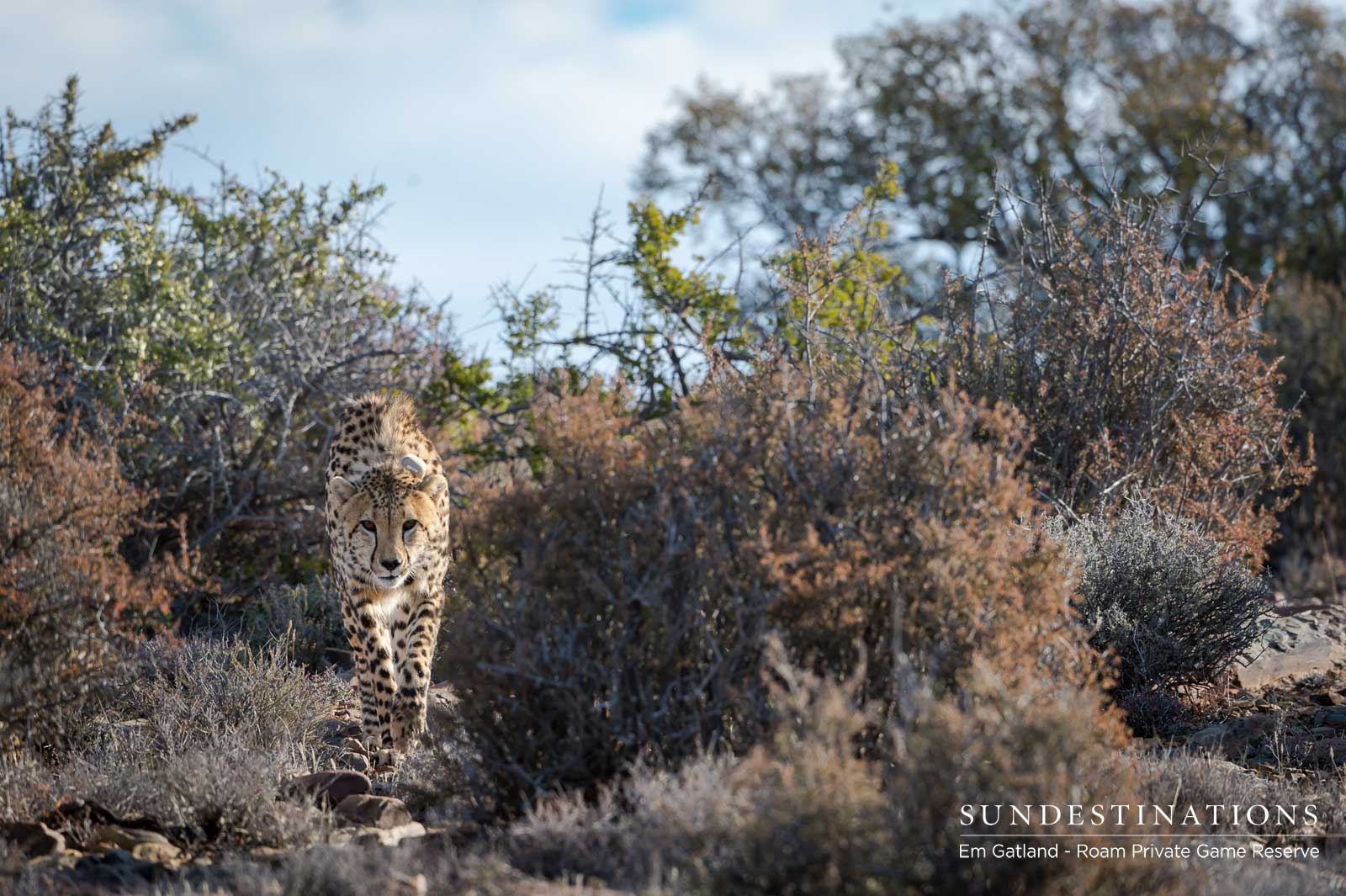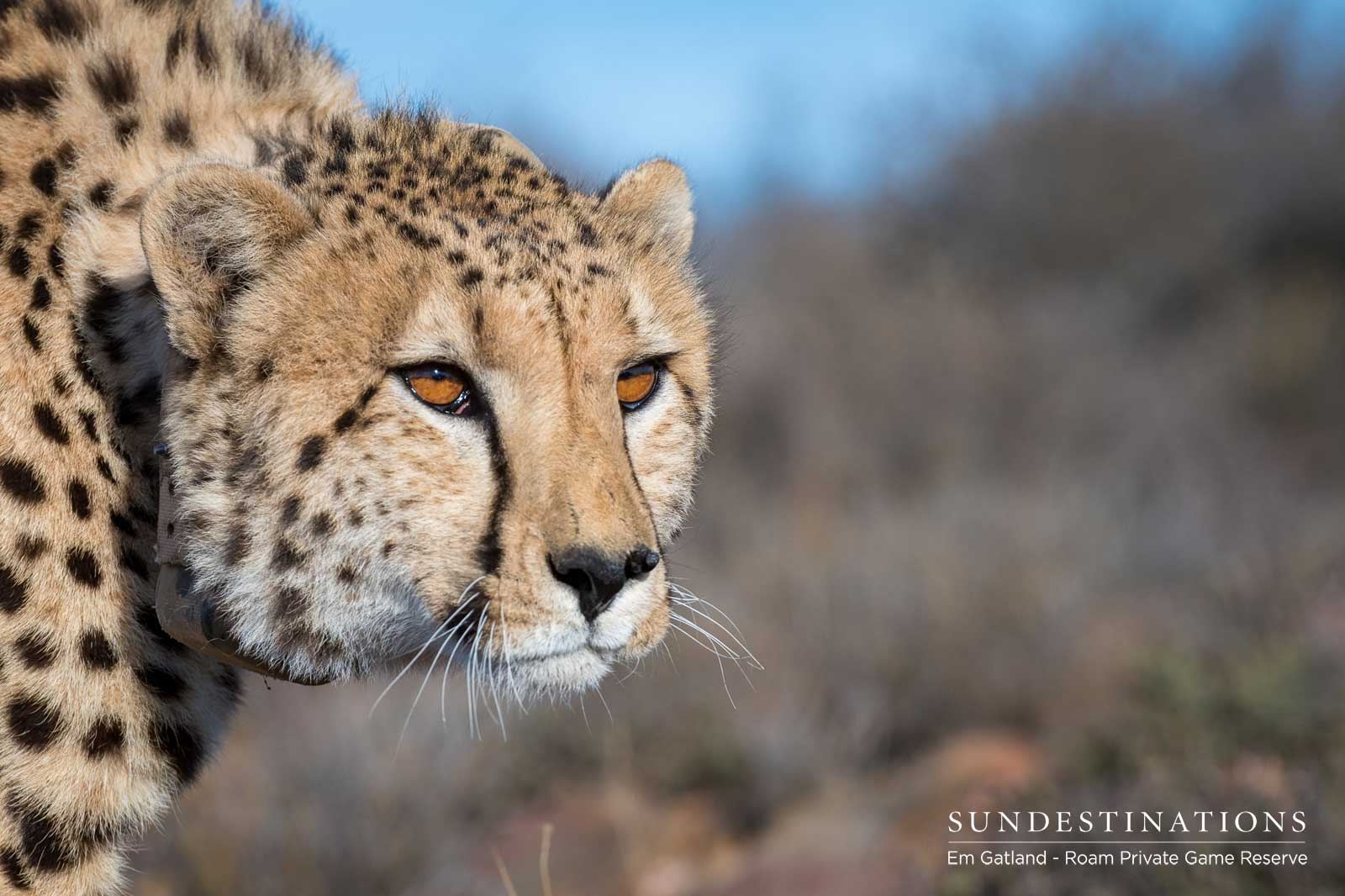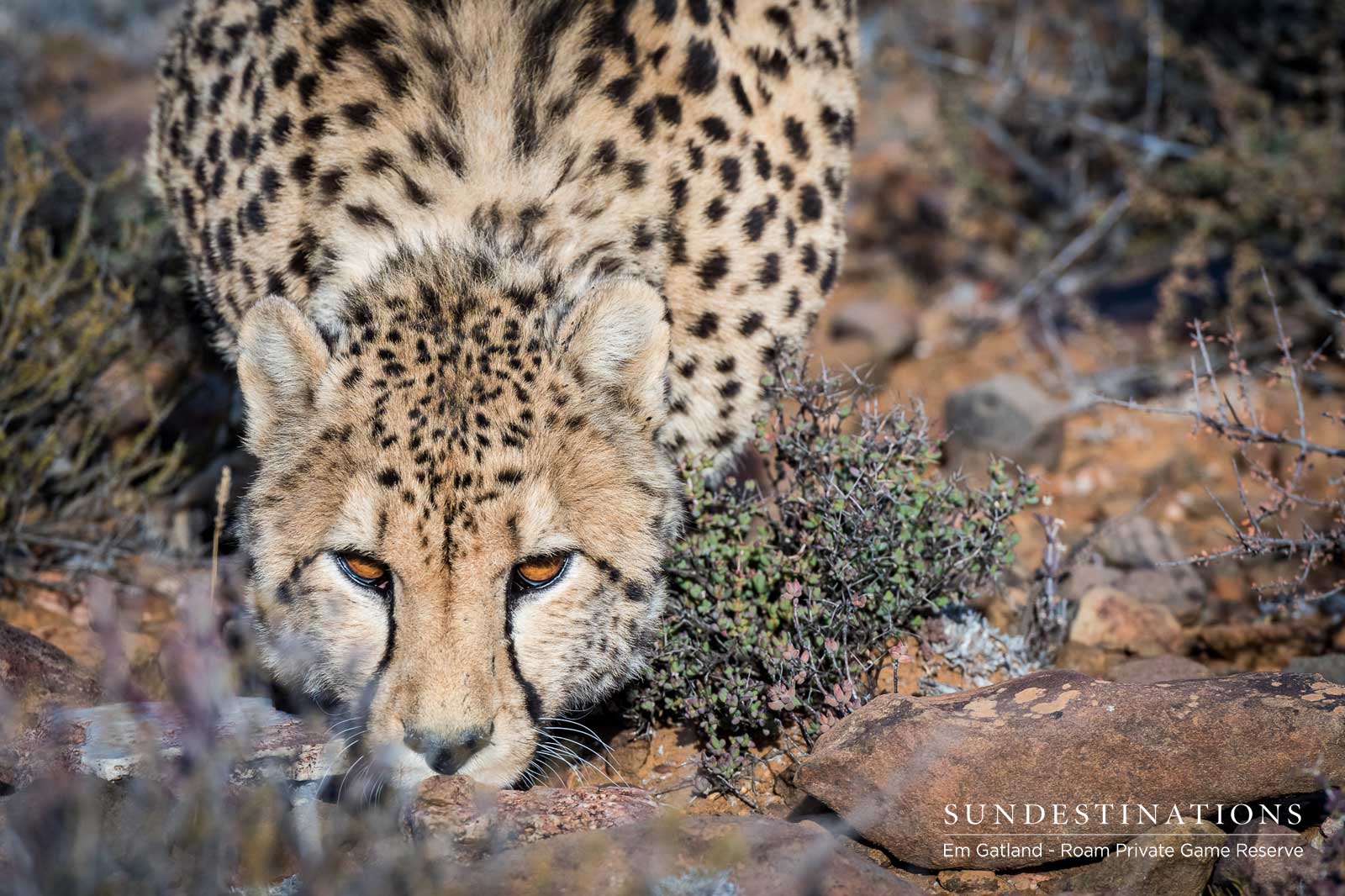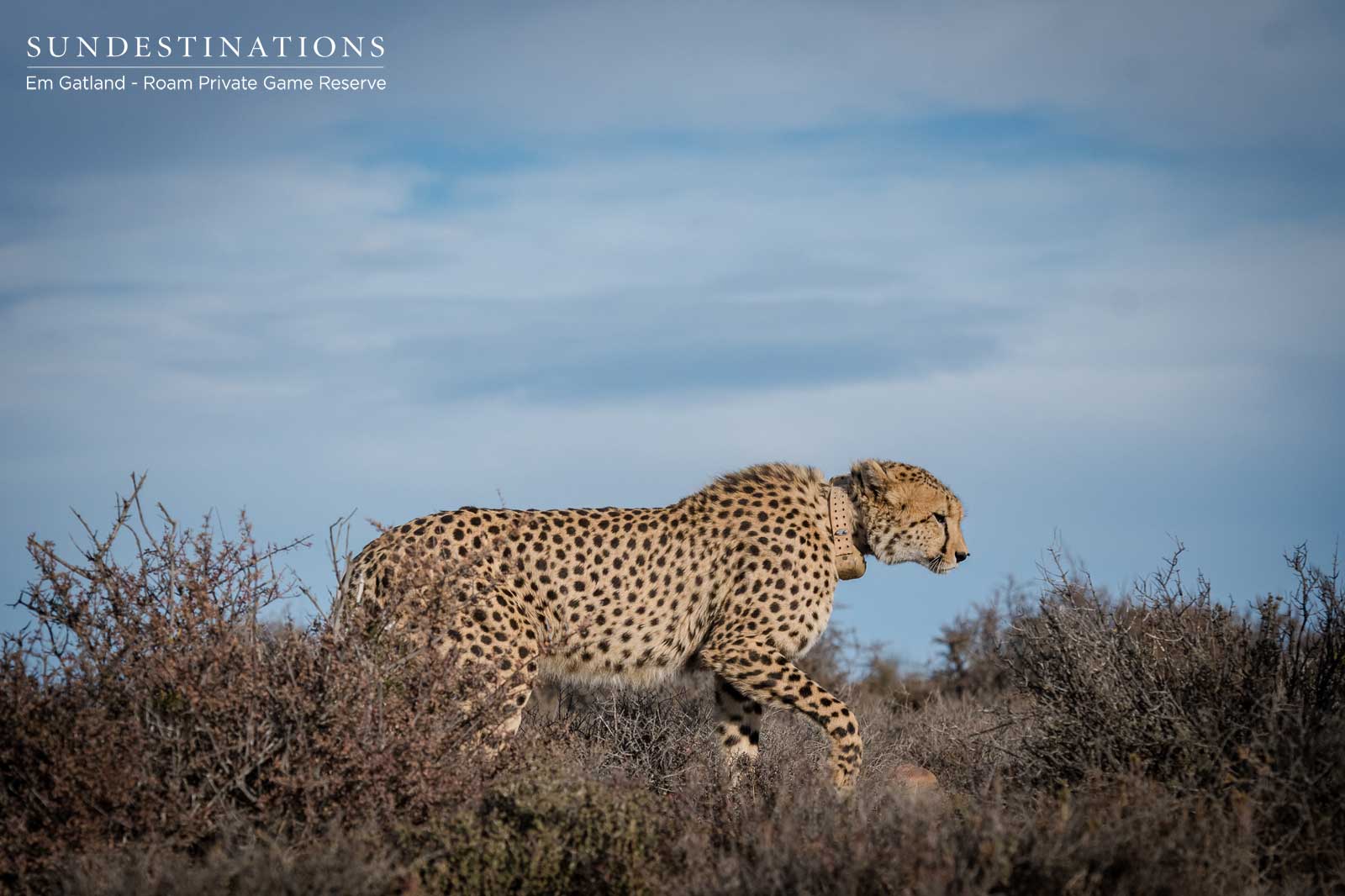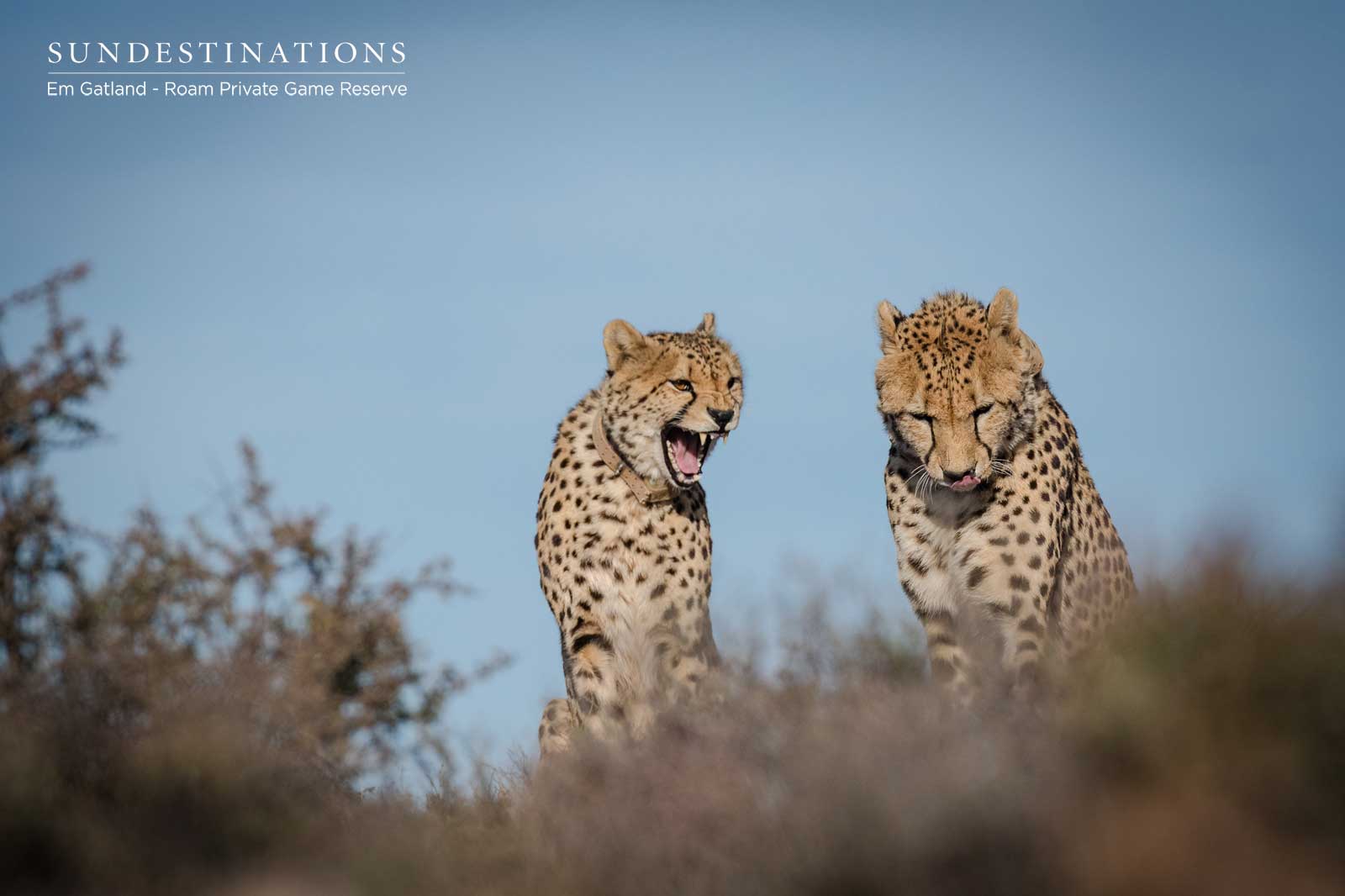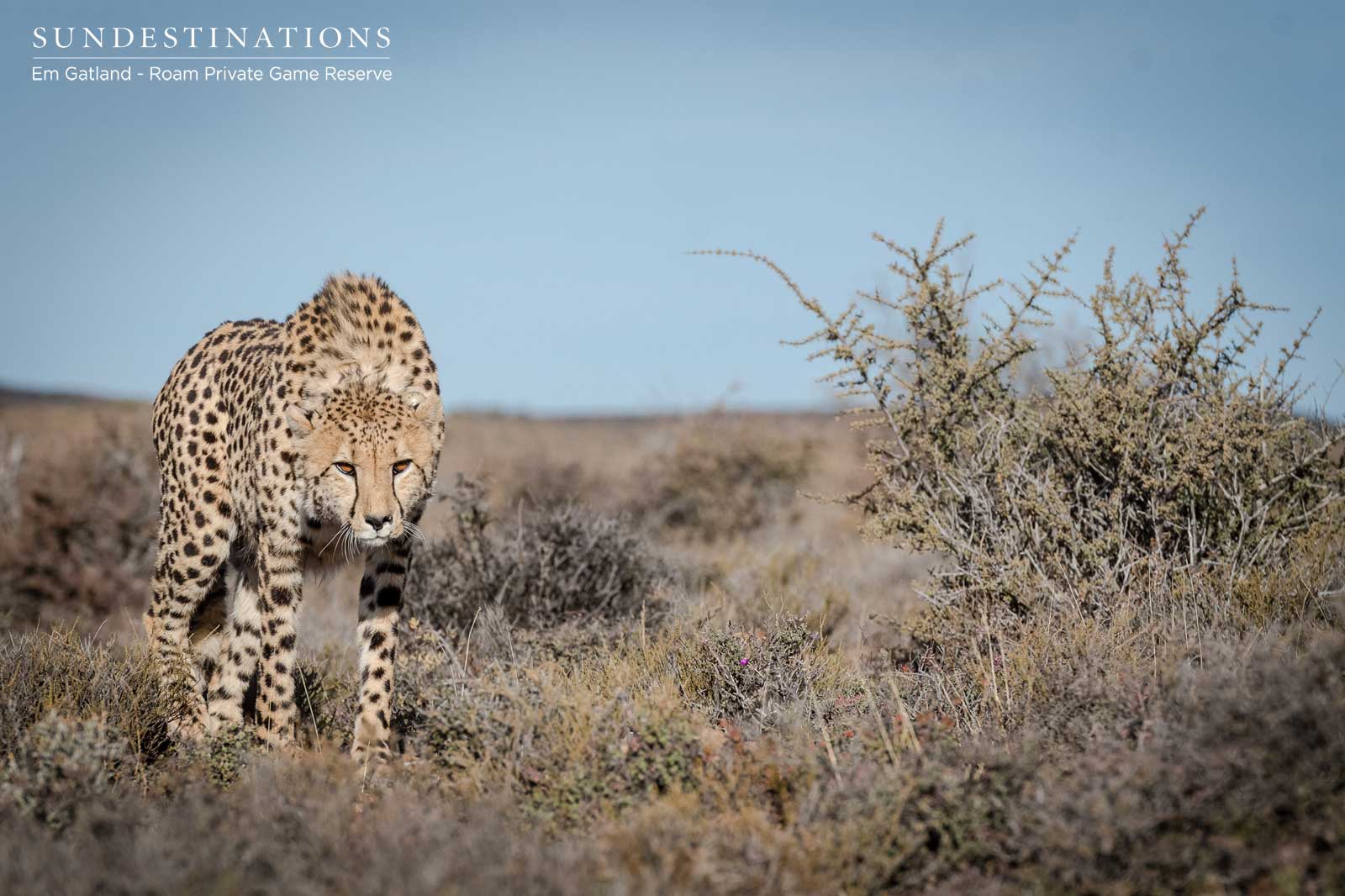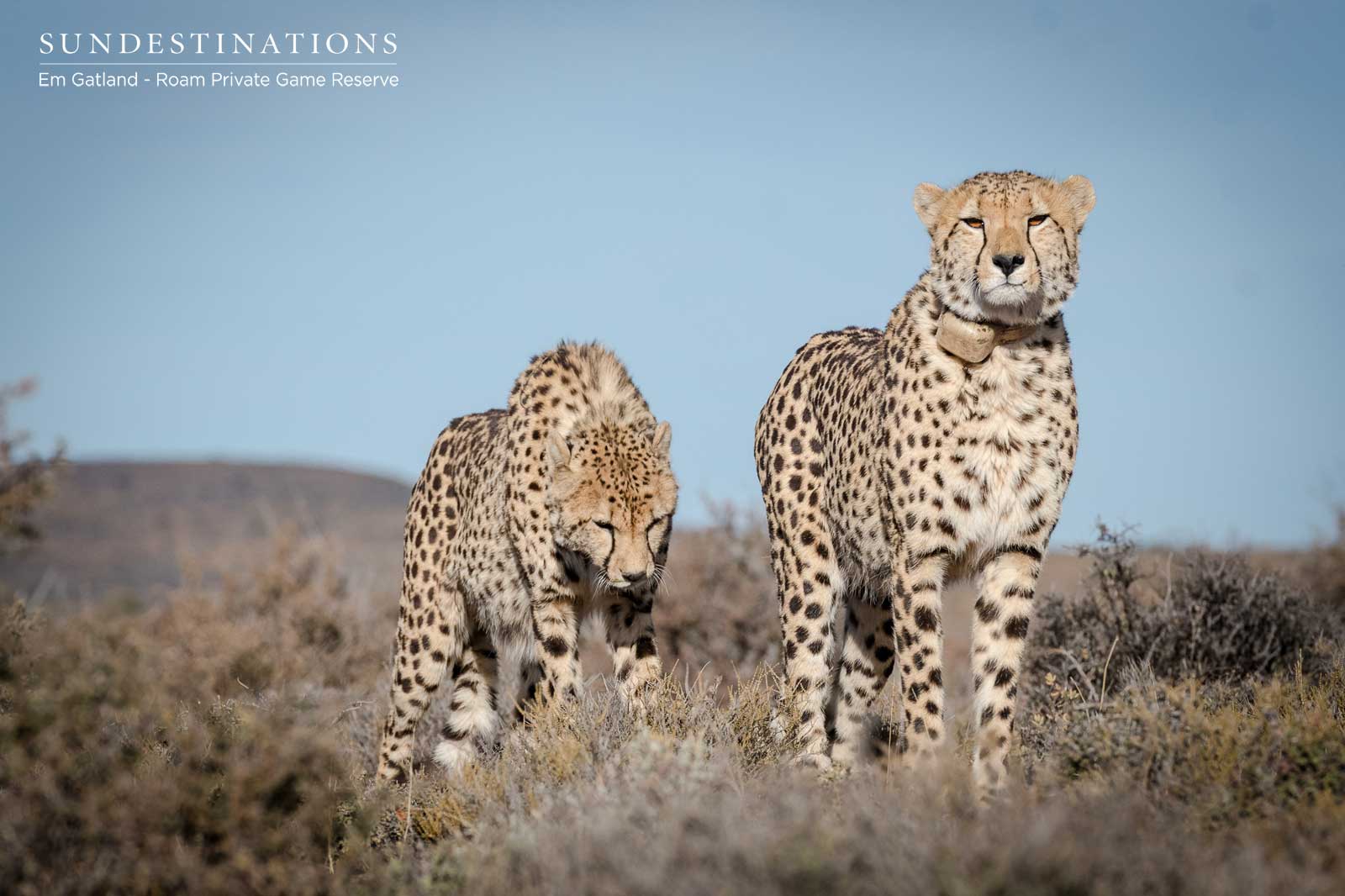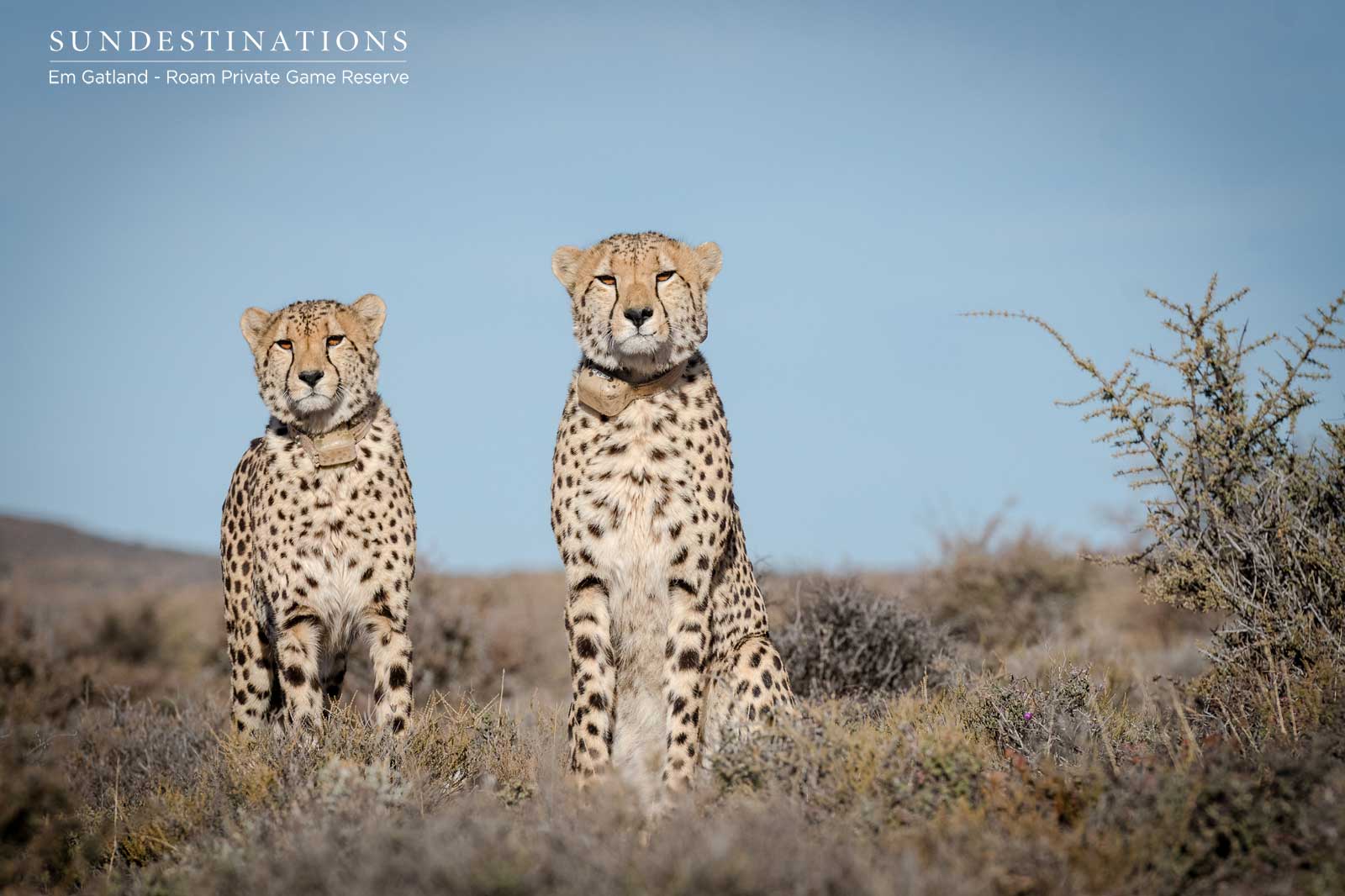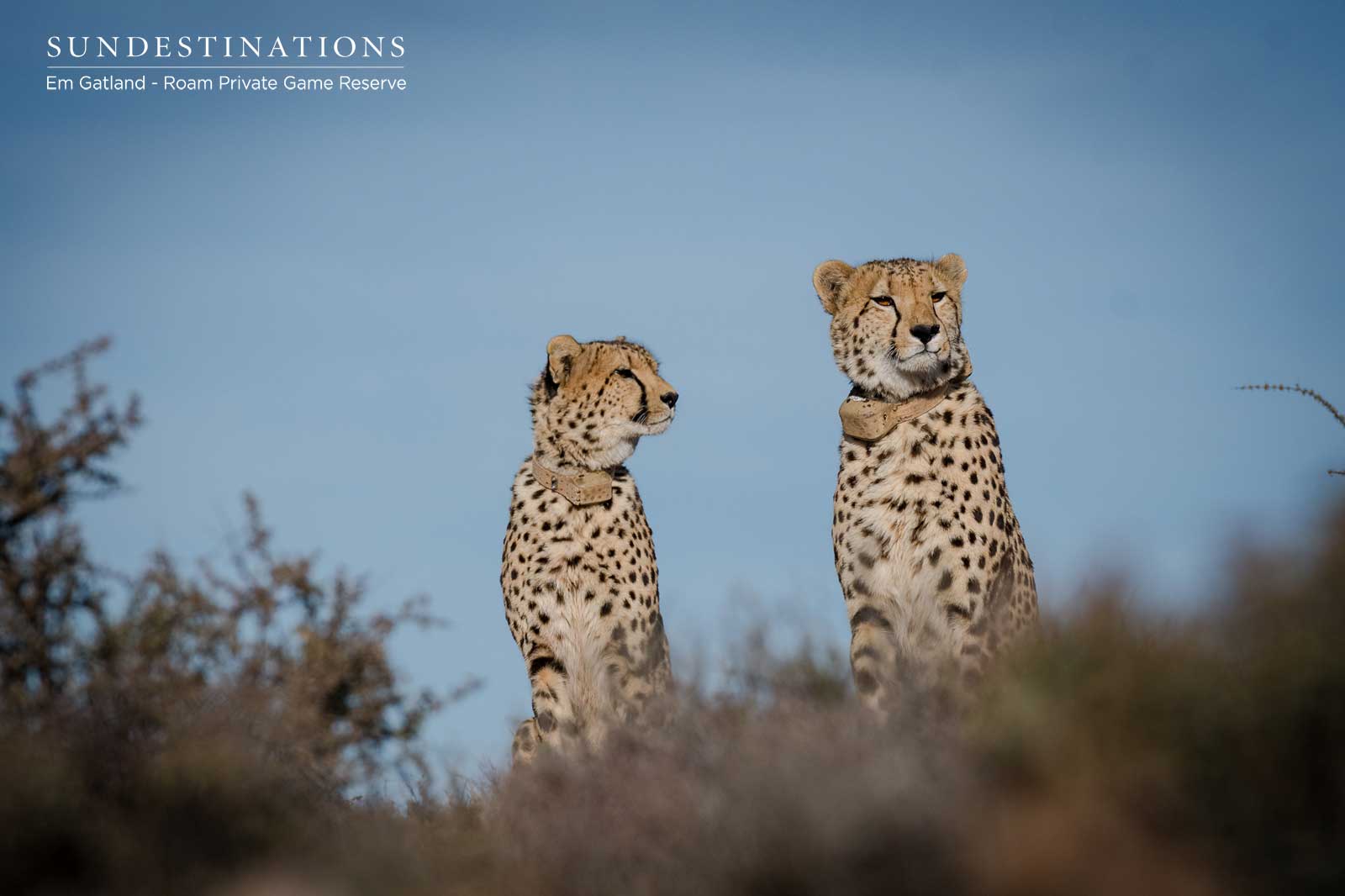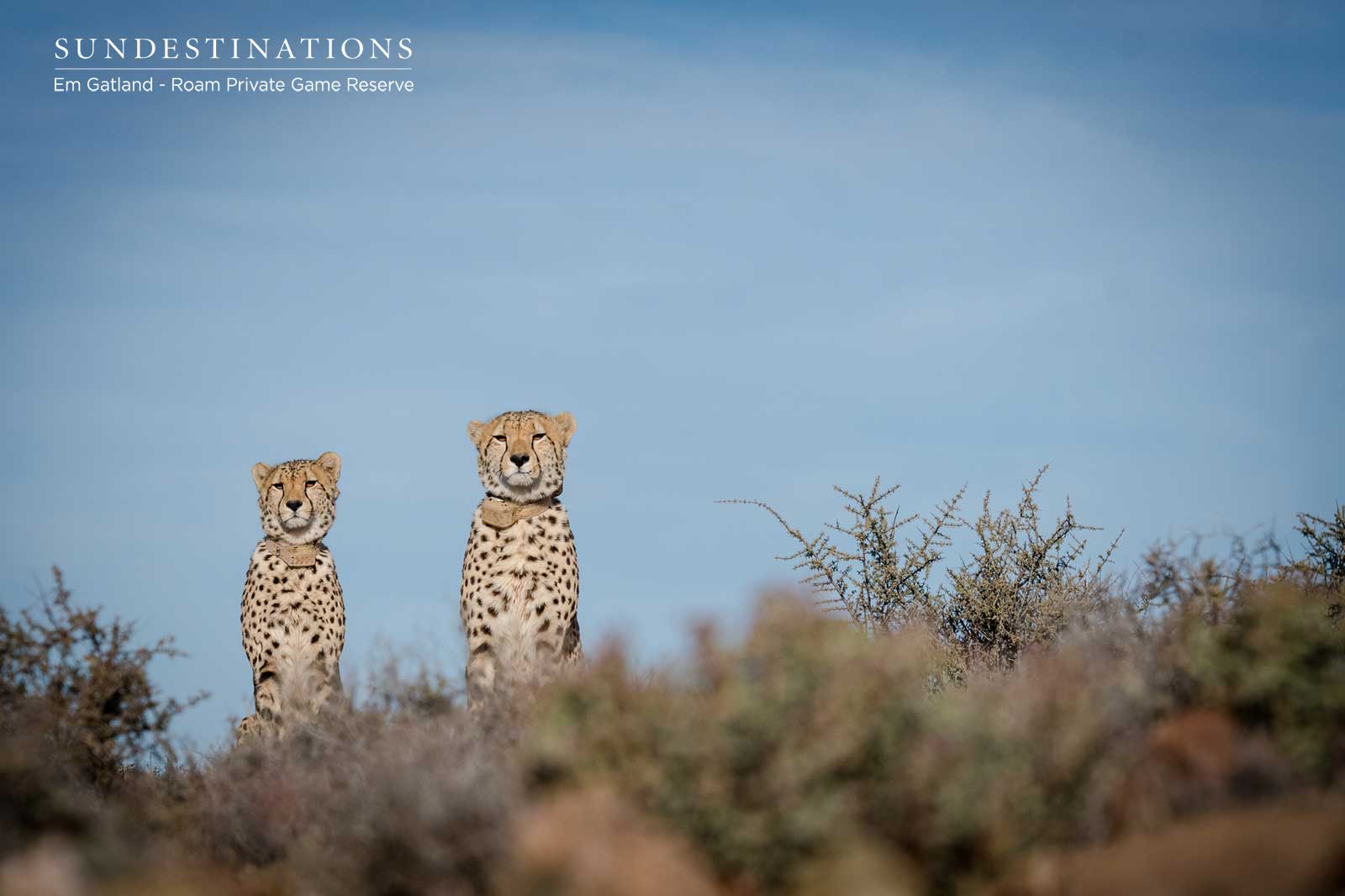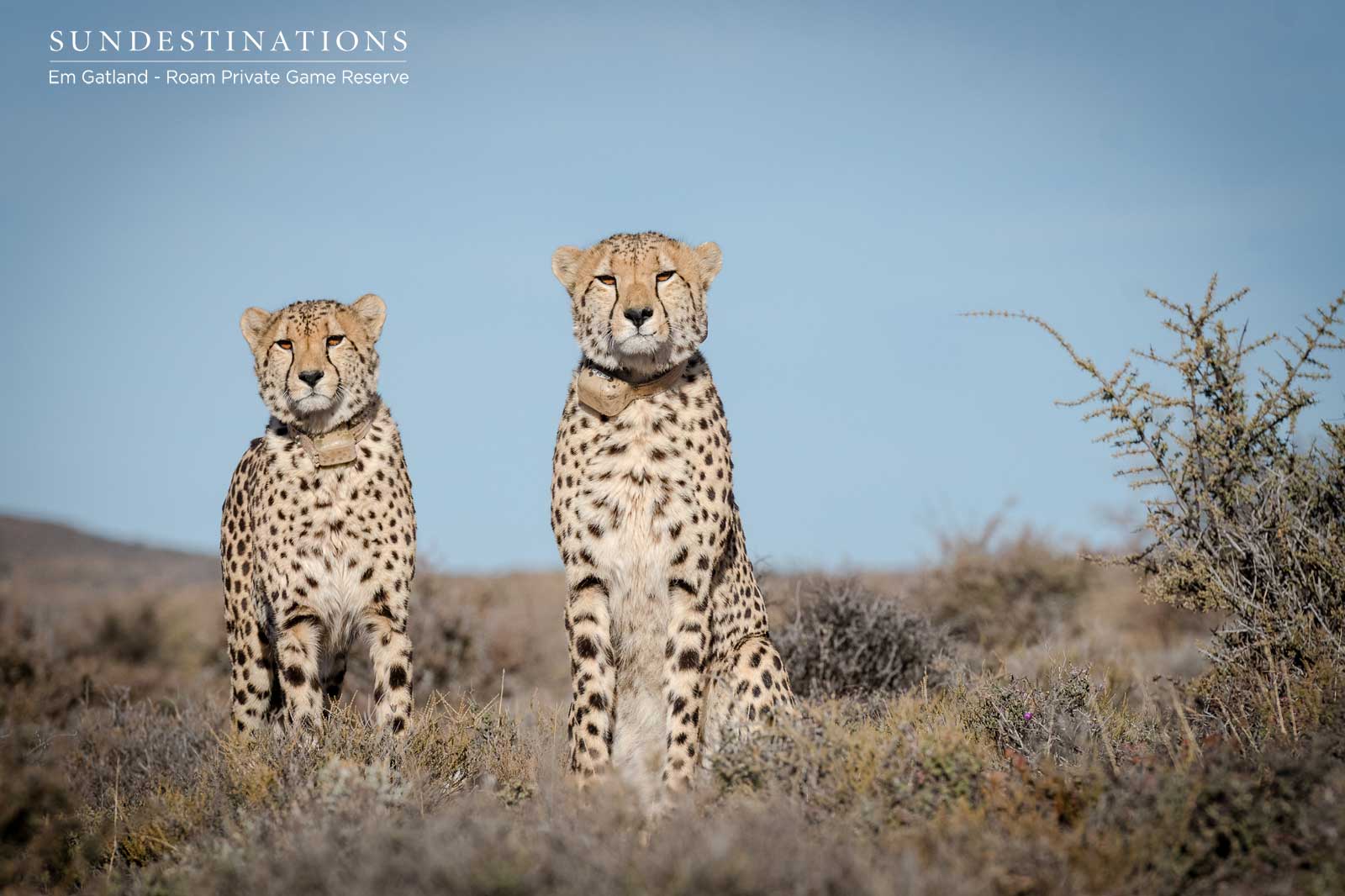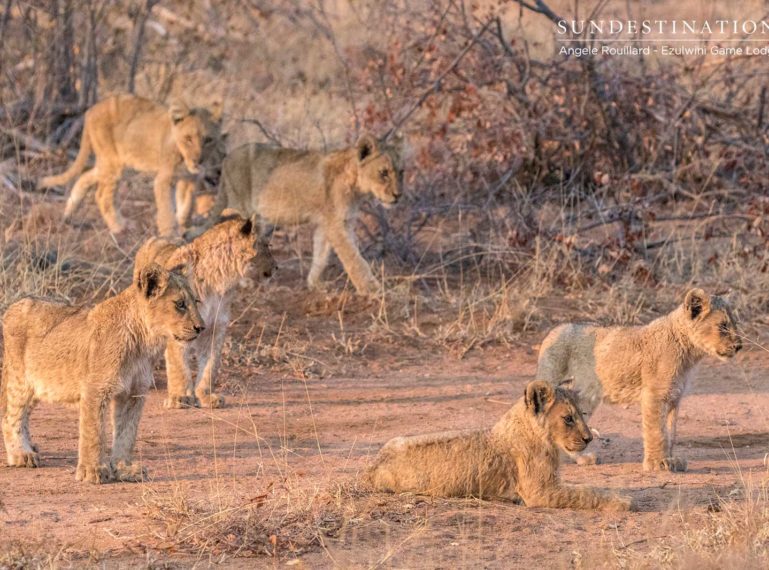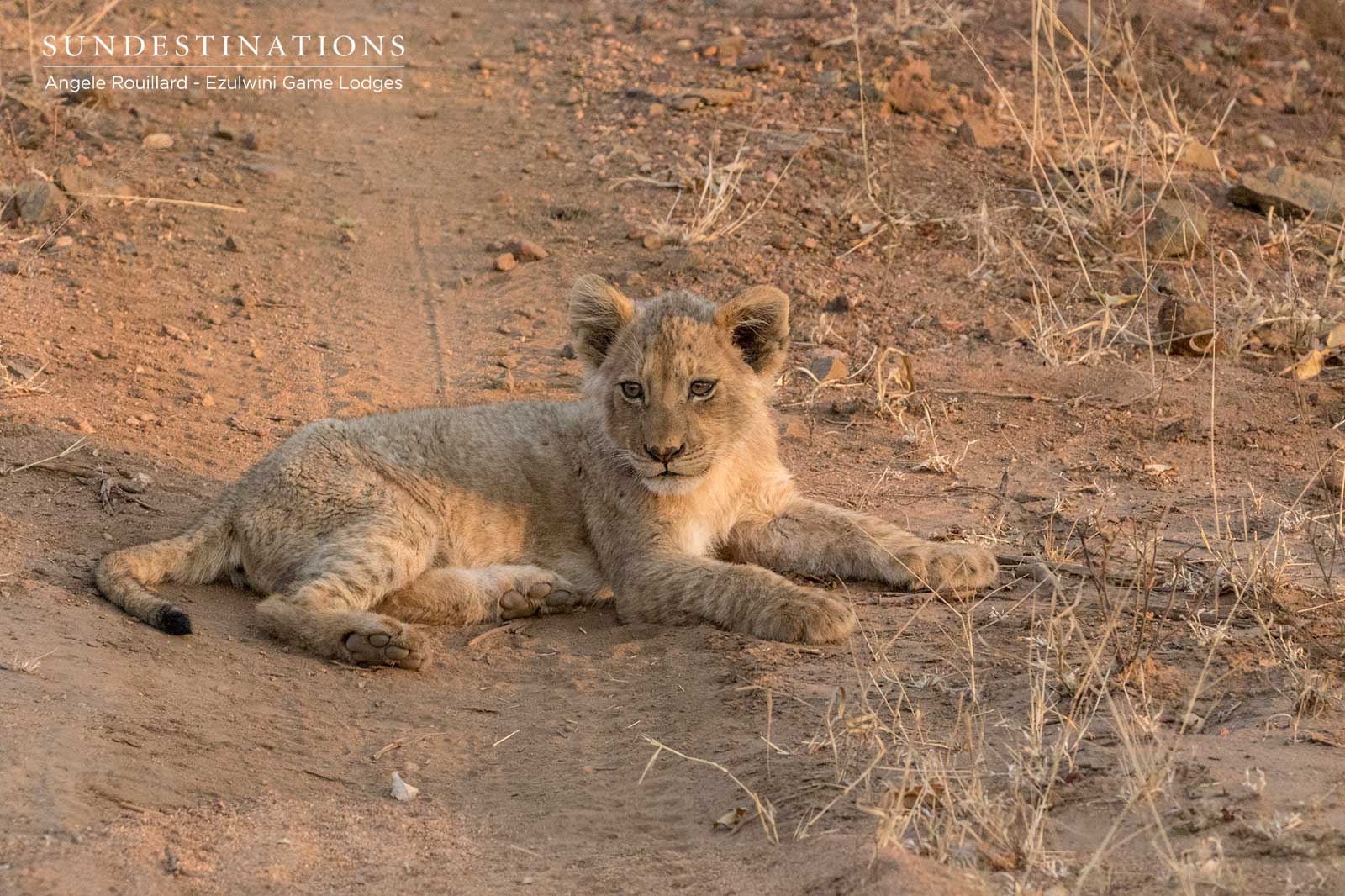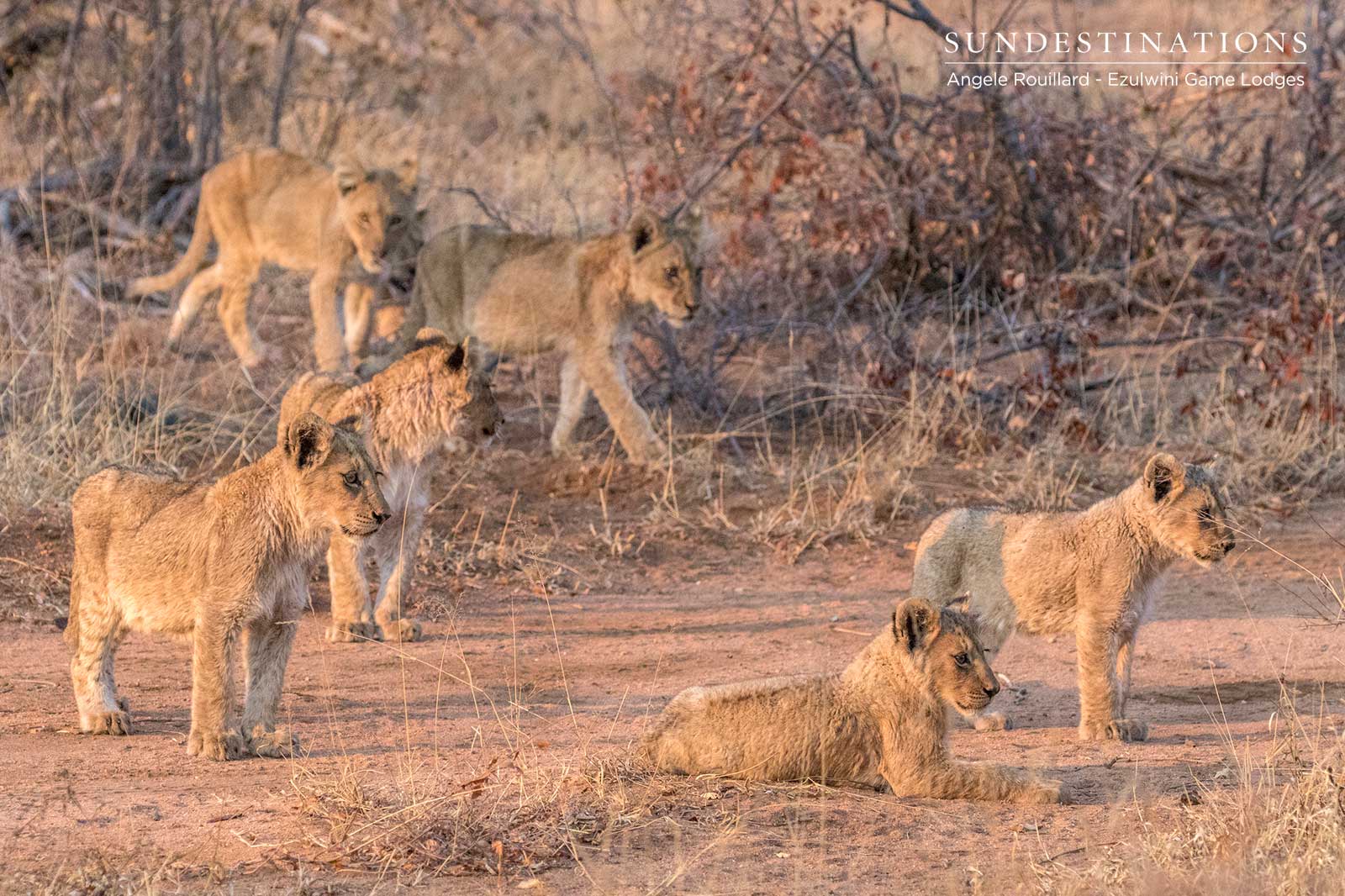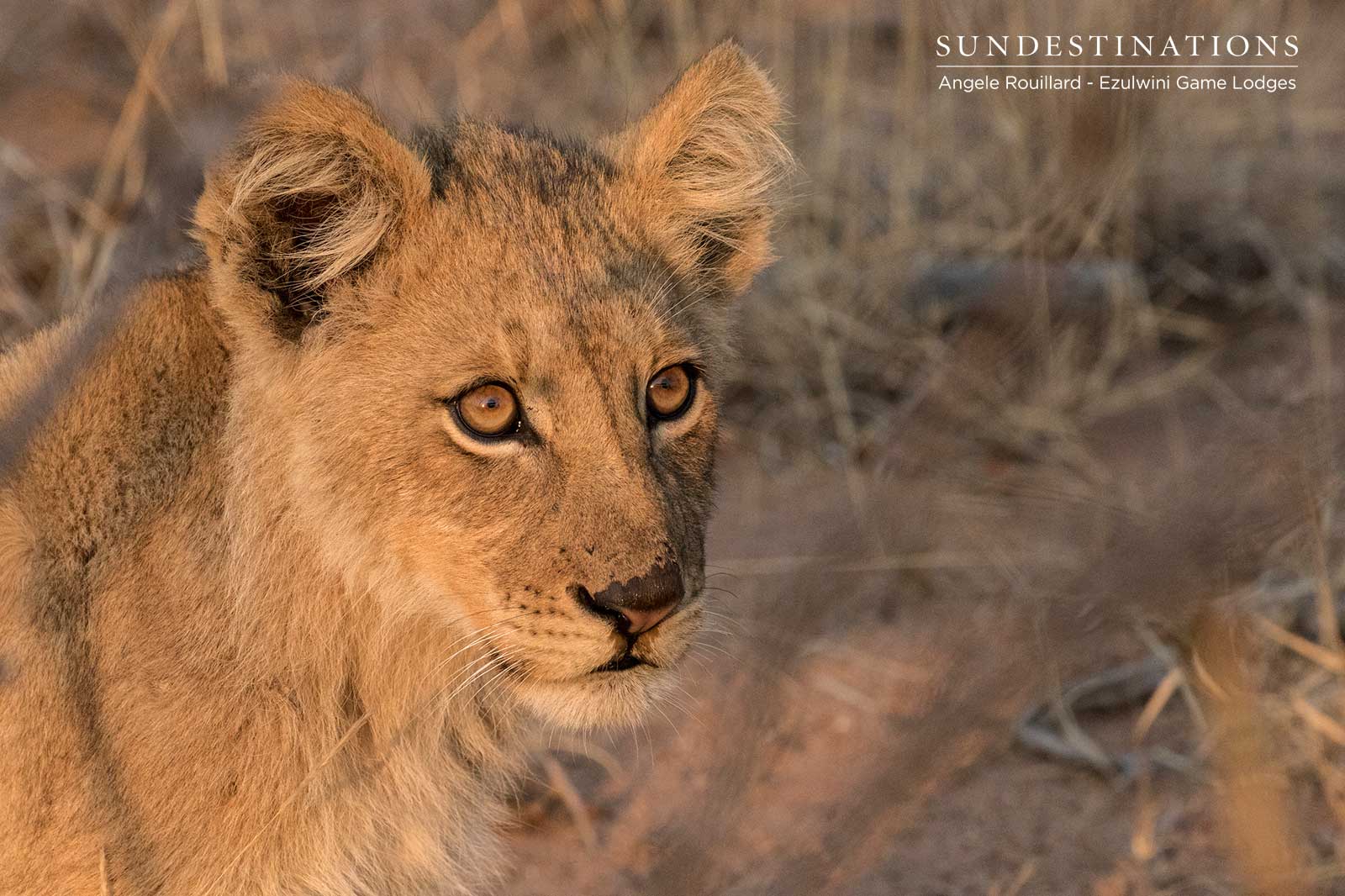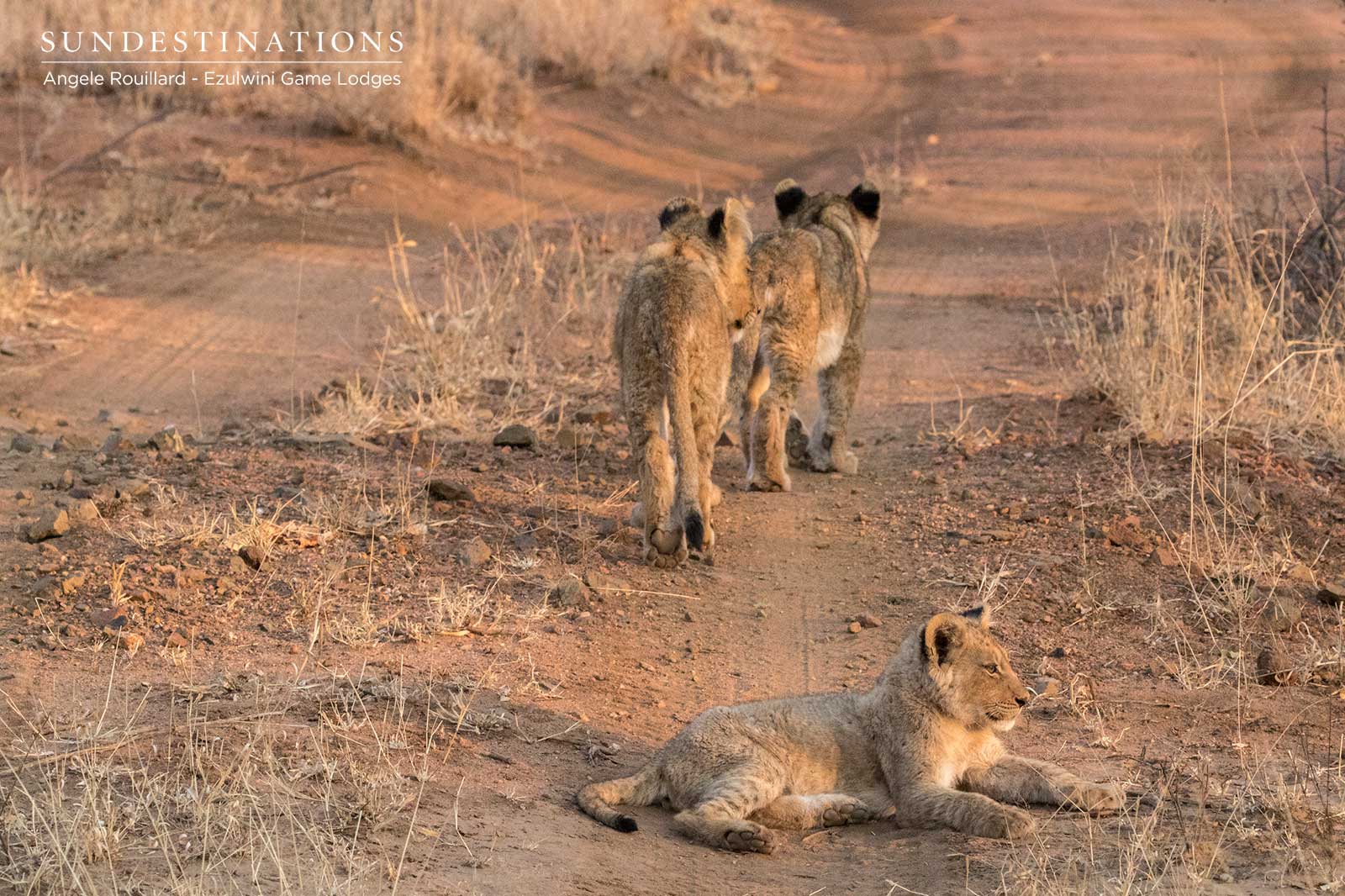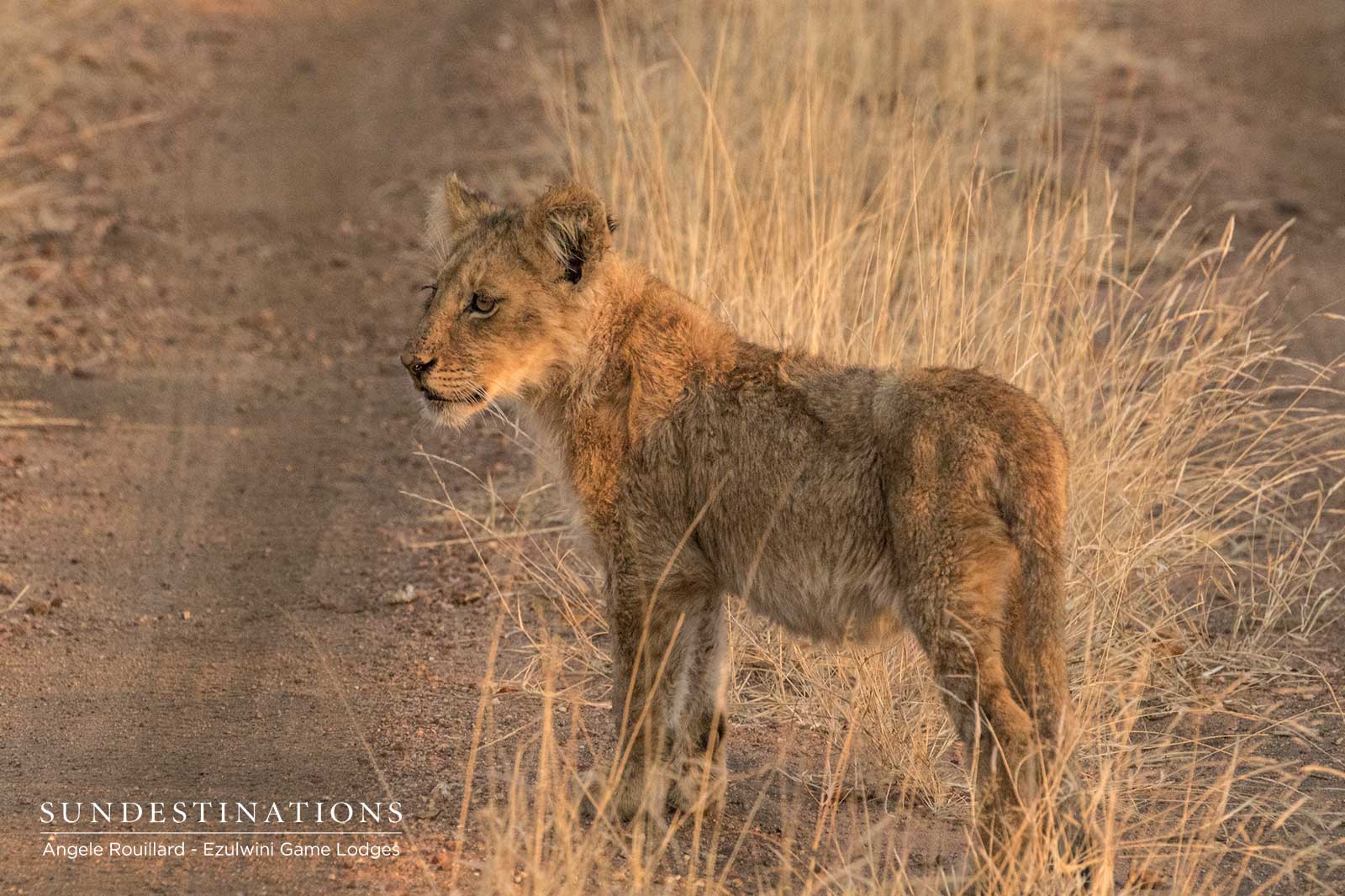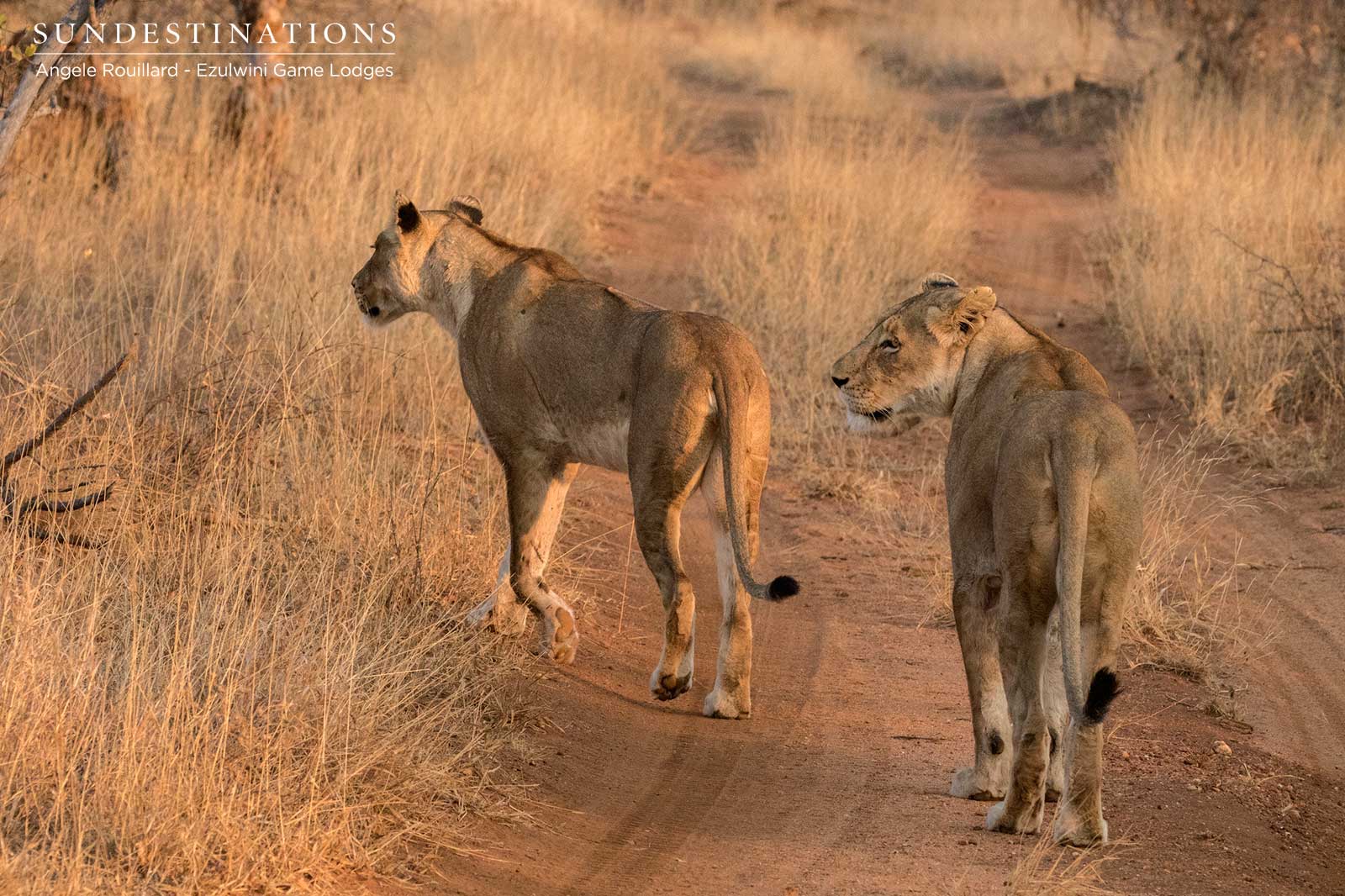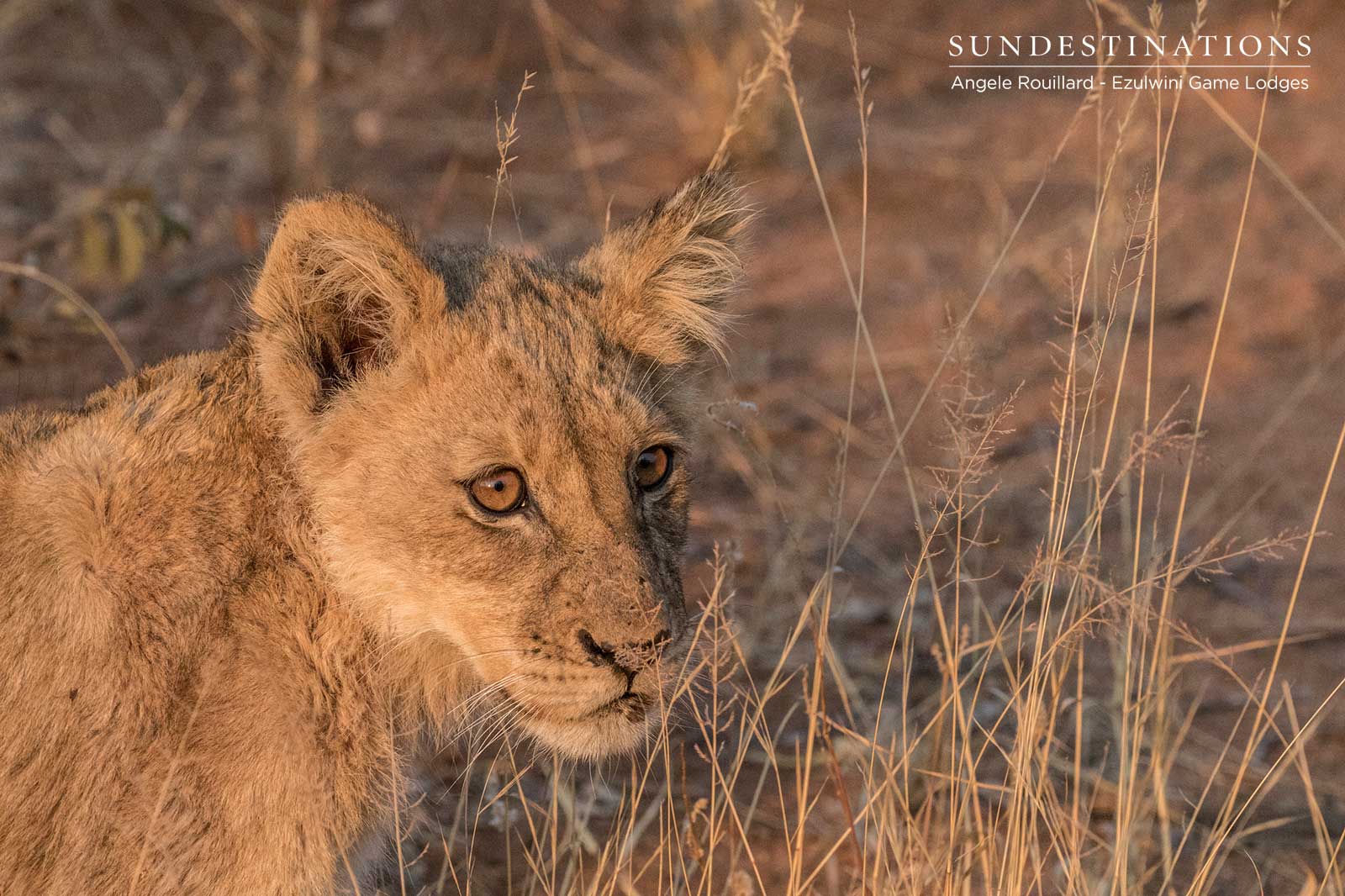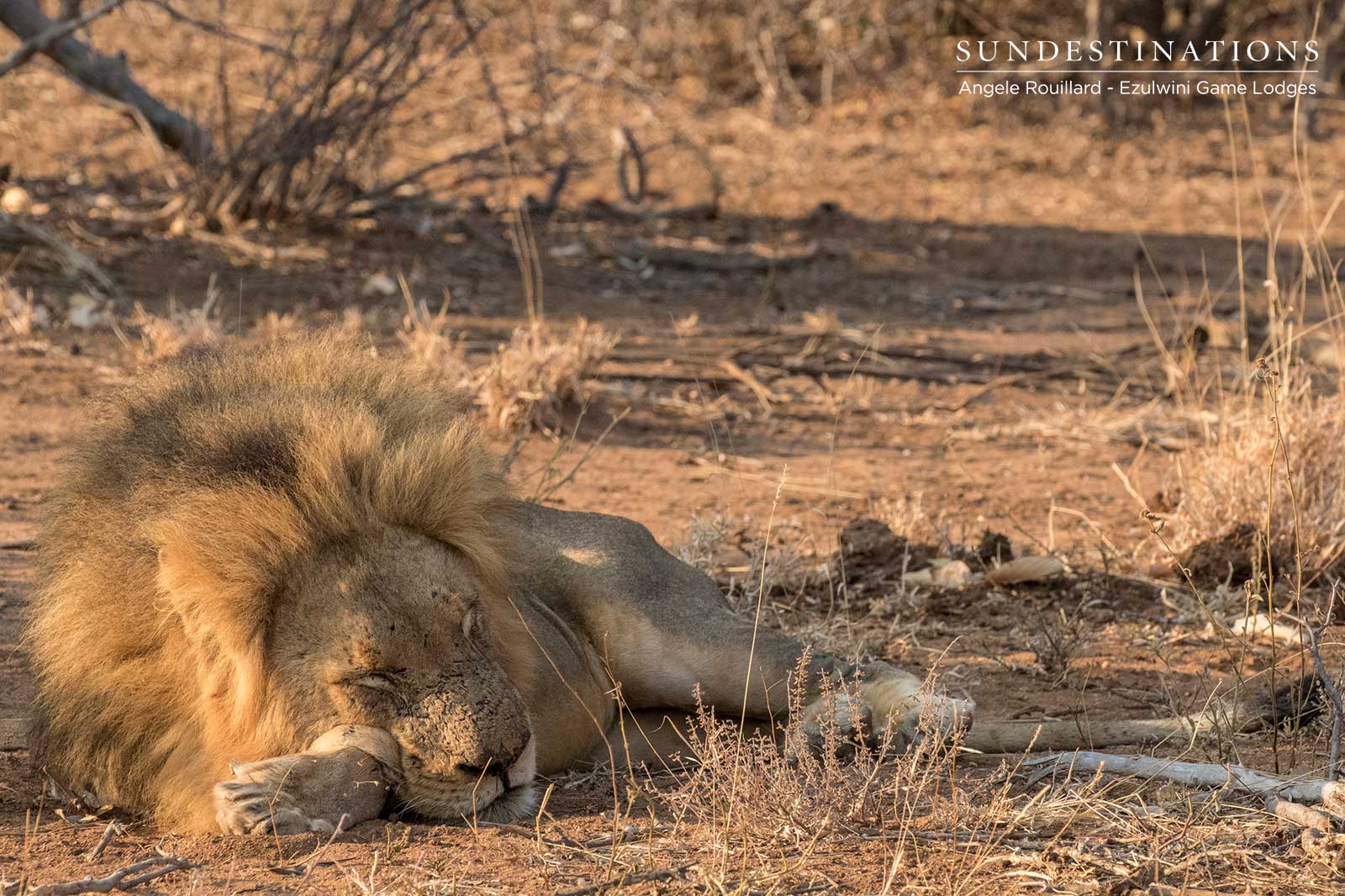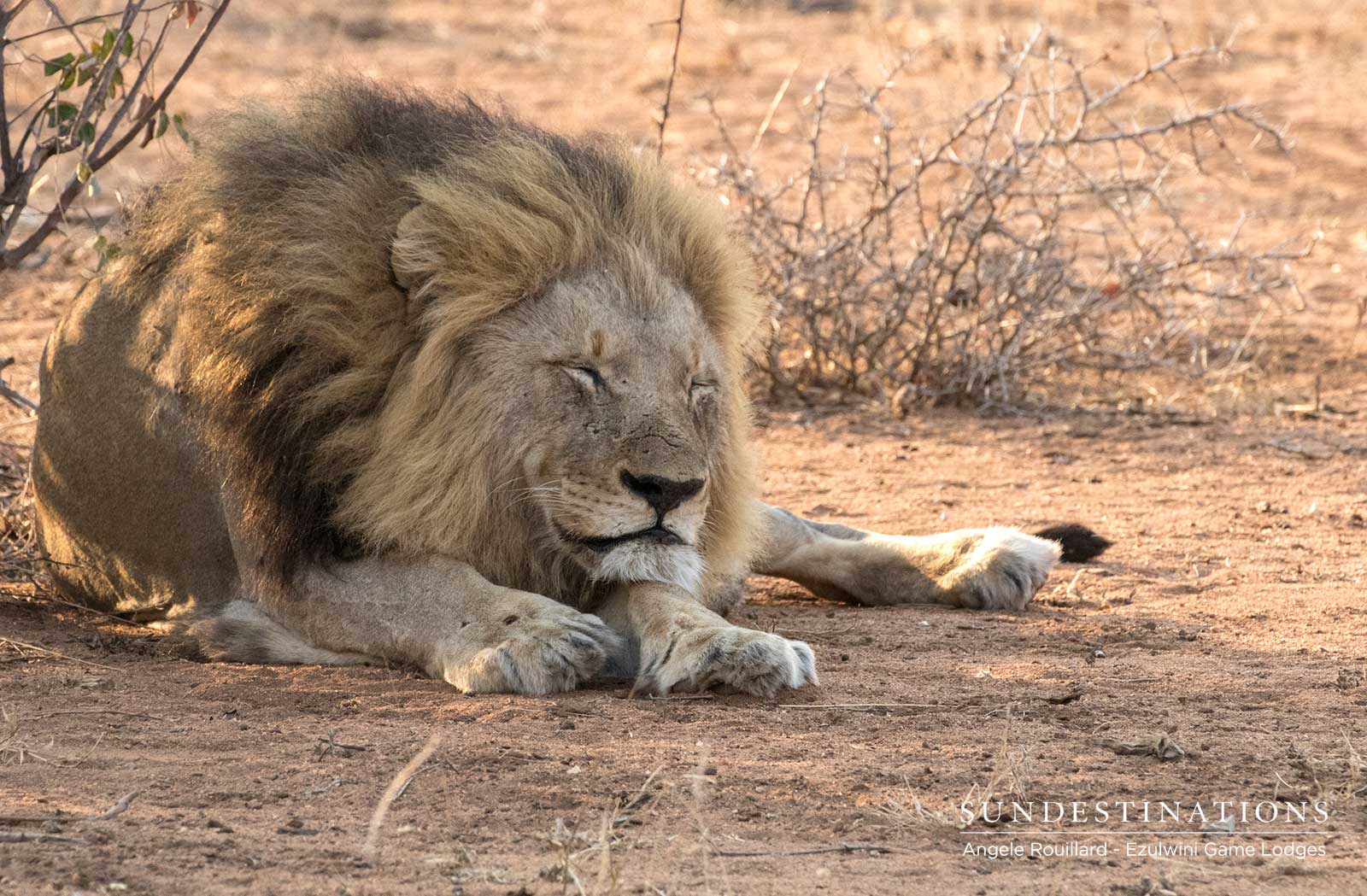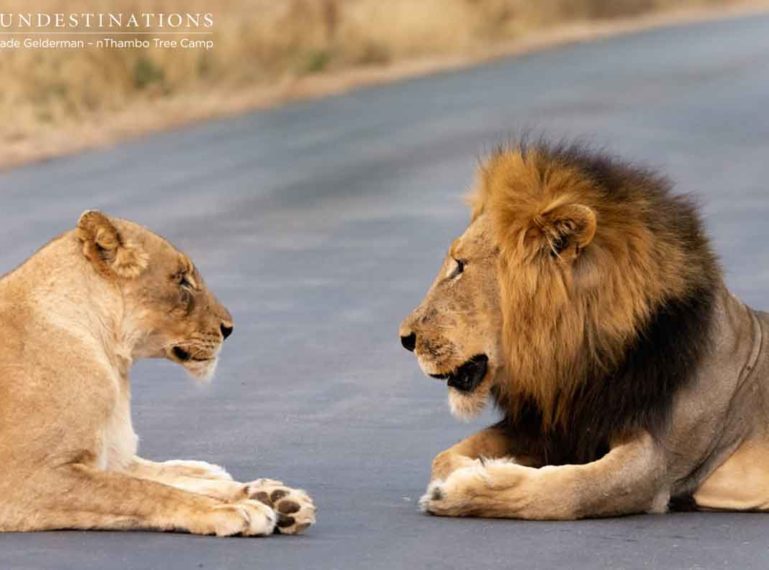
What’s Happening with the Lions of the Klaserie? A Lot. Here’s An Update.
When a pilot episode of a new series is aired we get sucked into the storyline and we’re often left angling for more. Pilot episodes are fleeting and they lull us into a false sense of security that episode 1 of the series will be released. Unfortunately, pilot episodes are fleeting and fickle. They’re full of false promises. They’re there the one minute and gone the next. When we watch pilot episodes we tend to identify with characters and mull over possible plot twists. Pilot episodes remind me of the recent lion pride dynamics in the Klaserie. Pilot episodes come and go, just like the lions of the Klaserie!
Recently we’ve seen a spike in the presence of new lions within the reserve. These lions reel you in, get you hooked and rarely return. We still have a few regular visitors and a couple of locals hanging about, but there are so many lions crossing over from the neighbouring reserves at the moment. There are a few repeat sightings of the Mbiris, Ross females and River Pride, but they tend to be unpredictable. The most recent sighting – and an exciting one – is that of the Black Dam male lion mating with one of the Ross Pride lionesses! So, how did we get to this major 2018 shift with the Panthera leos of the Klaserie? To answer that, we’d need to delve into a brief lion history of the Klaserie.
The Klaserie has always enjoyed a bounty of lion sightings. The turbulent history of the prides and coalitions within the reserve is well-documented. Over the past few years we enjoyed consistent sightings of the Trilogy, the Ross Pride Breakaway lionesses and the Ross Pride. The River Pride were also spotted, but only once in a blue moon. It was crystal clear which cats dominated the territory around nThambo Tree Camp and Africa on Foot, and these dominant powerhouses left little space to accommodate newcomers. They were guardians of the traverse, leaving no grass or shrub unmarked. Sightings were always somewhat predictable, but we all knew that when something is too stable in the world of lions, nature decides to rock the boat for dramatic effect.
Circa 2016 we began to see small but significant changes with sightings in the reserve, starting with the notorious Hercules Pride and the emergence of the brave Mbiri coalition. The ruthless Hercules Pride provided guests and guides with bit of action-packed drama on a regular basis. The Hercules Pride were mainly confined to the western border of the Africa on Foot traverse. They’re the type of lions that flew under the radar and attempted to remain as unnoticed as possible. These 2 adult females and her 4 youngsters proved themselves to be silent but violent lions, and showed their ruthless ways when they killed off the Ross Pride Breakaway’s young cubs. These beasts would happily ward off any lion laying claim to their small pocket of bushveld and even took to beating up the Ross Pride Breakaways, leaving them humiliated and battle-scarred.
However, despite the war zone area, the Ross Breakaways remained strong on their territory. During this period of time we also had the appearance of Mabande, the Mapoza males, and the lone Sumatra male. They all enjoyed a few mating sessions with the Ross Pride ladies, and a few of them tested the territory of the Trilogy kings; but the Trilogy boys always emerged victorious.
The arrival of the Mbiri male coalition wreaked havoc. The boys sauntered across from the Manyaleti Game Reserve and made it clear that it was their time to shine. They became involved in a few scuffles with the Trilogy and sent them on their way with a few physical scars and wounded pride. The Mbiris proved to be a forthright force and ensured the Trilogy had major competition on their hands. They were the brave imposters seeking to take over the Trilogy’s coalition and posed a massive threat to this king-like Trilogy and their dynasty. This was the period of time we bore witness to scuffles and showdowns between the Trilogy and Mbiris. The Mbiris began mating with the younger Ross females on a regular basis, attempting to spread their warrior genes across the Klaserie.
At this stage, the Ross Pride Breakaways were still around, cruising the ‘veld like the old ladies protecting their habitat. The Trilogy would lie low for a while and then make a revengeful return, ensuring their kingdom was not overthrown.
Fast forward to this year. Things changed, and drastically so. The legends died and disappeared, carving the way for new blood and potential kings to lord over females. All of a sudden there was a blank canvas of bushveld needing to be conquered. The most common sightings are that of the Mbiri boys, but they tend to spend a lot of time over in the neighbouring Timbavati. The Ross females are also spotted regularly and there seems to be an increase in activity of the River Pride at the moment. There are the odd sightings of the Hercules Pride, and then a few unknowns filtering through and contact calling at night.
The most recent lion sighting deserves a mention because it offered up a few consecutive days of epic feline moments. We spoke to Chade who told us that the Black Dam male from a neighbouring reserve missioned into the Klaserie for a few mating sessions with one of the Ross Pride lionesses. Guests were lucky enough to see this brute of a lion enjoying a few trysts with the Ross females. It seems that regularly spotted males and newcomers to the reserve try to establish territory by mating with the Ross lionesses! Chade also alerted us to another appearance of a few pilot-episode-lions comprising 5 males and 4 females that often move in and out of Africa on Foot territory. Do we know who they are? No, not at this stage!
Will we see a permanent series of lions, or will we get hooked on hundreds of pilots? Which lions will create a legacy and stake claim to a kingdom? 2018 is certainly a unique year in terms of Klaserie lion pride dynamics in 2018!
